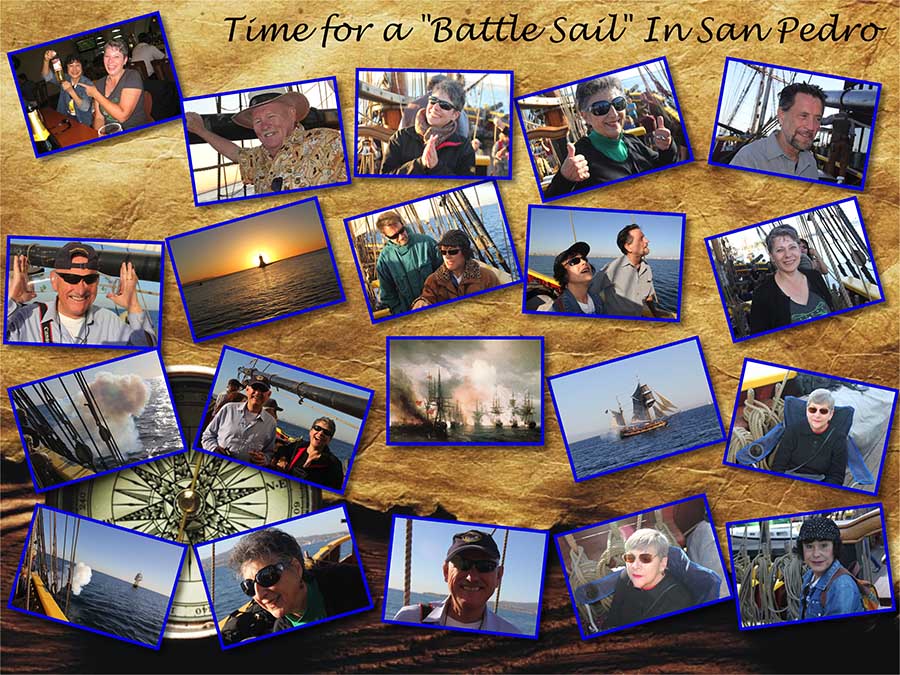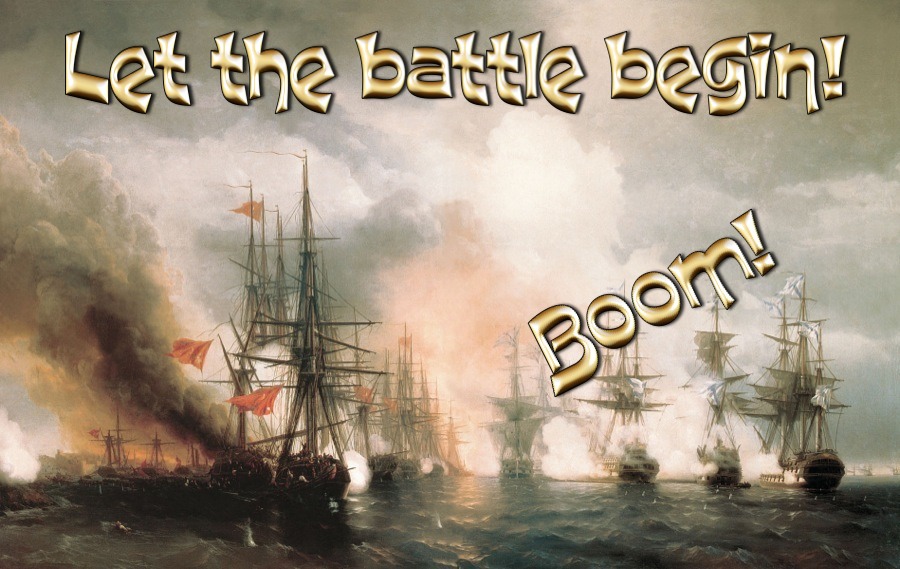12/29/2013 Battle Sail?
The Grays Harbor Historical Seaport Authority, is a 501 (c)(3) educational non-profit public development authority based in Aberdeen, Wash. They bring maritime history to life aboard our two tall ships, Lady Washington and Hawaiian Chieftain.
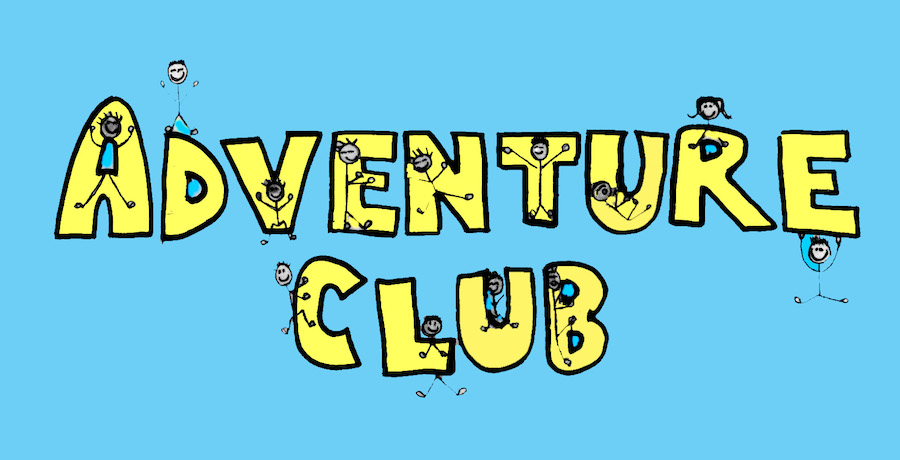
That's us!!
First Stop... Old Ranch!
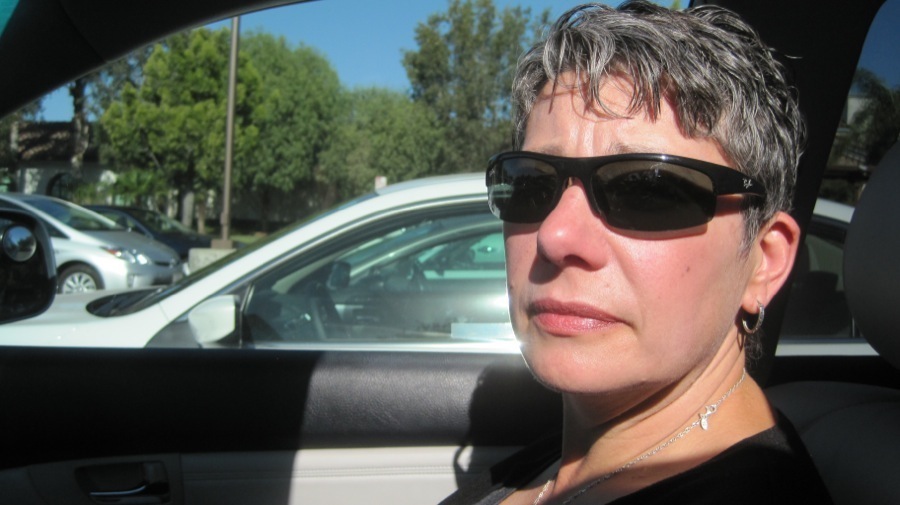
"We have arrived! (Courtesy Of Hans)

It's a beautiful day
(Courtesy of Hans)
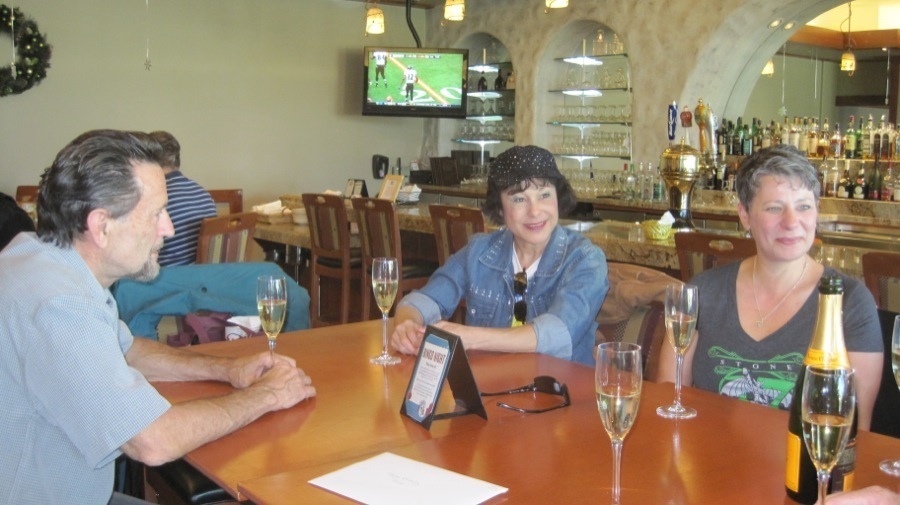
A bottle of champage begins the adventure (Courtesy of Hans)
Off To Ports O'Call In San Pedro Harbor
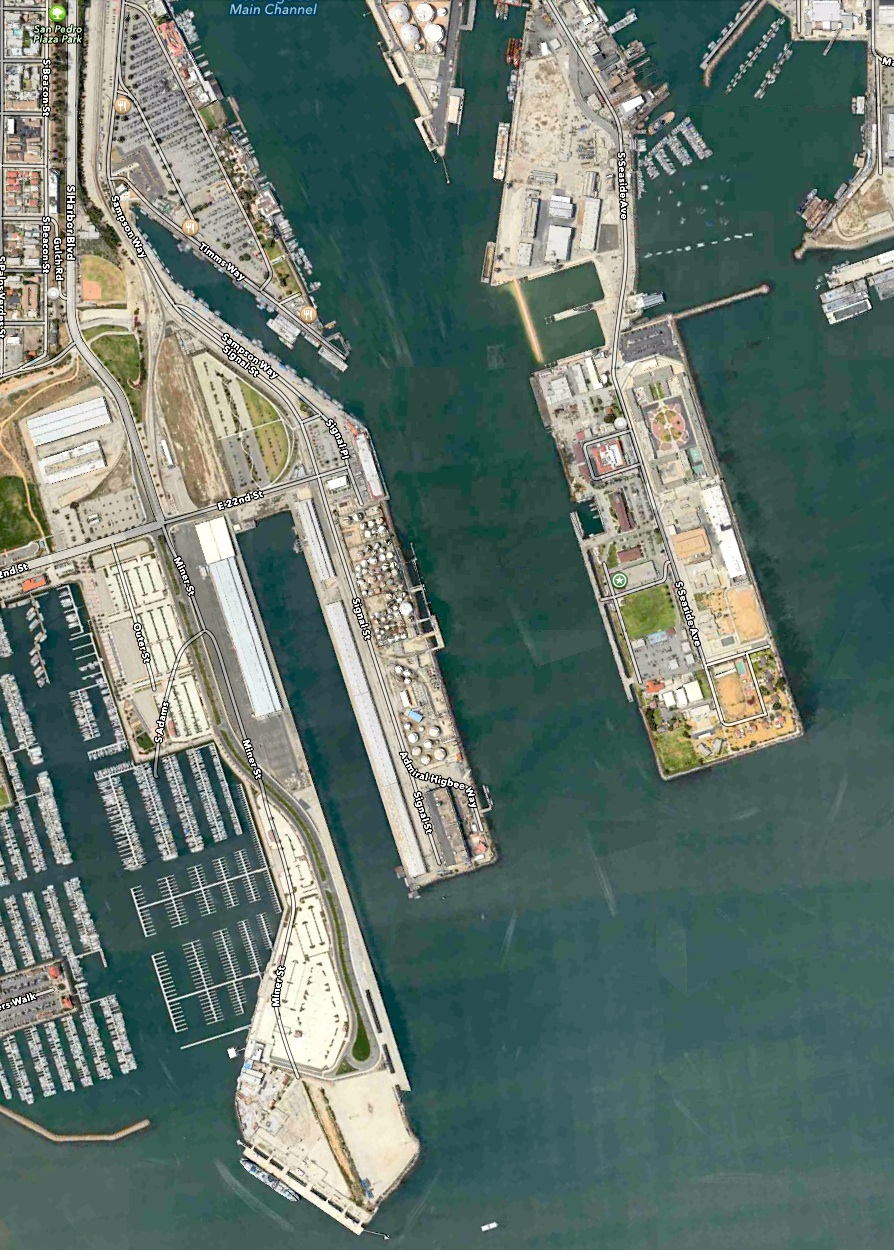
We sailed from Ports O'Call out into the open ocean (beyond the breakwater)
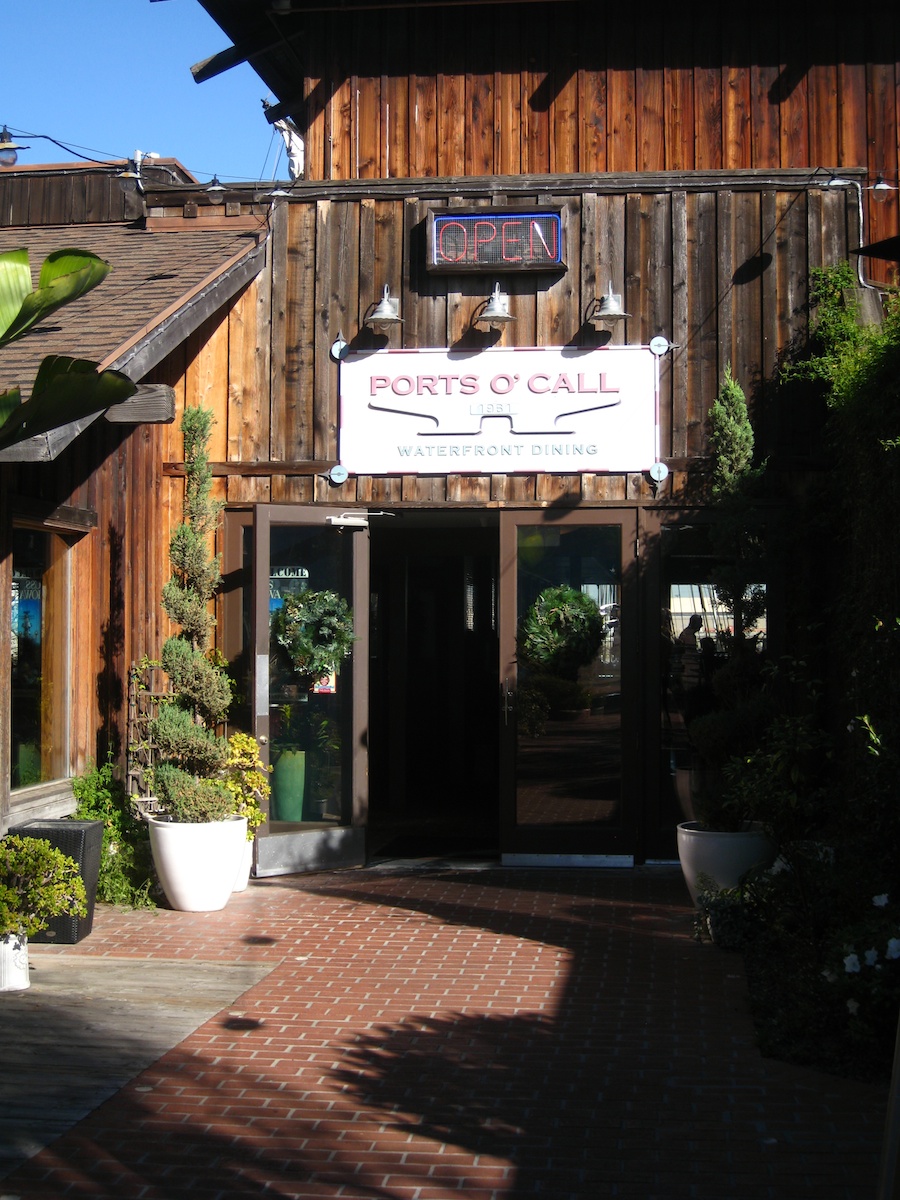
A drinkie at Ports O'Call
Did You Know? - Los Angeles’ New England fishing village since 1963, Ports O’ Call Village, located along the Port of Los Angeles' Main Channel in San Pedro, is a unique seaside plaza that features souvenir and gift shops, along with popular and one-of-a-kind restaurants, tempting sweetshops, fish markets and quick-bite eateries. In front of the village’s namesake Ports O’ Call Restaurant stands a statue modeled after the famous “Gorton’s Fisherman” in Gloucester, Mass.
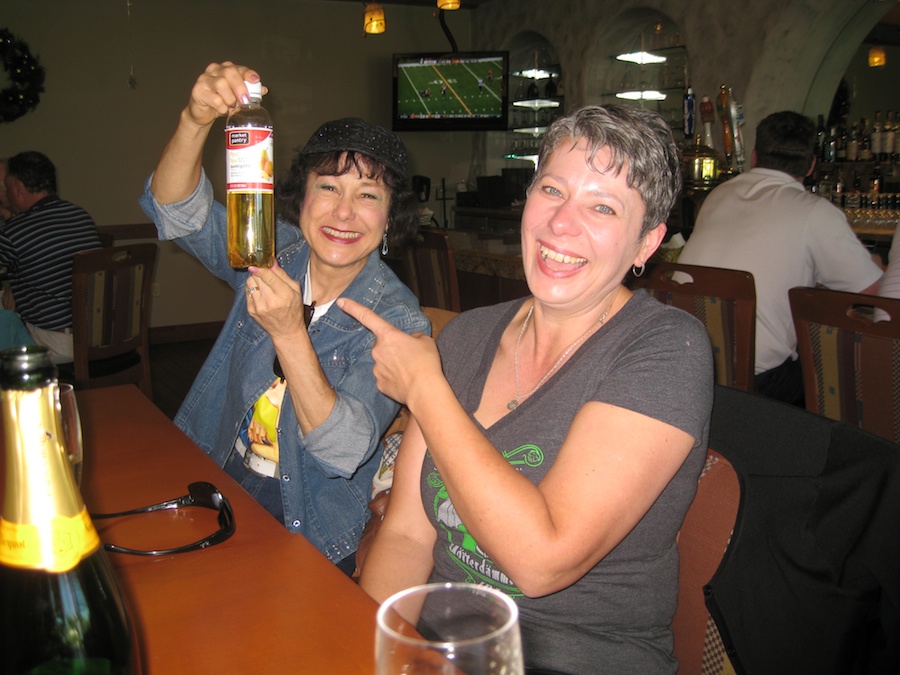
Donna shows her emergency kit to be used on the battle sail only!
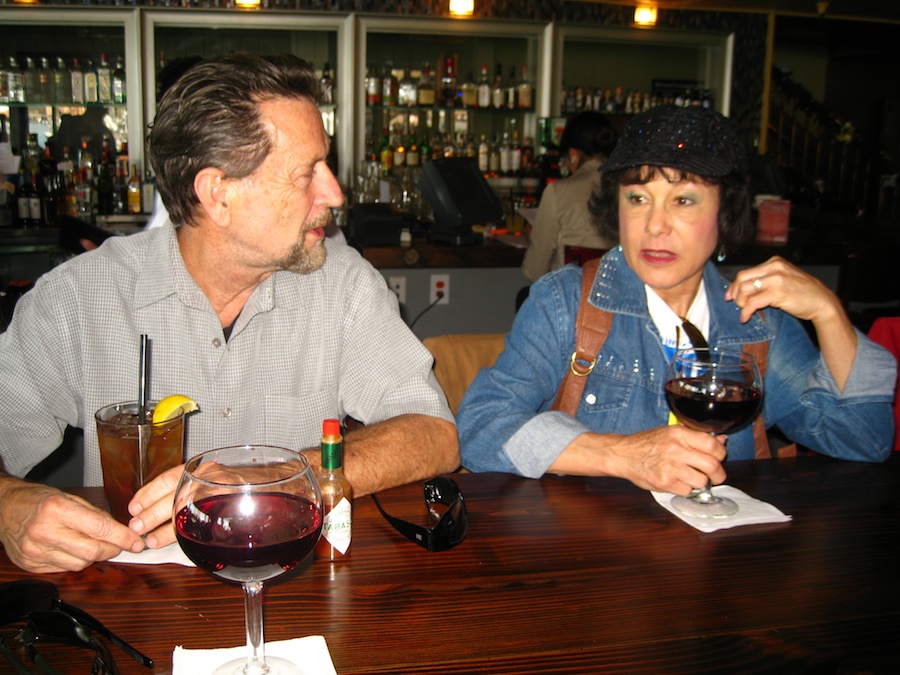
Bob is having iced tea.... He is the designated sailor!
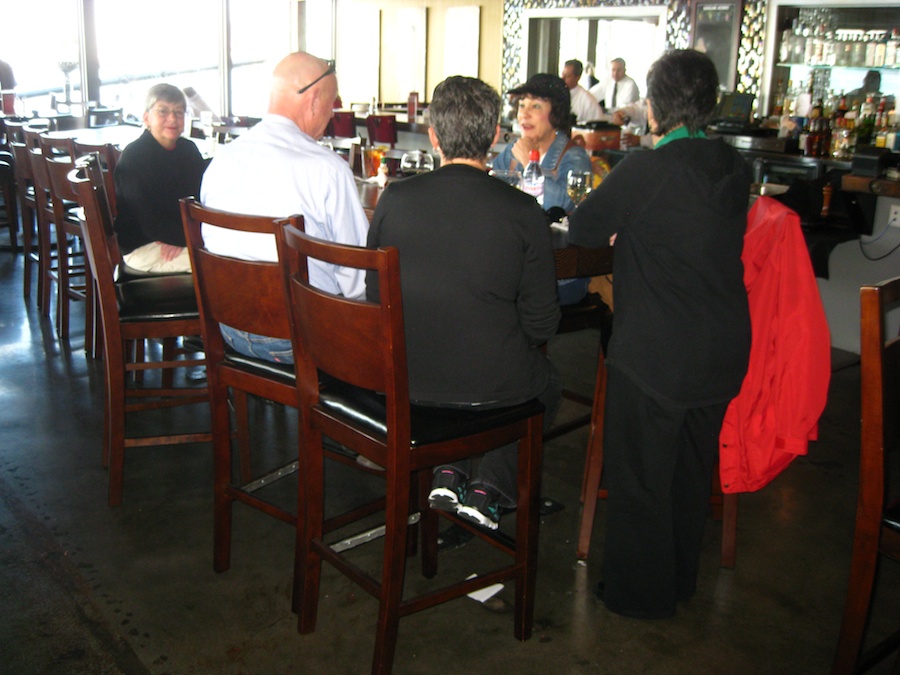
"Boarding in 15 minutes"

We are fired up and ready to do battle (Courtesy of Hans)
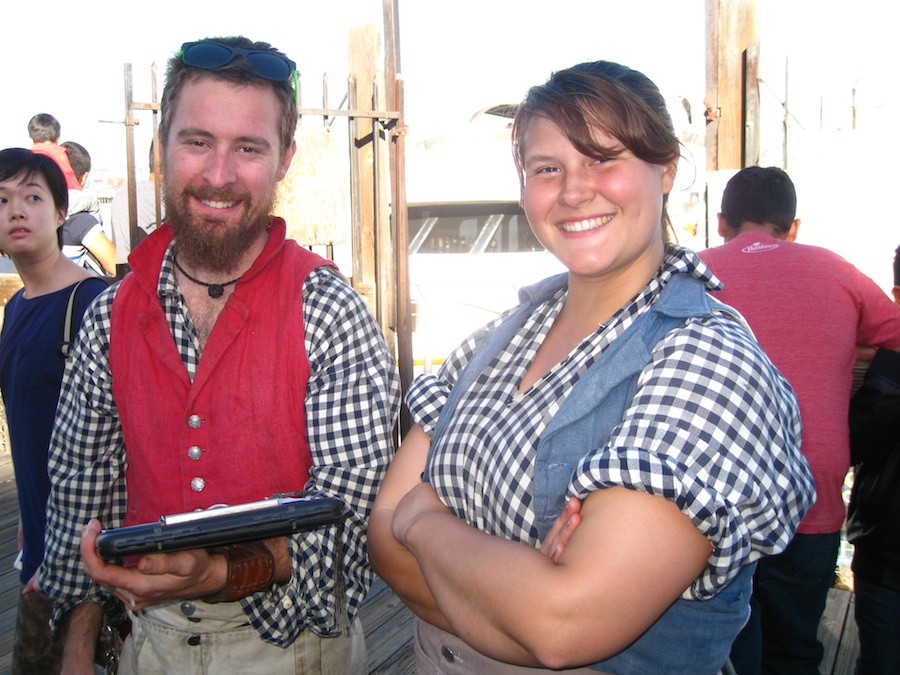
Our ticket takers are ready to go!
No tickie---No Sailie
First Things First... Our Ship Today Is The Lady Washington!
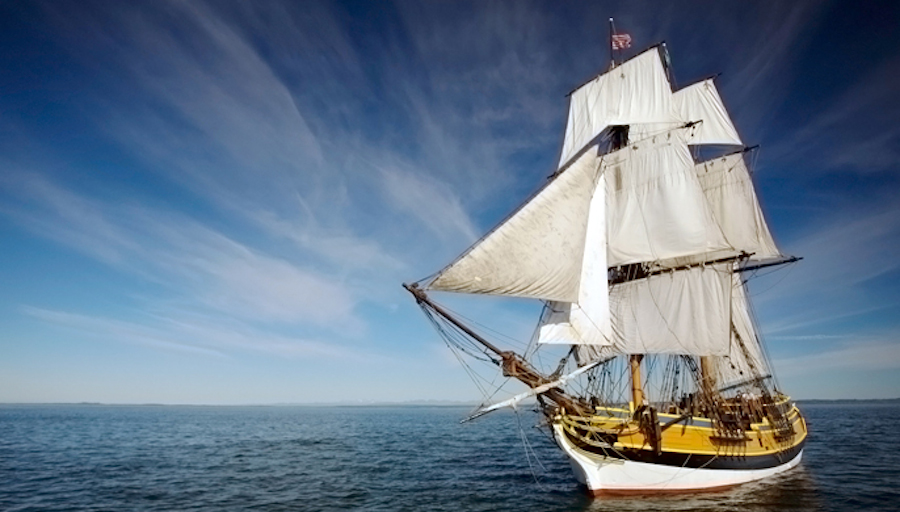
Did You Know? - Launched on March 7, 1989, the Lady Washington was built in Aberdeen, Wash., by Grays Harbor Historical Seaport Authority, a 501(c)(3) not-for-profit public development authority. The new Lady Washington is a full-scale reproduction of the original Lady Washington.
In 1787, after the war, she was given a major refit to prepare her for a unprecedented trading voyage around Cape Horn. In 1788, she became the first American vessel to make landfall on the west coast of North America.
A pioneer in Pan-Pacific trade, she was the first American ship to visit Honolulu, Hong Kong and Japan. Lady Washington opened the black pearl and sandalwood trade between Hawaii and Asia when King Kamehameha became a partner in the ship.
The modern Lady Washington was thoroughly researched by historians and constructed by skilled shipwrights. She was launched as part of the 1989 Washington State Centennial celebration. The new Lady Washington is a U.S. Coast Guard inspected and certified passenger sailing vessel.
Getting Ready To Depart
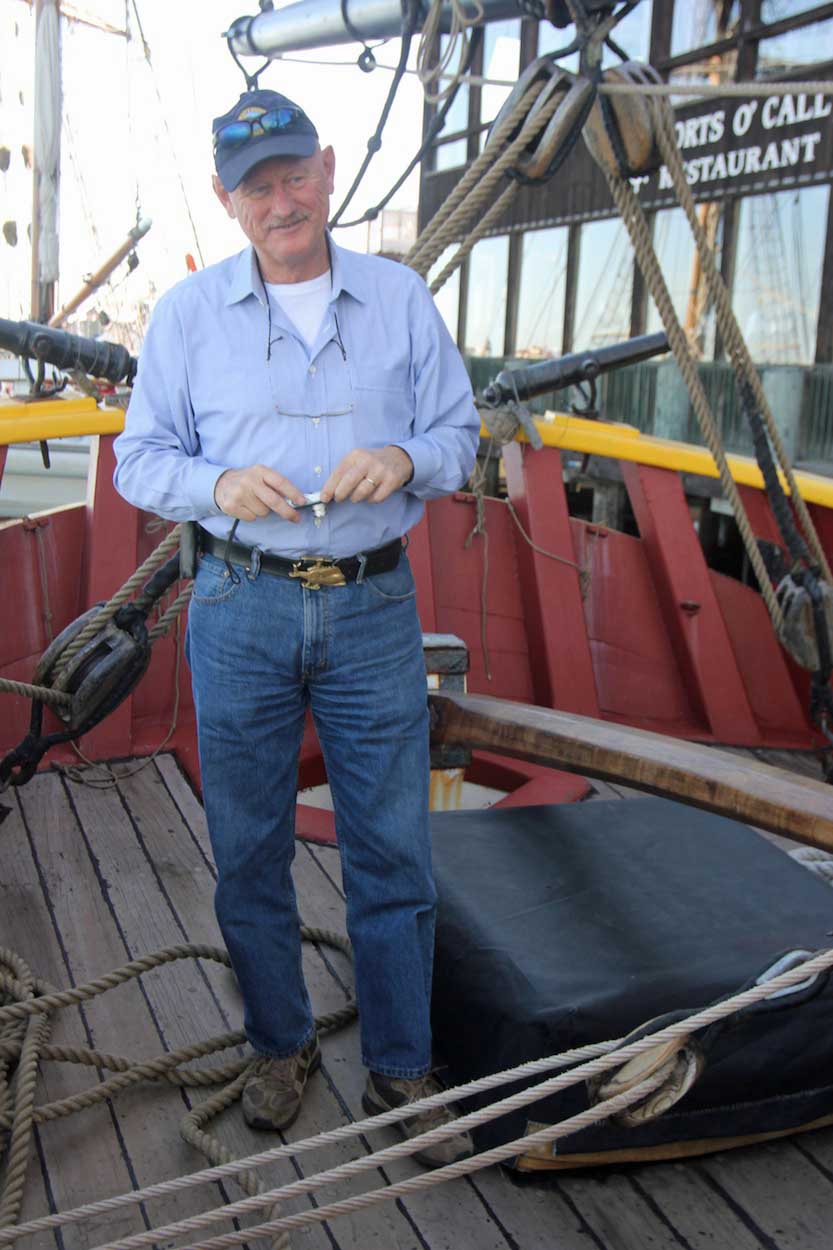
Captain Thedens is battening down the hatches....
Did You Know? - "batten down the hatches" - to prepare yourself for a difficult period by protecting yourself in every possible way
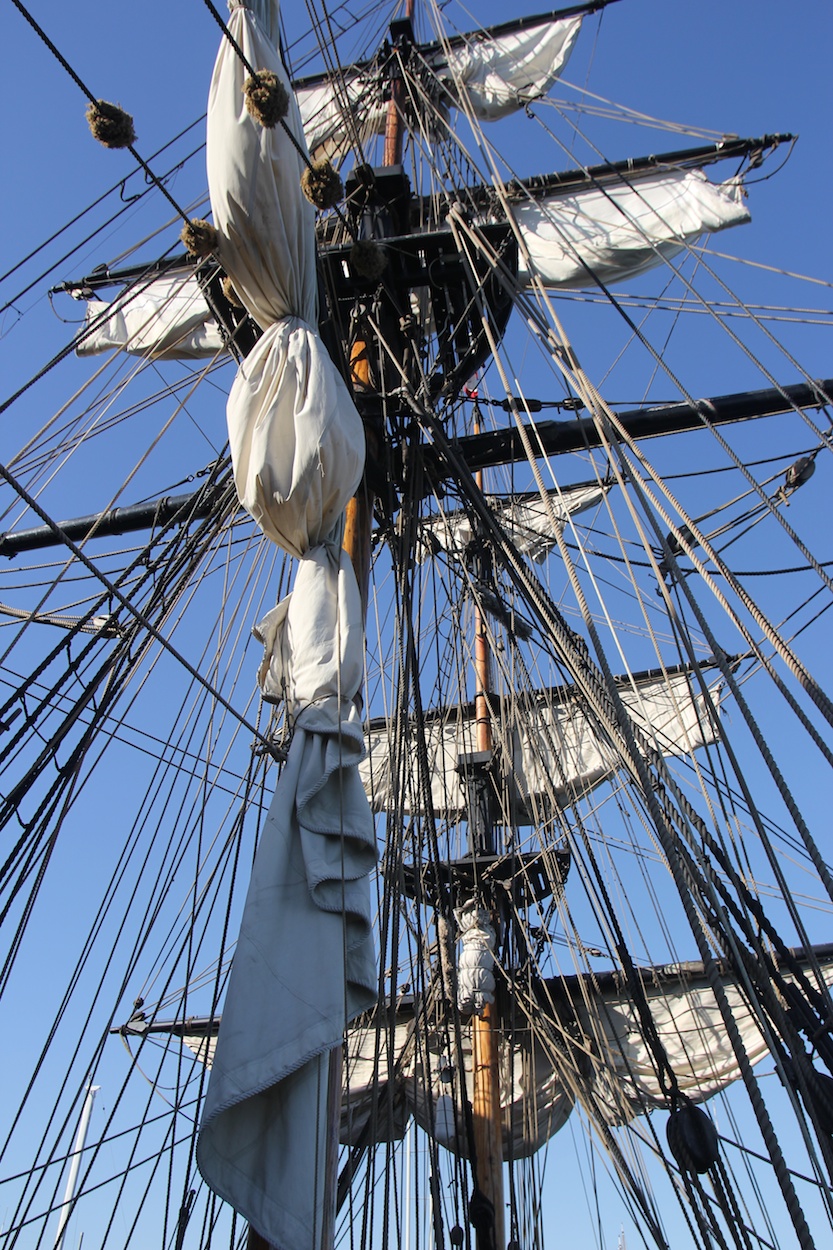
The sails are furled until we reach open water
Did You Know? - The scuttlebutt is a cask on a ship containing the vessel's drinking water. It was named this as the container was traditionally a small barrel, the so-called "butt," which had been "scuttled" -- had a hole made in it -- so water could be accessed. As sailors would often gather around the scuttlebutt to chat, the word has also taken on a slang meaning of rumor or gossip.
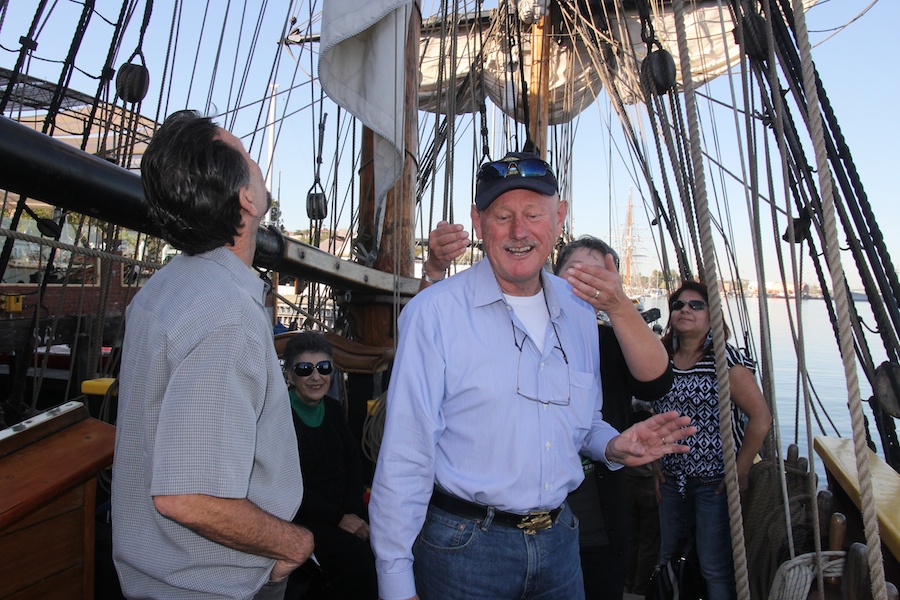
Which rope shall I pull???

"S-h-h-h-h It's not called a rope silly! You need to learn your sailing terms!"
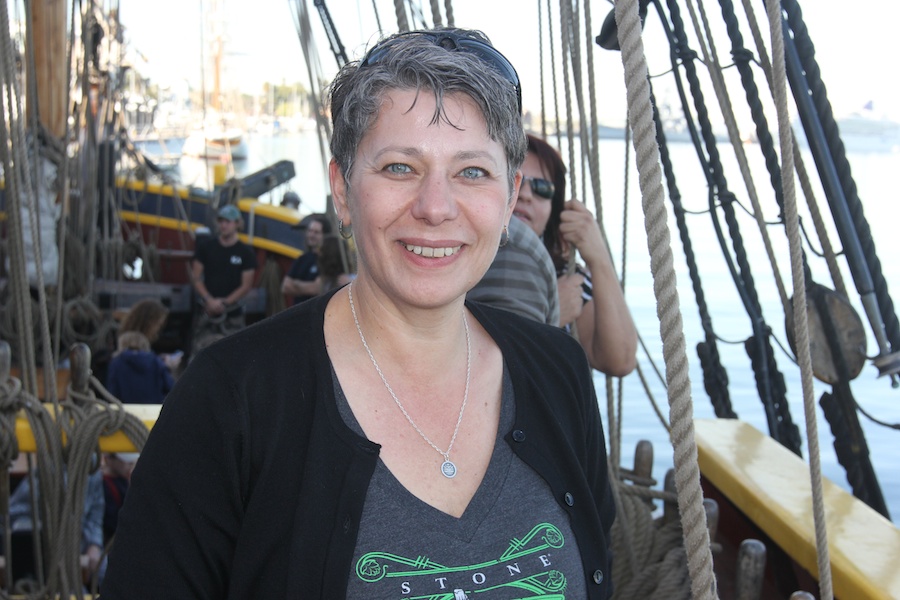
"I have my work cut out for me today!"
Did You Know? - "Carry On": In the days of sail, the officer of the deck kept a weather eye constantly on the slightest change in the wind so sail could be reefed or added as necessary to ensure the fastest headway. Whenever a good breeze came along, the order to 'carry on' would be given. It meant to hoist every bit of canvas the yards could carry.
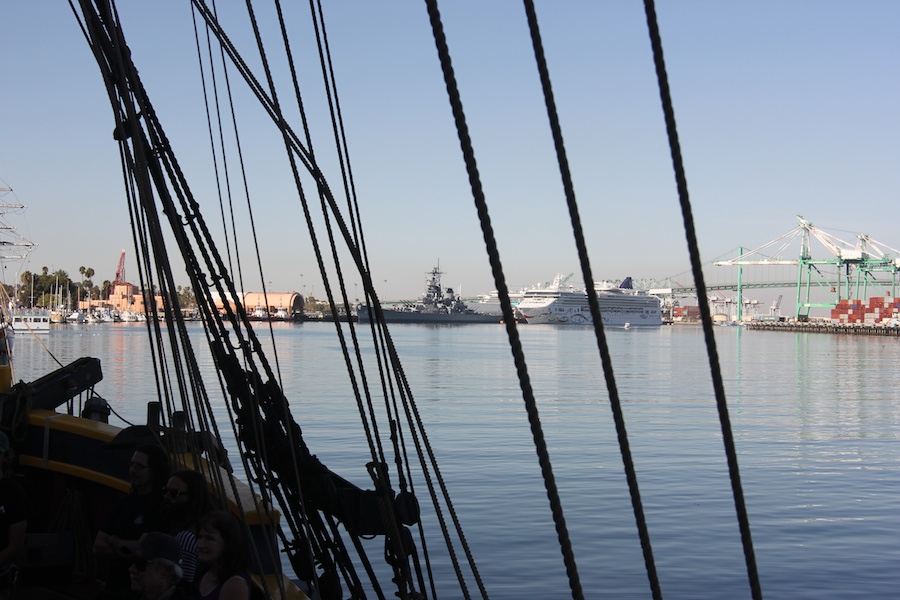
The USS Iowa looks small compared to the cruise liner
Did You Know? - USS Iowa (BB-61) was the lead ship of her class of battleship and the fourth in the United States Navy to be named in honor of the 29th state.
Owing to the cancellation of the Montana-class battleships, Iowa is the last lead ship of any class of United States battleships and was the only ship of her class to have served in the Atlantic Ocean during World War II.
USS Iowa is currently on display at the Port of Los Angeles.
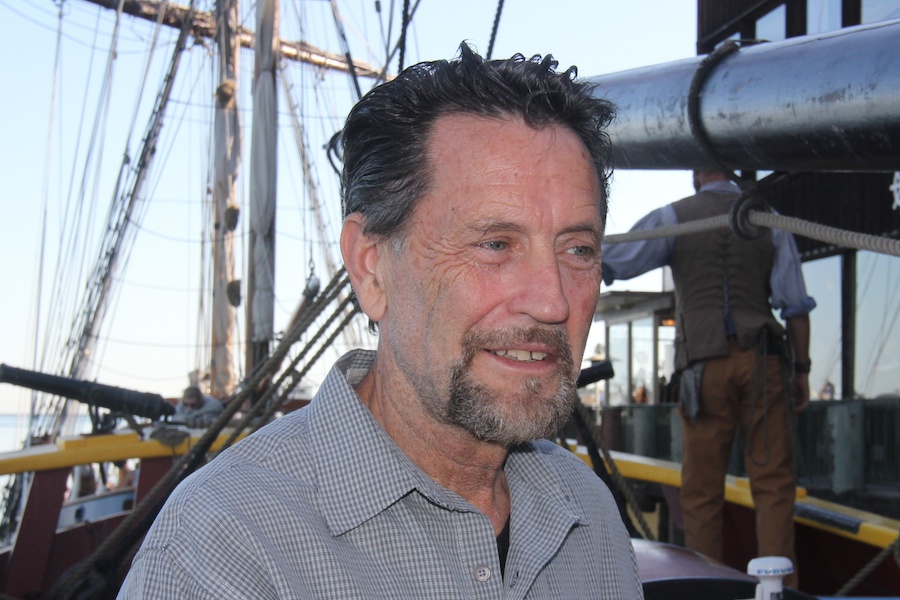
Our First Mate checks everything carefully
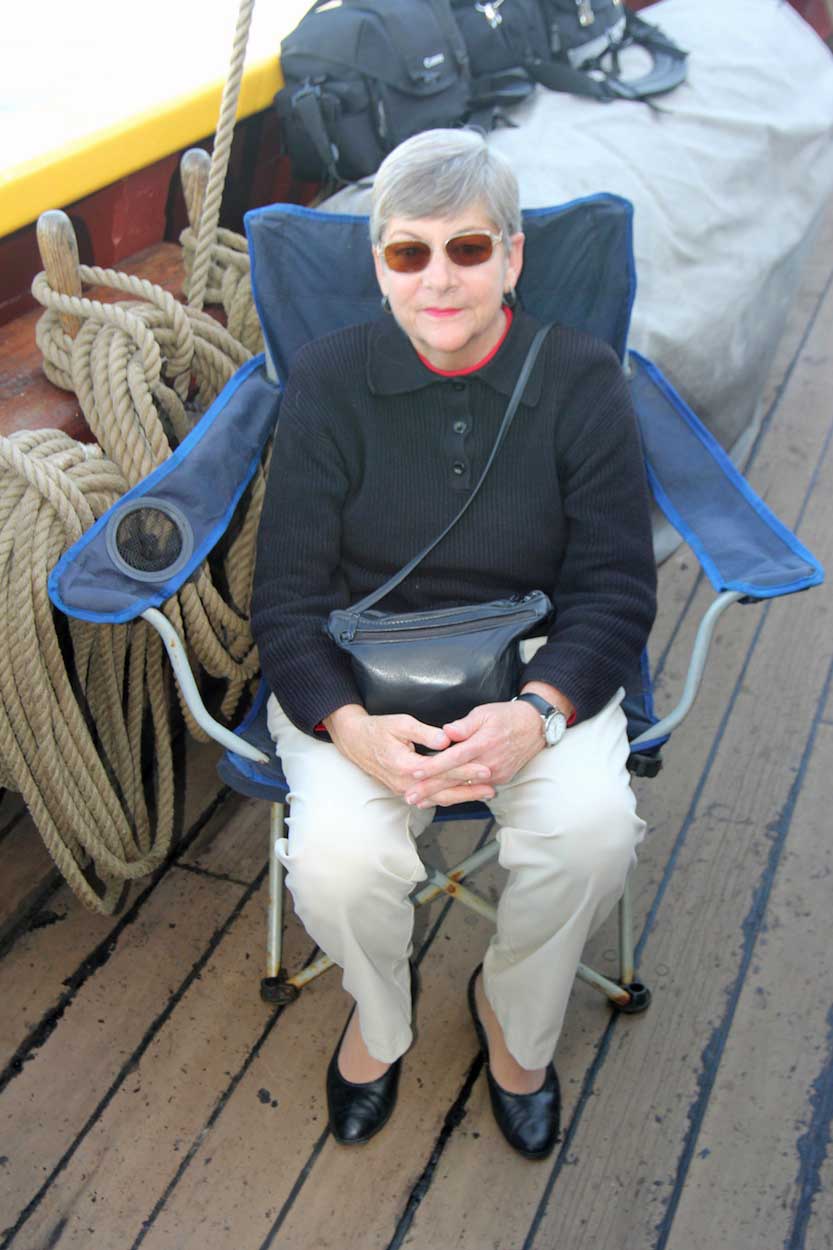
The Admiral has her own seat...
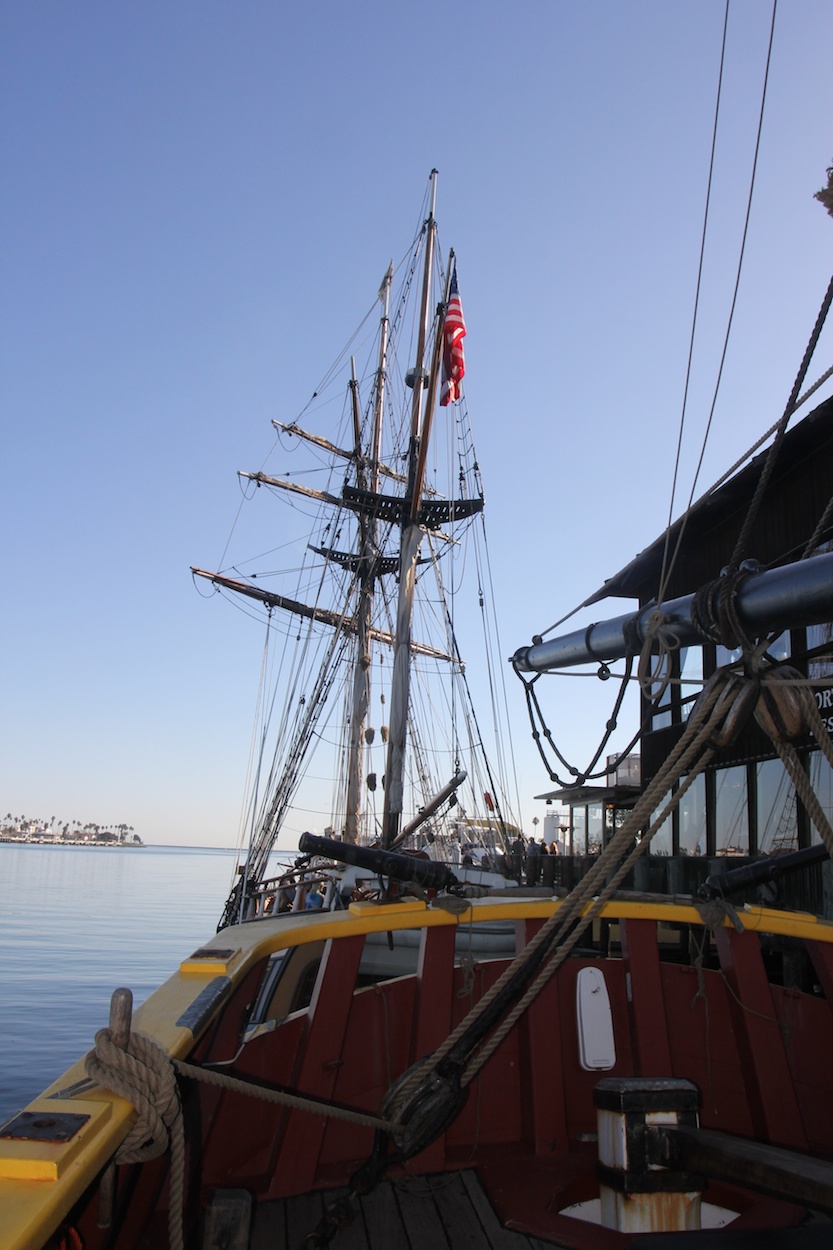
Not a lot of wind so far....
Our group could provide a lot of hot air if needed
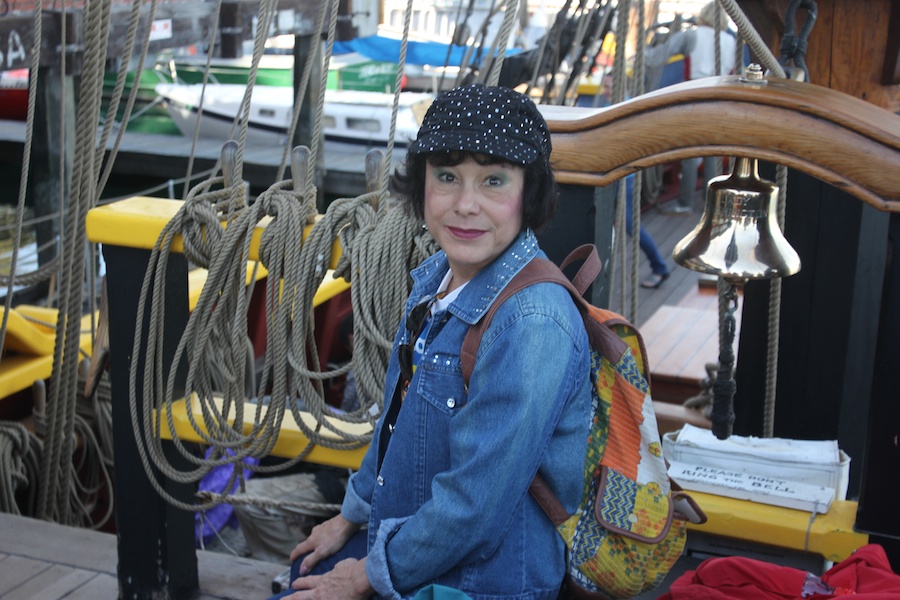
"OK... I am ready to sail!"
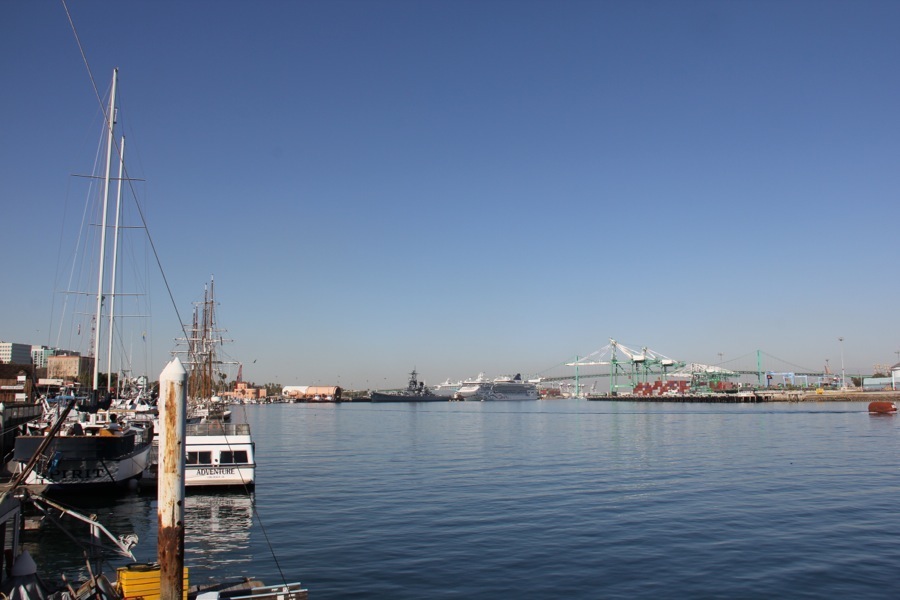
Pulling out of the Ports O'Call reveals the Iowa and Princess (Courtesy of Hans)
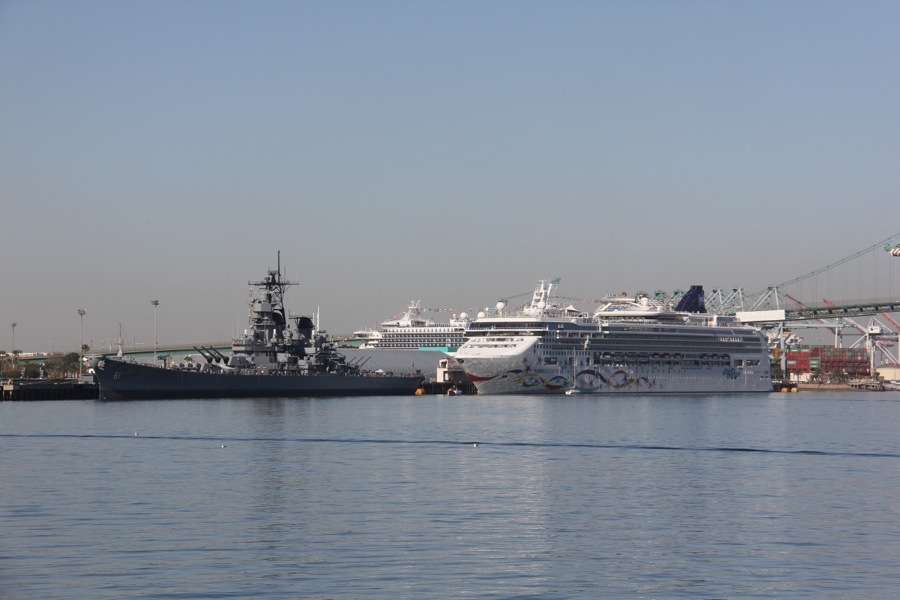
Beauty and the Beast, nautical style (Courtesy of Hans)
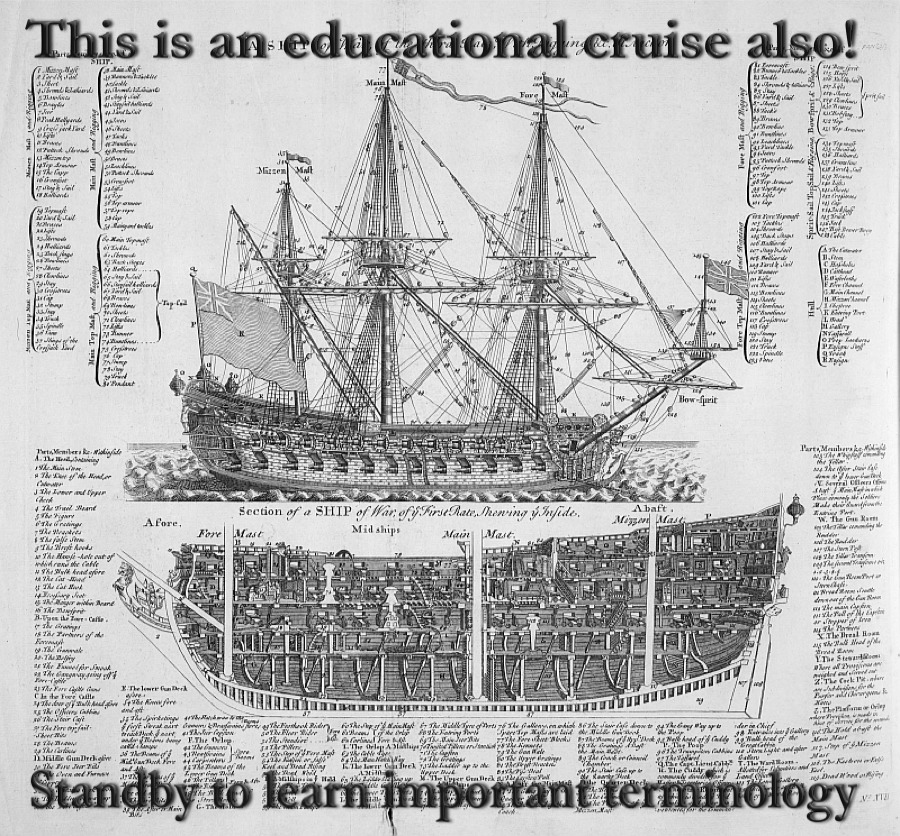
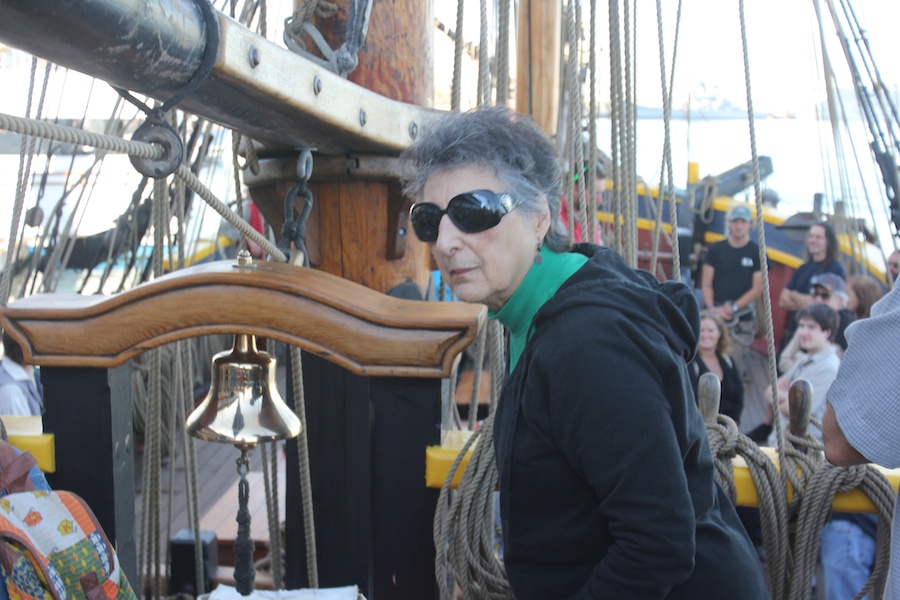
Irene helps us with nautical terminology
Irene Teaches Us About Sailing Terms Part 1:
Aboard - A piece of lumber that may be used to repair your boat.
Aft - Acronym for Automatic Flotation Thing. The Coast Guard requires that you have a personal flotation device for each member on board; these are the ones that are *supposed* to inflate automatically when you hit the water (and you will) to prevent drowning.
Adrift - A method of moving across the water when nothing on your boat works. You normally do not have a lot of input as to where you are actually going, but you can get there.
Anchor - A mechanical device that is supposed to keep the boat in one place (see dragging). These devices are sometimes used to submerge expensive anchor lines and chain when used without proper termination at both ends of the anchor line.
Astern - A type of look. Your spouse gives you astern look when you attempt to buy things for your new boat.
Bilge - This is a storage area in the bottom of the boat for all the things you dropped and can not find. Also a mixing area for water, fuel and head output; making retrieval of said dropped items a real adventure.
Bilge pump - An electrical device designed to remove the charge from your batteries. These devices only operate properly when the boat is not taking on water.
Bow - This is what you do in front of your banker when you are asking for more money to spend on your boat. As your boat will surely cost much more than what you initially asked for, it is imperative that you learn how to do this quickly.
Bridge - Something you cross to get to the other side of a body of water when you do not have a boat available. Can also used for removing masts of sailing vessels if the bridge is low enough.
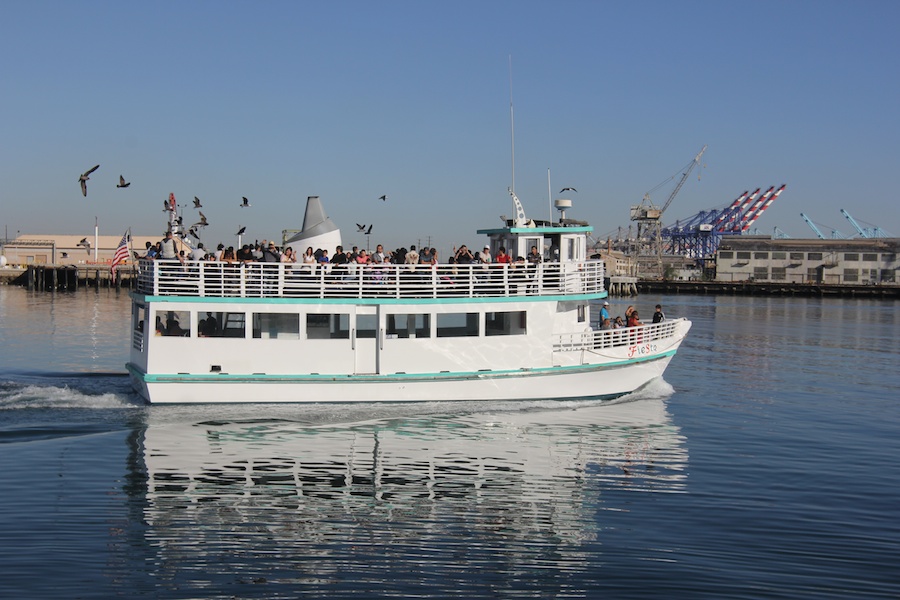
They must be eating something.... They have a following
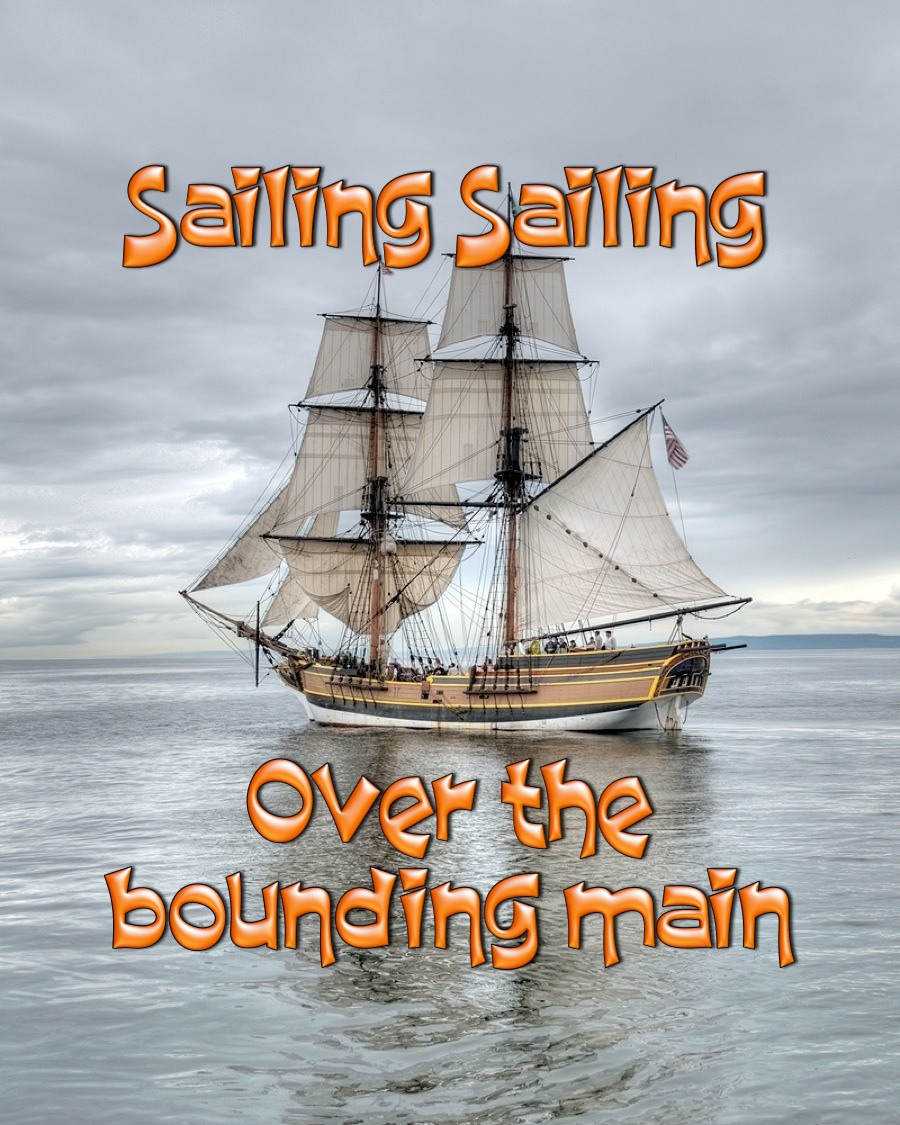
Did You Know? - "Sailing, Sailing" (also known by its first line "Sailing, sailing, over the bounding main") is a children's song about sailing on the ocean. It was written in 1880 by Godfrey Marks, a pseudonym of British organist and composer James Frederick Swift (1847–1931).
"The Bounding Mail" is the mass of water occupying all of the Earth's surface not occupied by land, but excluding all lakes and inland seas.
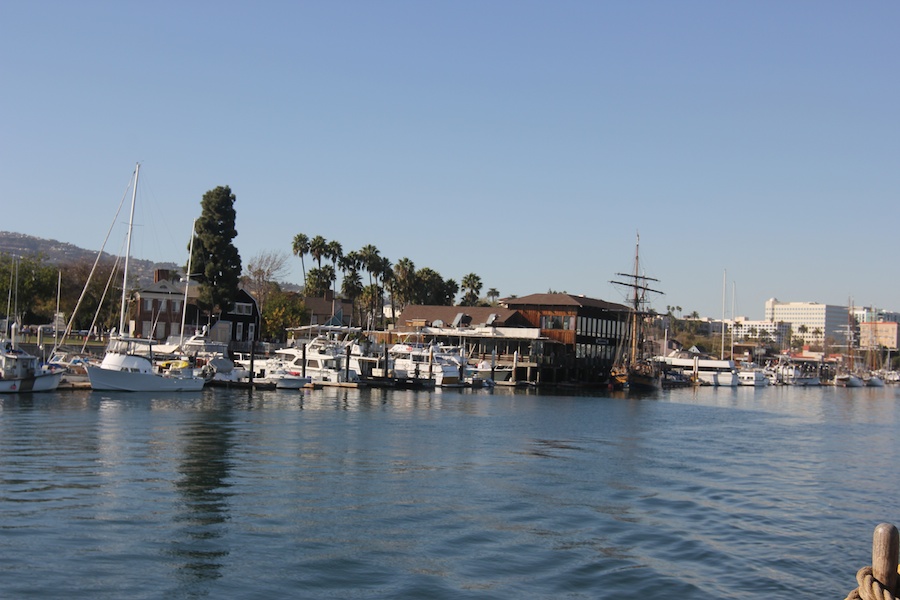
We are off and sailing
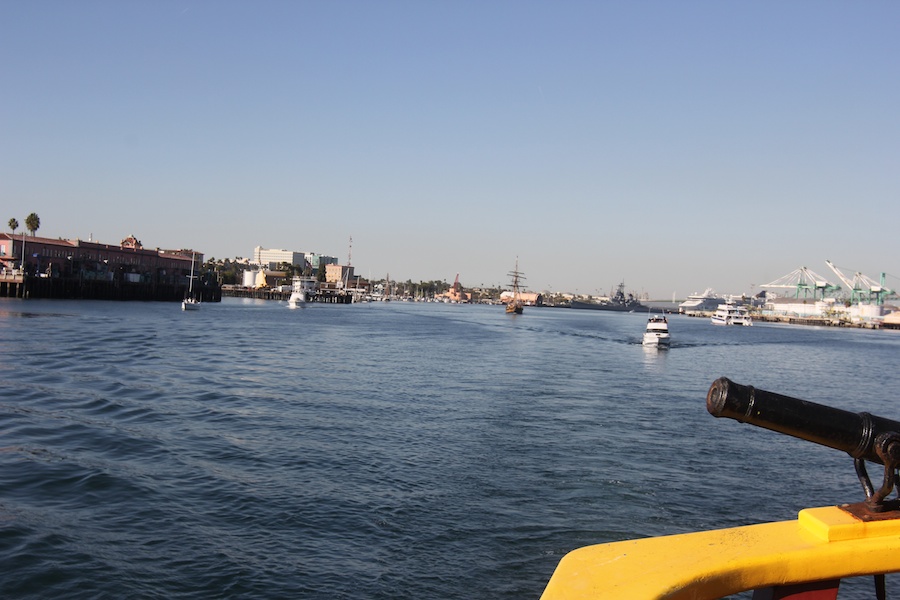
Good bye sweet land....
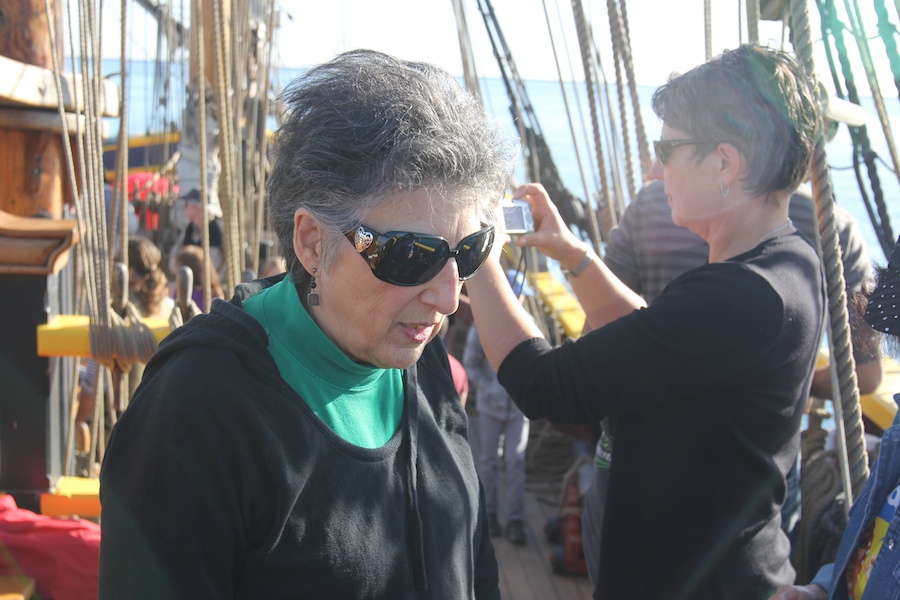
Irene shares more of her nautical knowledge
Irene Teaches Us About Sailing Part 2:
Buoy – A navigational aid indicating there is something worth noting somewhere close to the location of the buoy, possibly to one side or the other or below it.
Capsize - They ask you this when you go to buy a hat or baseball cap.
Chart - The nautical equivalent of a road map. One must use charts instead of road maps because road maps usually only show roads and there are usually none of those in the water and besides you couldn't drive your boat on one anyway unless you had it on a trailer in which case you would need a road map instead of a chart.
Cleat – A template used to practice knot tying that allows knots to easily slip off.
Cockpit – An area of a sailboat in which people sit in order to get wet.
Compass – A navigational aid that accurately points to the largest metal object on your boat.

The warehouse has stood at the end of the pier for 75 years
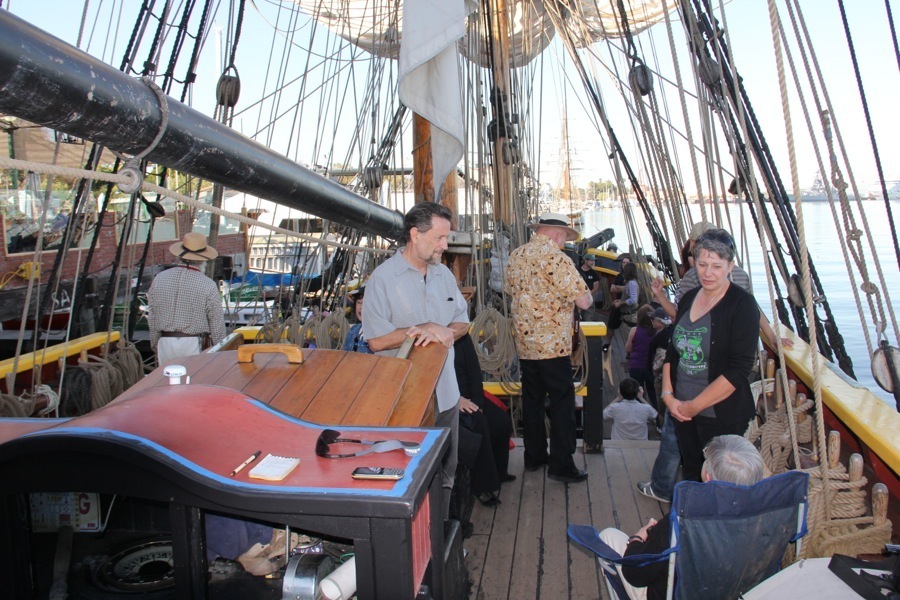
We are settling in (Courtesy of Hans)
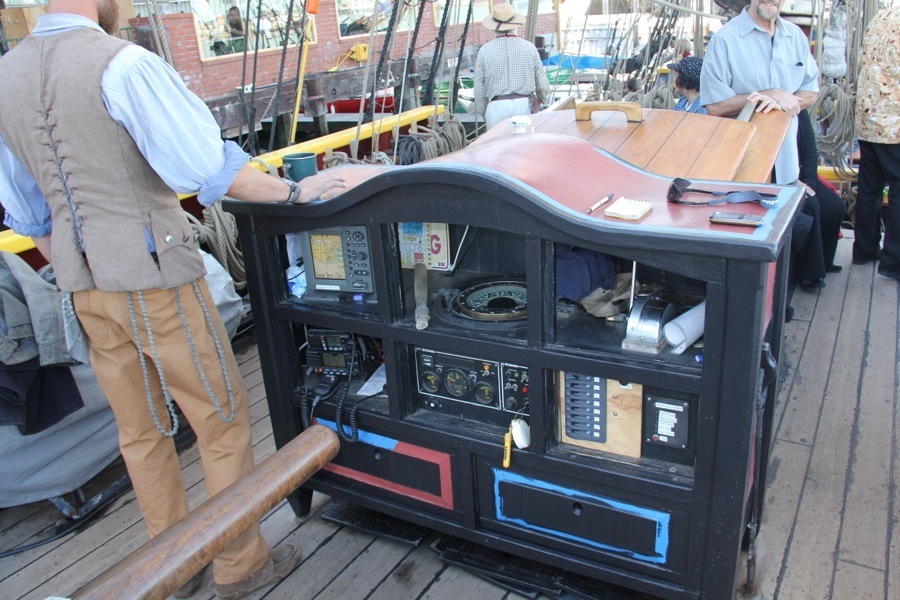
Hans checks the cockpit out (Courtesy of Hans)
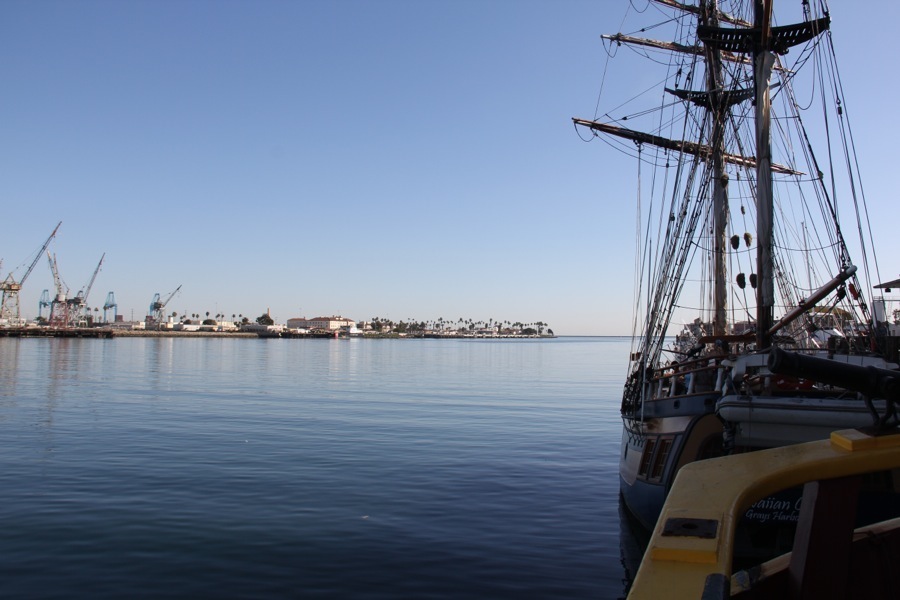
Pointed toward Catalina (Courtesy of Hans)

Cameras at the ready (Courtesy of Hans)

Take a look in her glasses
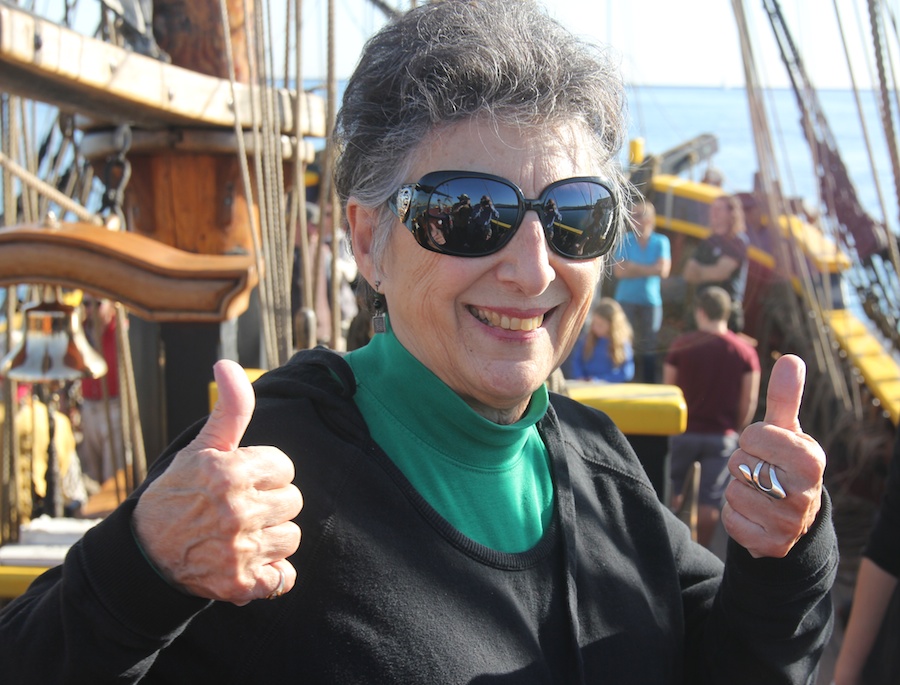
How ya doin' Irene??
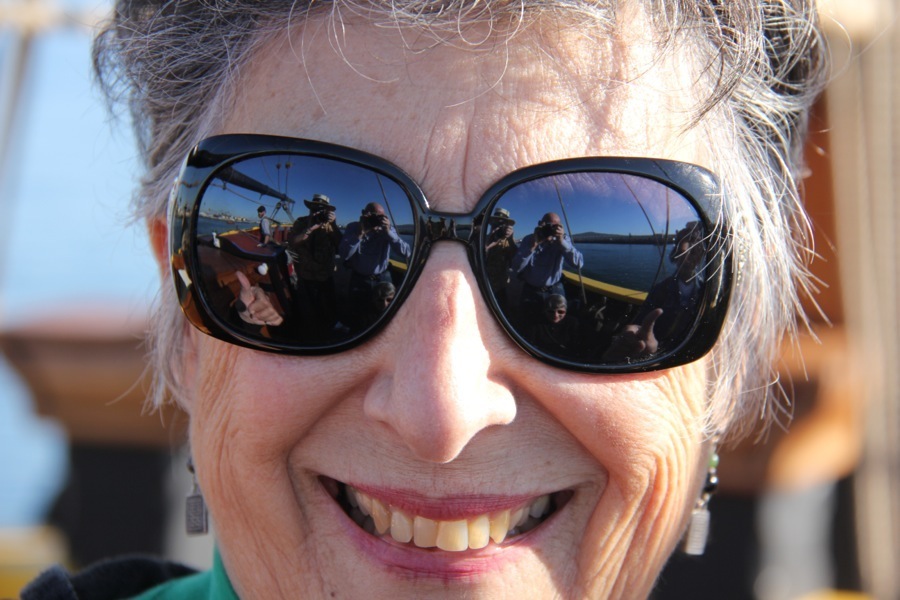
Hans takes the snap (Courtesy of Hans)
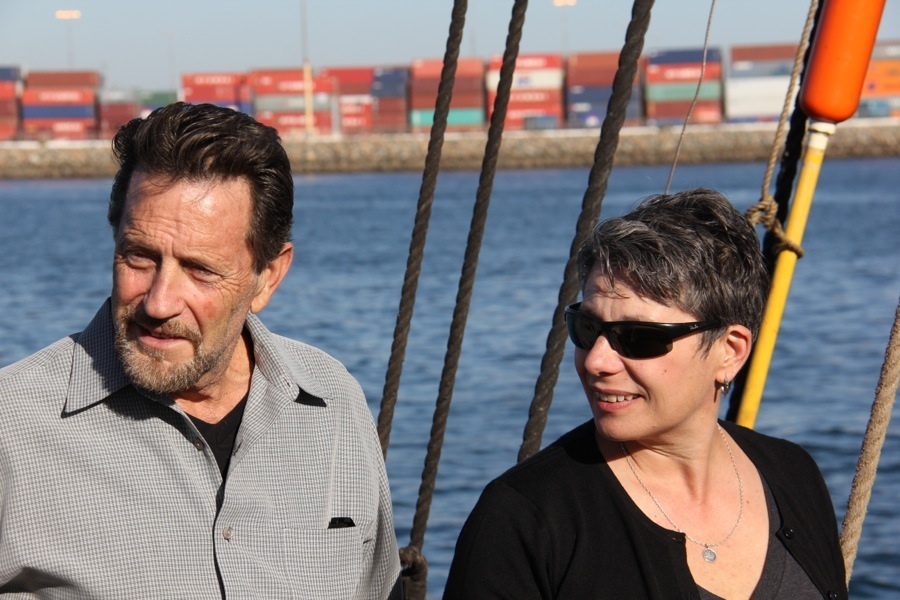
They gather together to hear about nautical terminology (Courtesy of Hans)
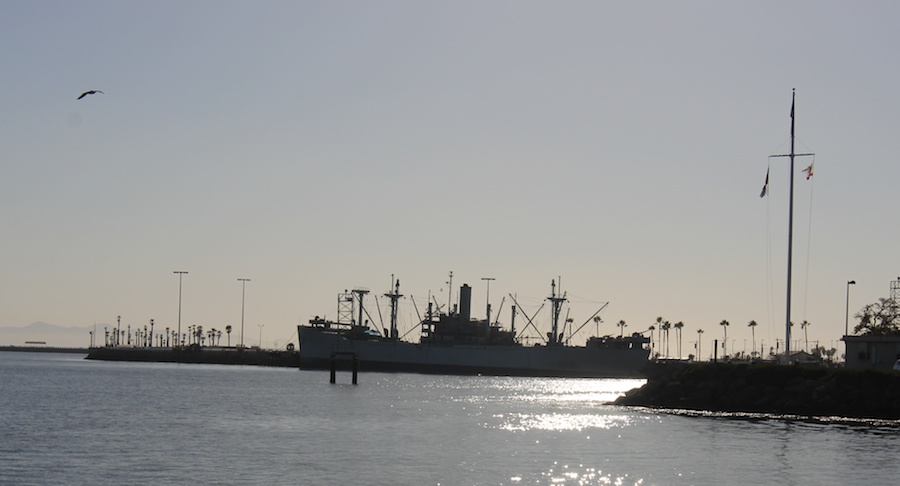
The lonely Lane Victory
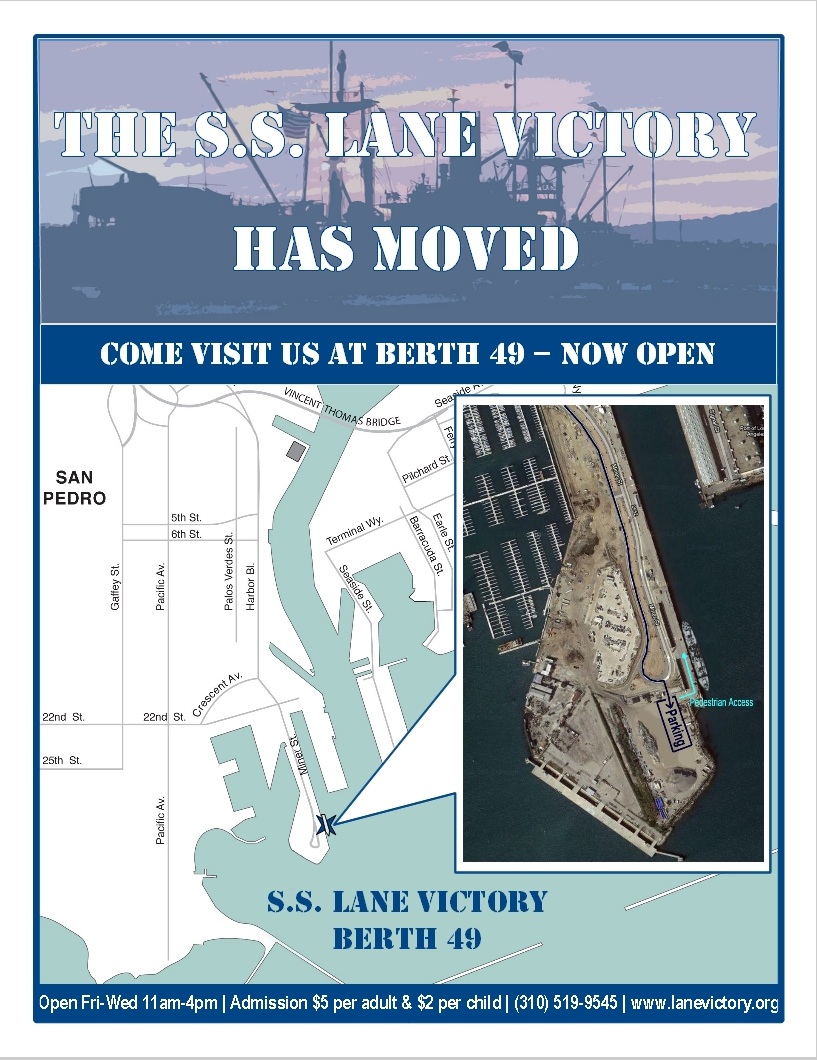
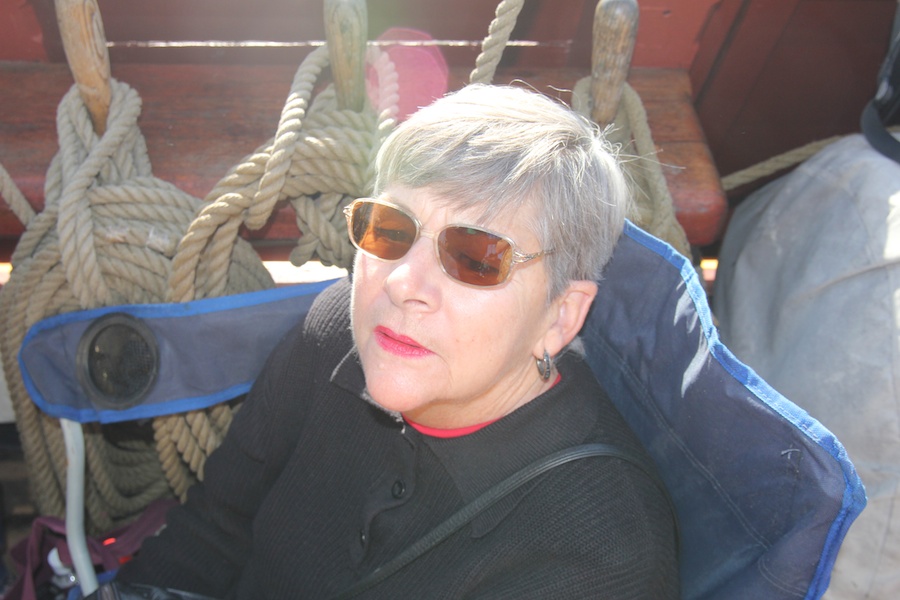
"I'm keeping an eye on everyone"
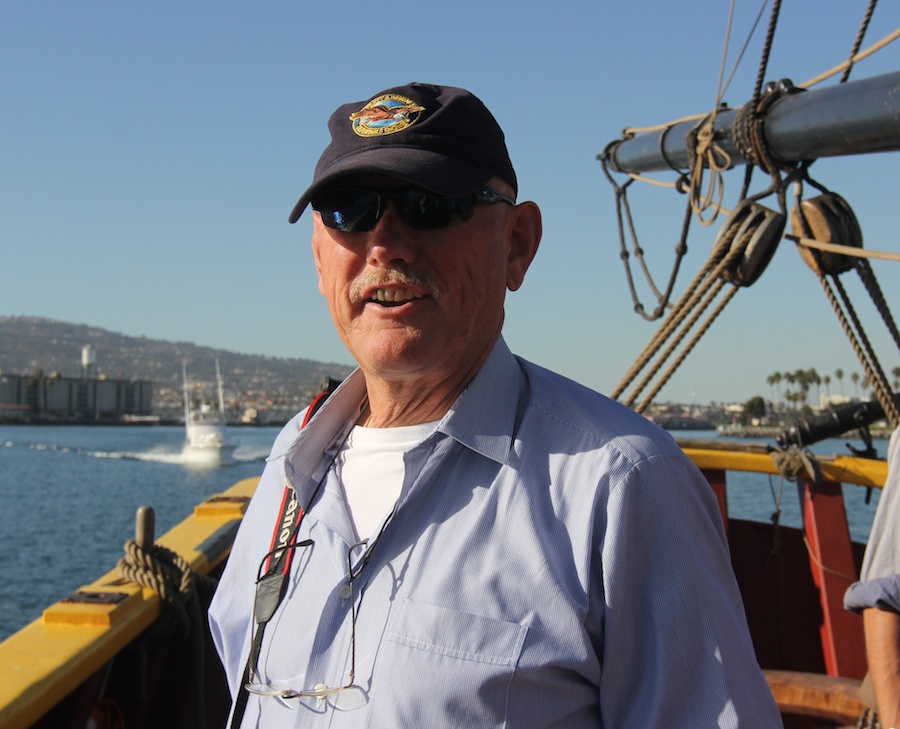
Hans decides to share his nautical knowledge
Hans Tells Us About His Nautical Knowledge:
Crew - This term refers to the people working on your boat. They are usually friends or acquaintances that do not find out about the "work" part of the ride until you are away from the dock. Crews have a high turnover rate, they normally will never want to see you again, let alone set foot on your boat.
Deck - This is what your spouse will do to you after discovering how much money you have spent on the boat without first obtaining permission.
Dock - A medical professional, not sure why the term shows up in a nautical dictionary.
Dragging - A method of moving about when the anchor is deployed (see anchor).
GPS - An electronic device that allows you to navigate out of sight of landmarks before the batteries expire.
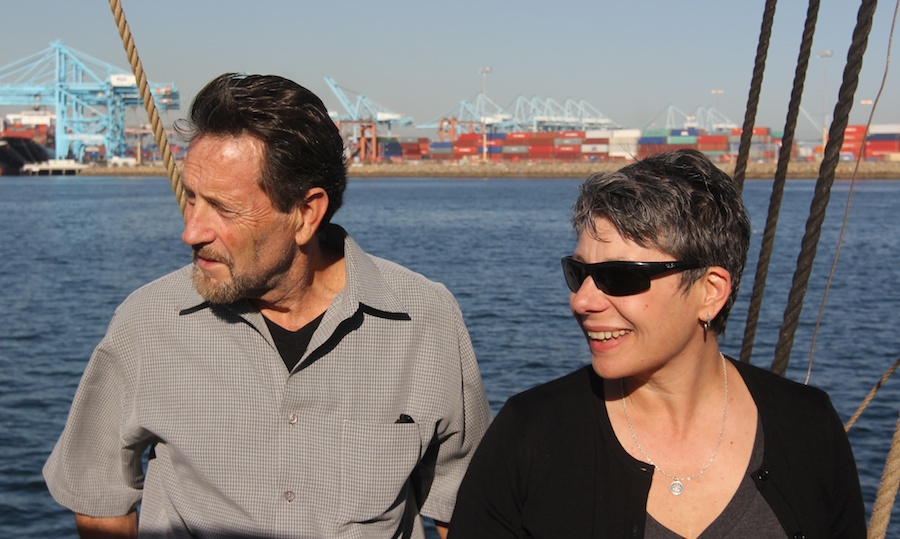
"Huh???"
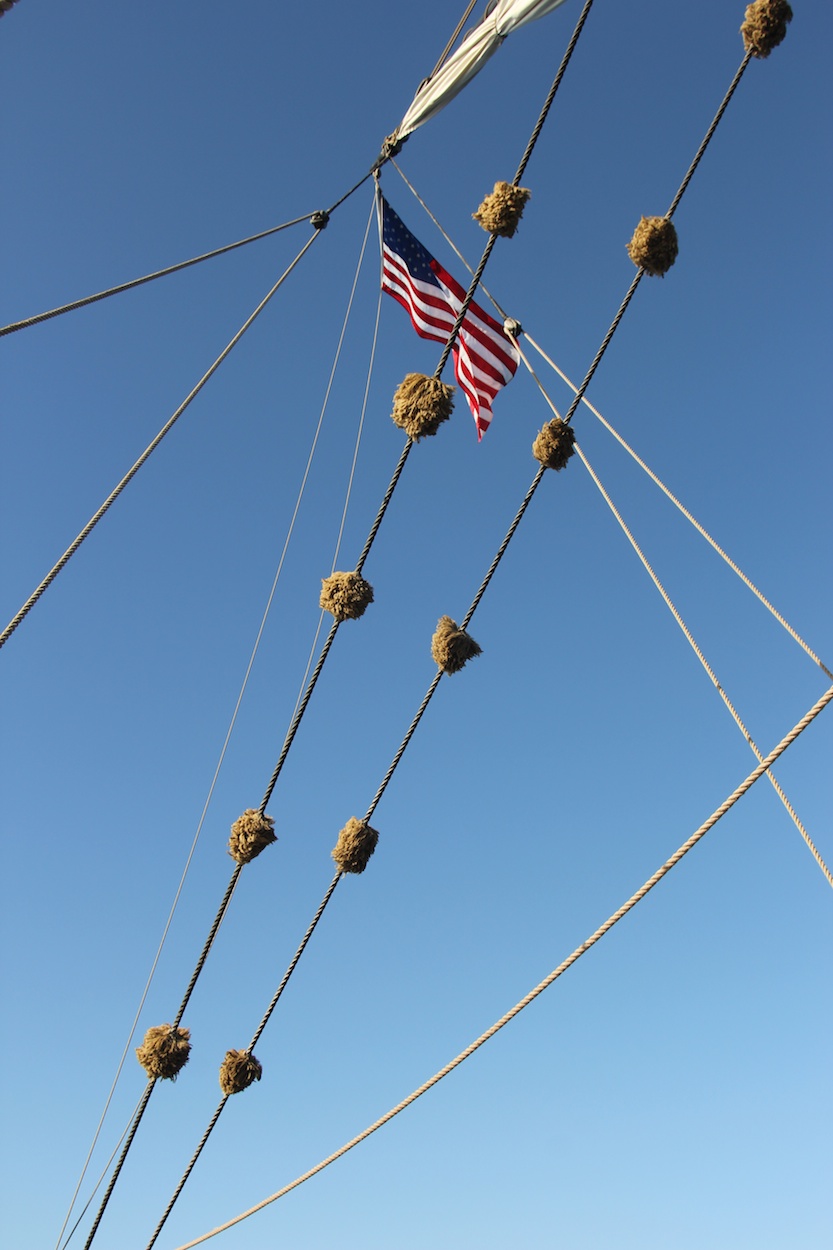
What are those growths on the lines??? Are they baggywrinkles?
Did You Know? - Baggywrinkle - This strange-sounding gem is simply a soft covering for ropes aboard yachts that prevent chafing of the sails. Where ropes and lines come into contact with sails there is serious potential for damage to the sail due to the abrasive nature of most rigging.
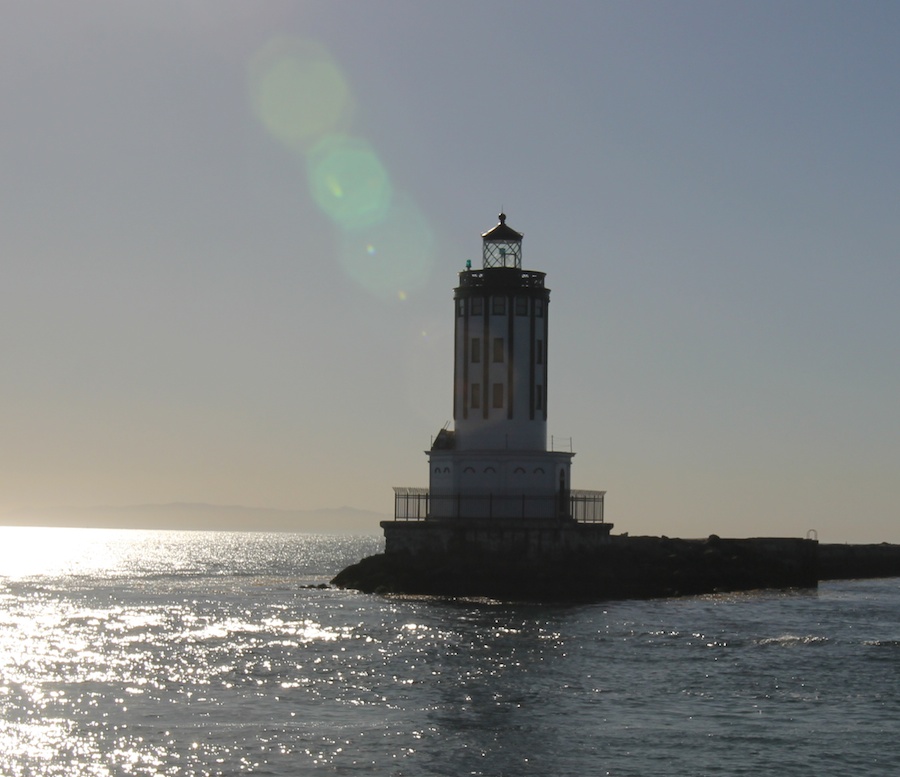
We depart the breakwater marked by Angels Gate
Did You Know? - Los Angeles Harbor Lighthouse, also known as "Angel's Gate" light, welcomes ships into the harbor of the City of Angels, Los Angeles. Don't let the name confuse you, Los Angeles Harbor is nowhere near downtown Los Angeles, but is located in San Pedro, several miles south of L.A.'s cluster of skyscrapers.
Work on a breakwater to form a harbor at San Pedro began in 1899, and in 1907, the Lighthouse Board called for the construction of a lighthouse to mark its outer end.
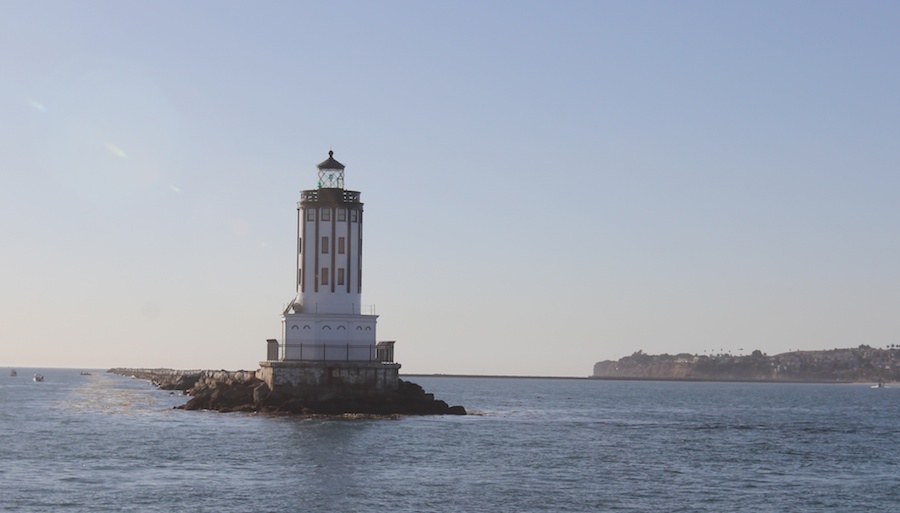
Still standing after all these years
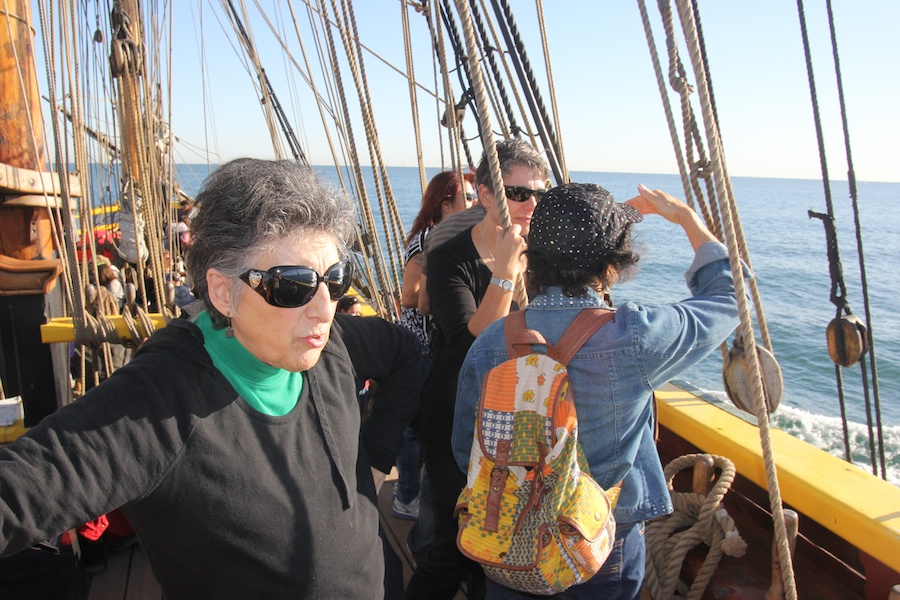
Donna watches out for pirates....
(We should not have told her about the Long Beach Pirates)
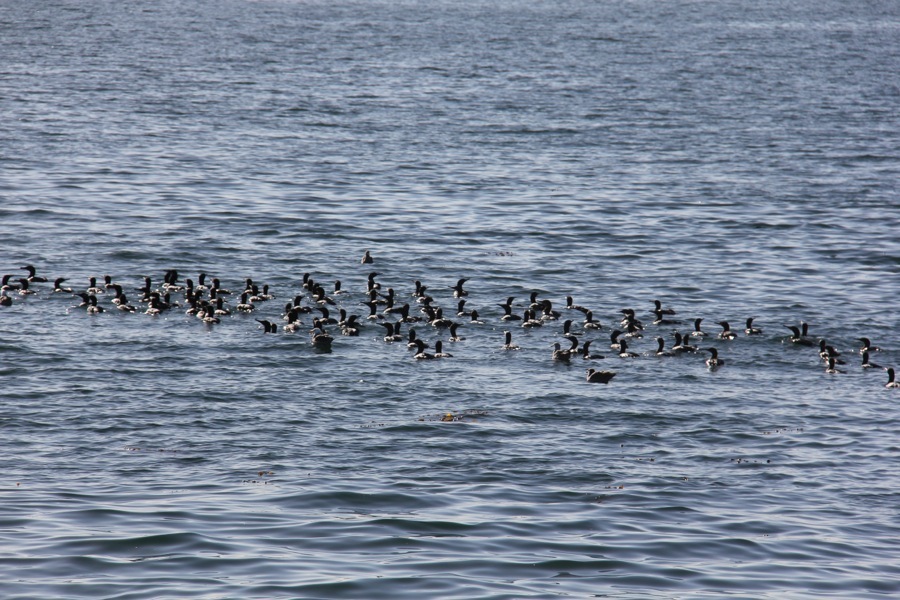
Must be fish around here somewhere (Courtesy of Hans)
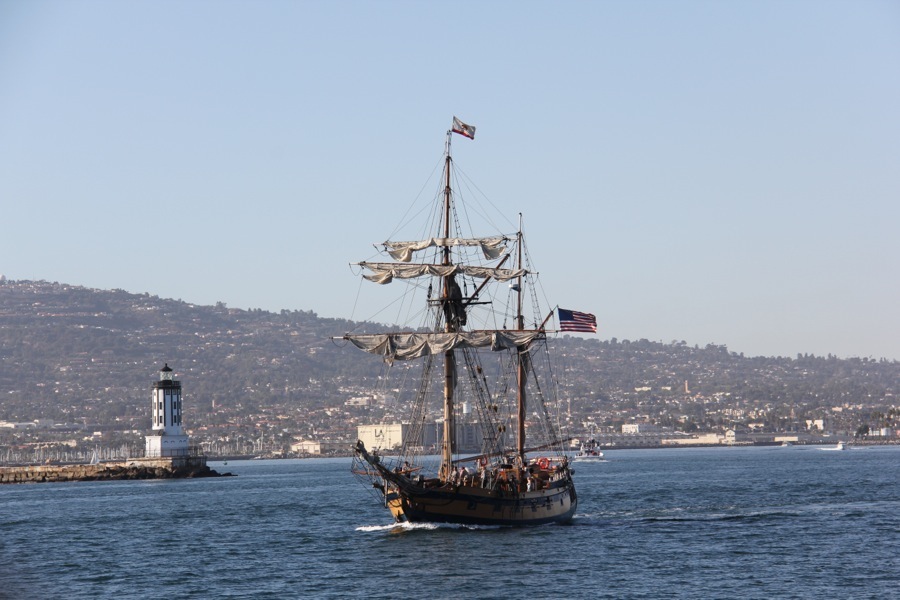
Our nemesis is on our tail (Courtesy of Hans)
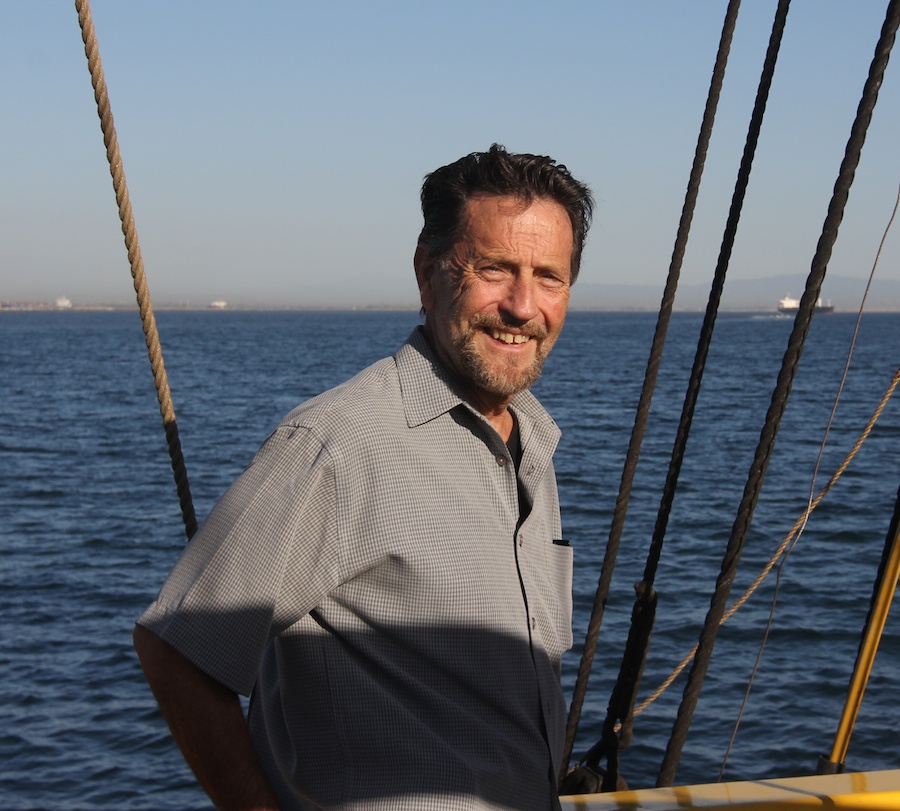
Not to be out done, Bob shares his nautical knowledge
Bob Shares His Nautical Knowledge:
Gunwale - (pronounced "gunnel") The part of a vessel near the side used for supporting one's midsection while one is engaged in the practice of heaving.
Hatch - A device similar in nature to a mousetrap, in that it will drop down on your head or hand without warning. Also an opening for admitting water into the boat.
Head1 - It is the part of your body that sits on top of your neck; you should not be buying a boat unless you already know this. Also useful for storing items like hats, sunglasses and such.
Head2 – The shipboard equivalent of a bathroom.
Heave - A shipboard method for eliminating lunch when seas become rough. This is best done in proximity of a gunwale.
Hull - A famous hockey player (Bobby).
Keel - A stopping device for your boat. It works by contacting the bottom of the water body you are in, thus inhibiting forward motion.
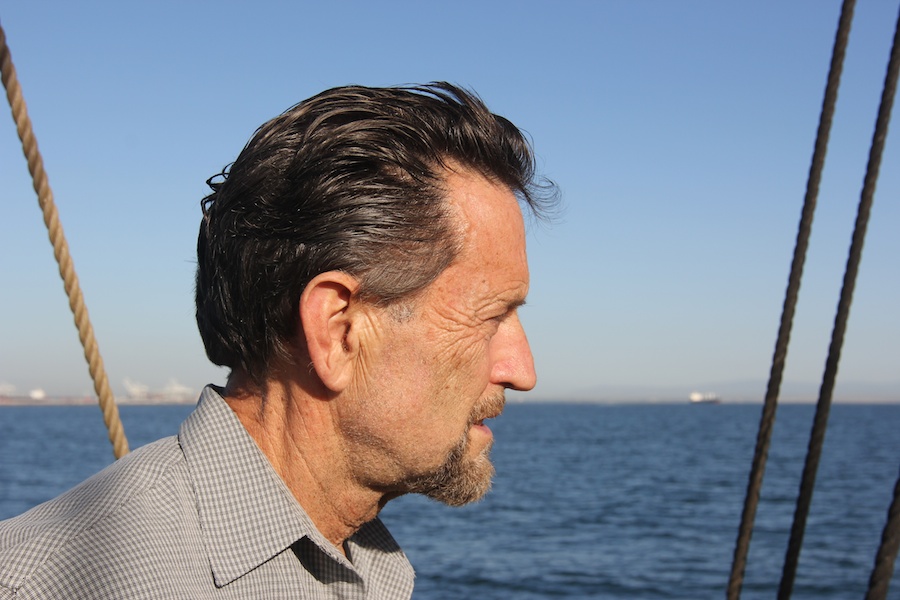
He is sooooo ashamed

Paul loves the terminology lessons (Courtesy of Hans)
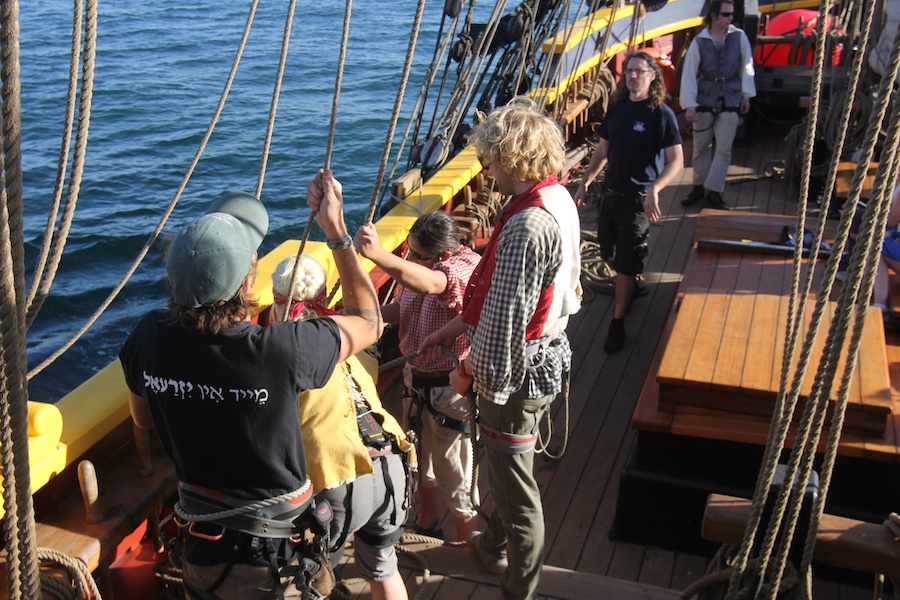
There is a lot of work needed to get the sails unfurled and working
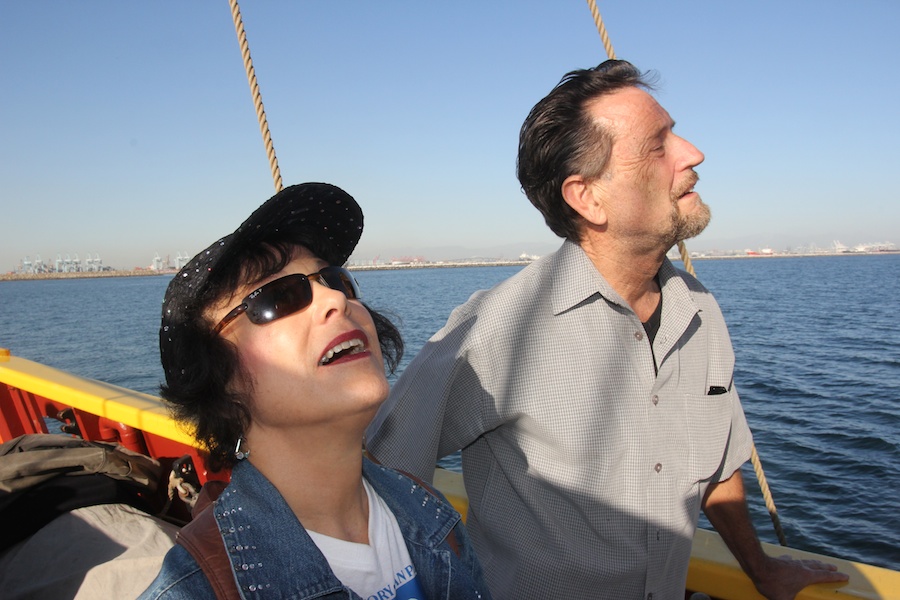
"I think I will yell some commands and see what happens"
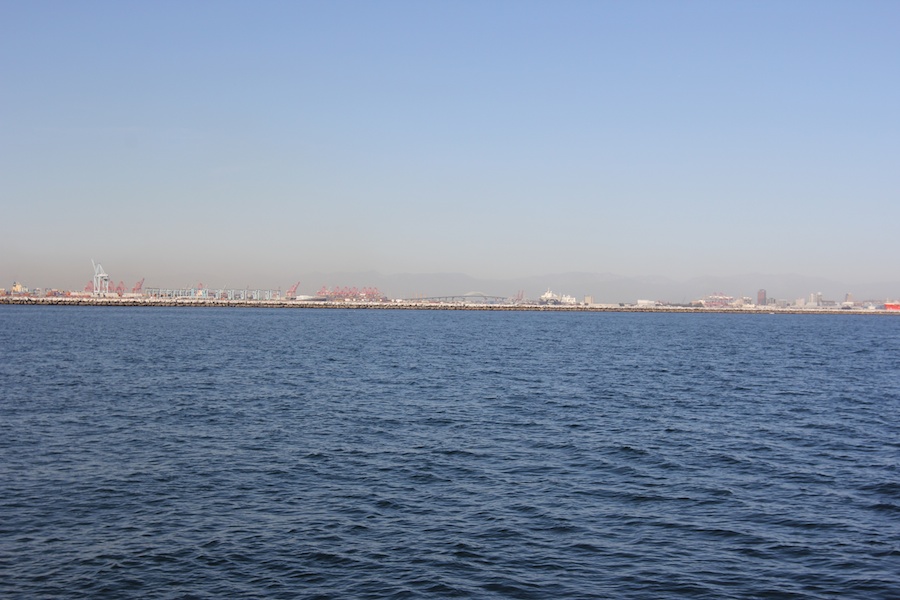
The mountains for 55 miles away....
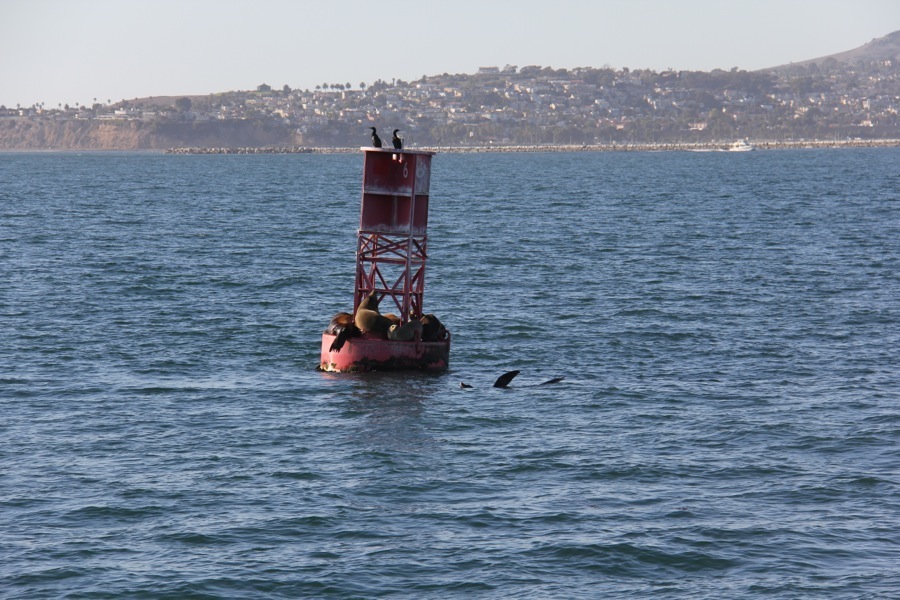
Buouy or bouoy... This is going to be fun (Courtesy of Hans)
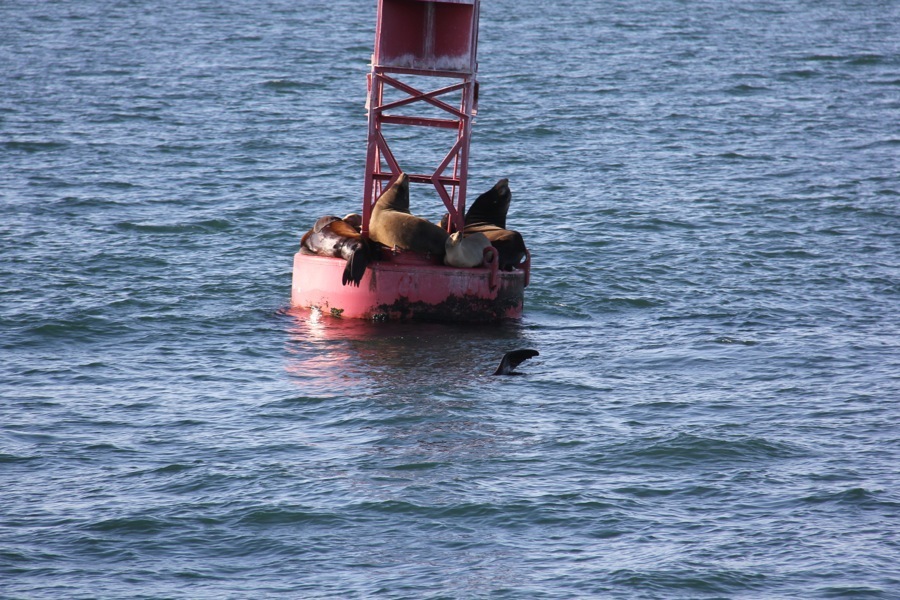
Such a clever idea... Using the seal resting platforms to signal the
ships about the harbor (Courtesy of Hans)
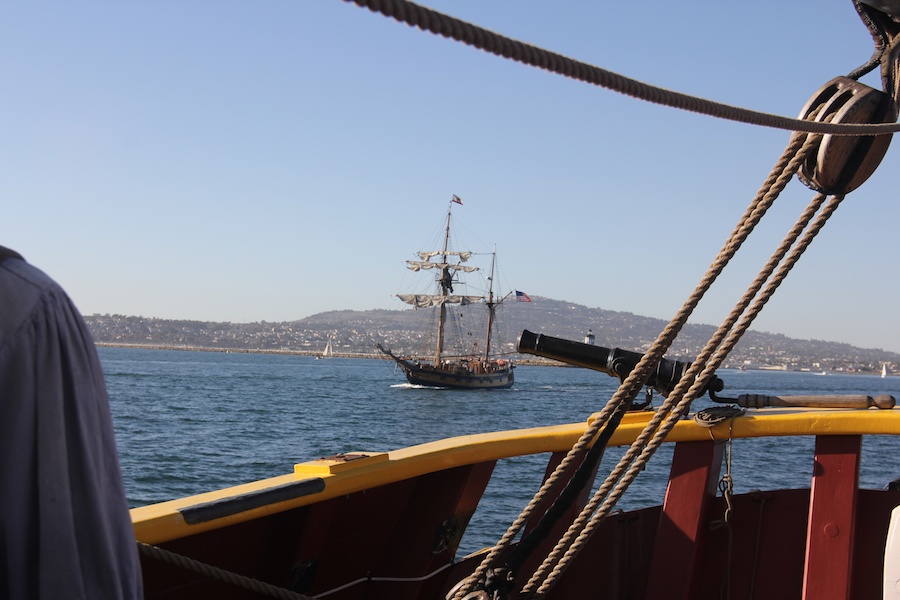
Oh dear... We is being followed
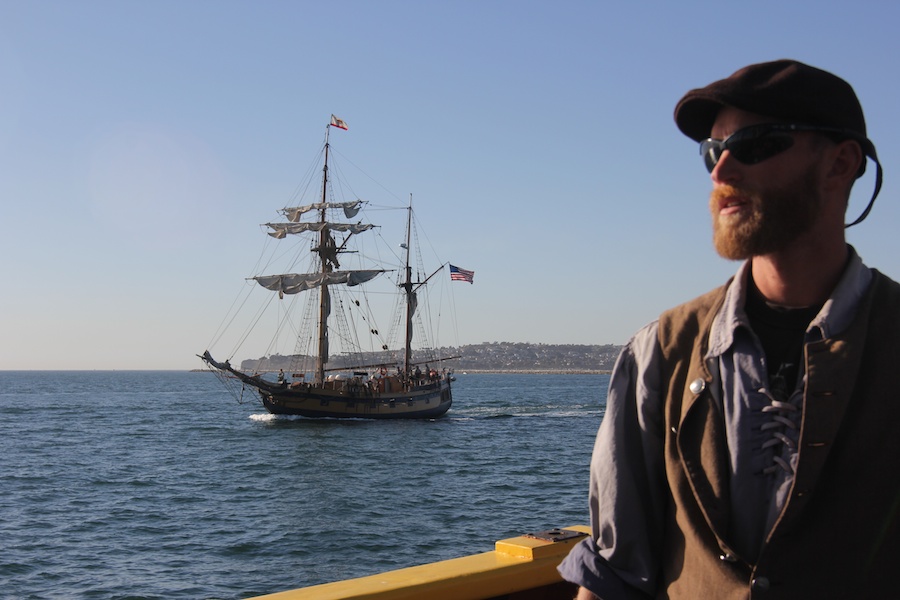
The Captain has things well in hand
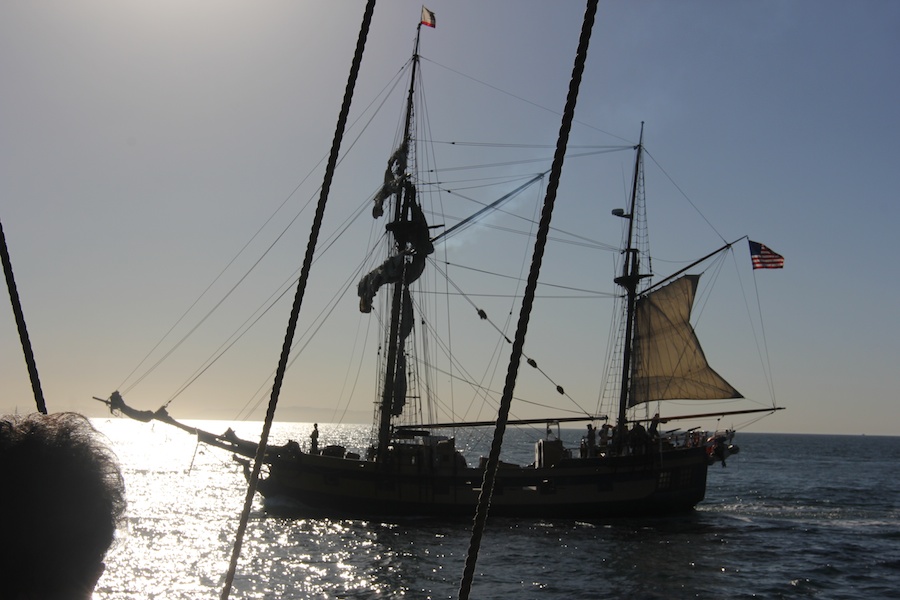
They are raising their sails and getting ready to do battle
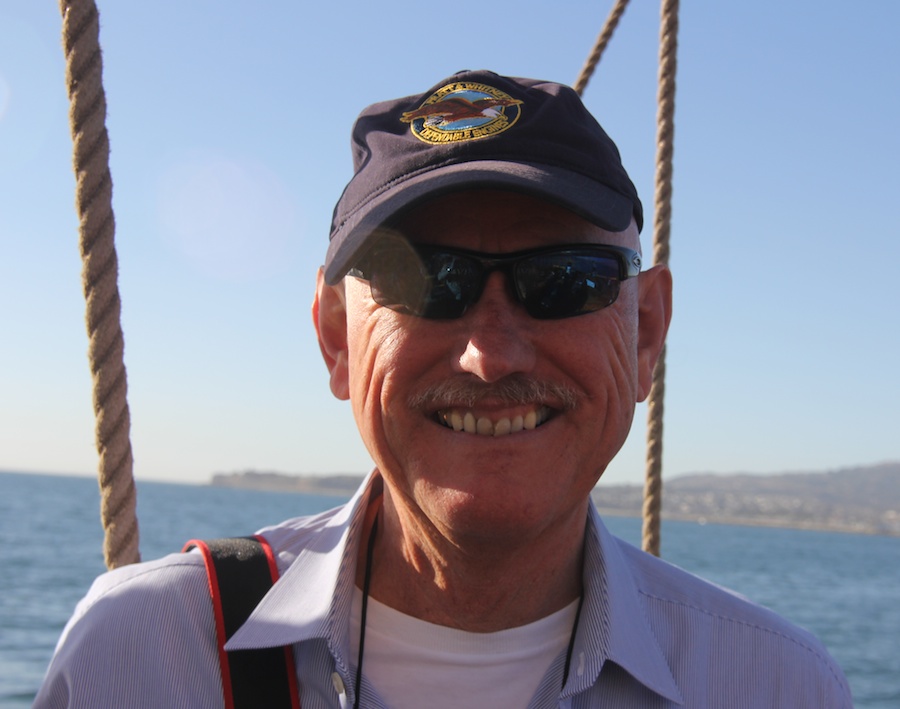
On no! Hans has more to share!
Are You Ready For More Hans-isms:
Keys - These items are used for opening locks and lockers aboard your boat, starting the engine and things of that nature. Keys can usually be found in the water beneath your boat. Also a place in Florida.
Lee - A famous Civil War general. Also meaning away from the wind.
Line – What you feed your spouse in order to obtain funding for additional boat-related purchases.
Mess – A term indicative of food, more indicative of the way shipboard galleys usually look.
No Wake Zone - An area of a waterway in which you are prohibited from waking people who may be sleeping.
Overboard - A term describing the final resting-place for anything expensive dropped while on board a boat.
PFD - Acronym for Personal Floatation Device. This is a multifunction device normally used as a cushion, packing material or sponge. The Coast Guard requires one for each person on board to ensure they have something soft to sit on in case standard seating is limited.
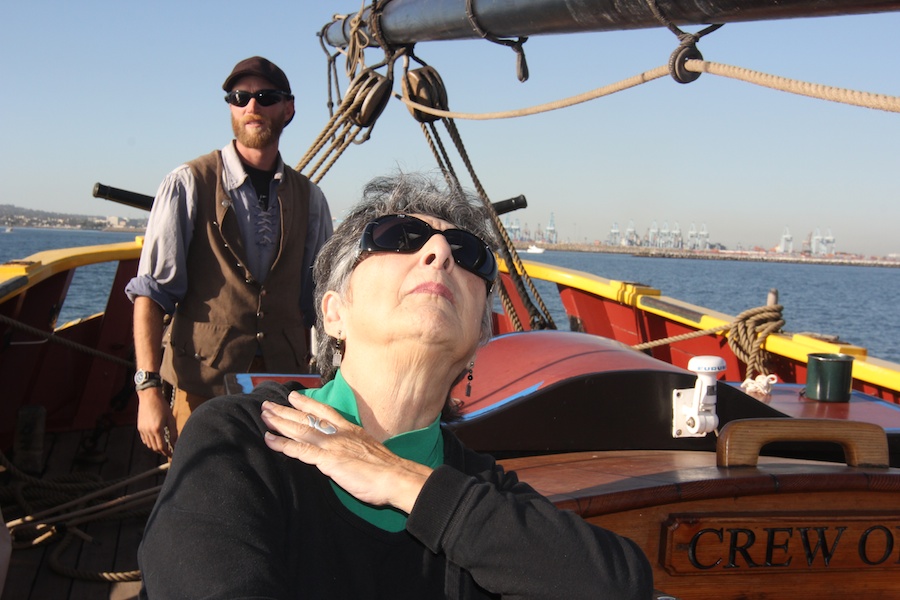
Irene looks worried
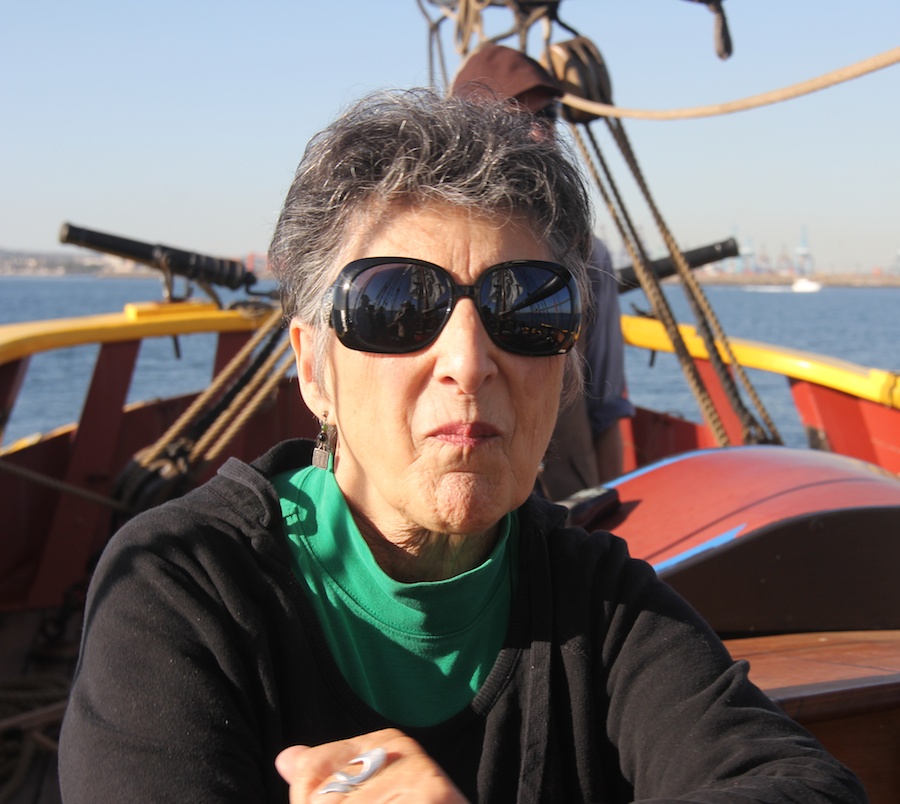
"Who? Me?"

"We are underway... I can feel the wind through my ears"
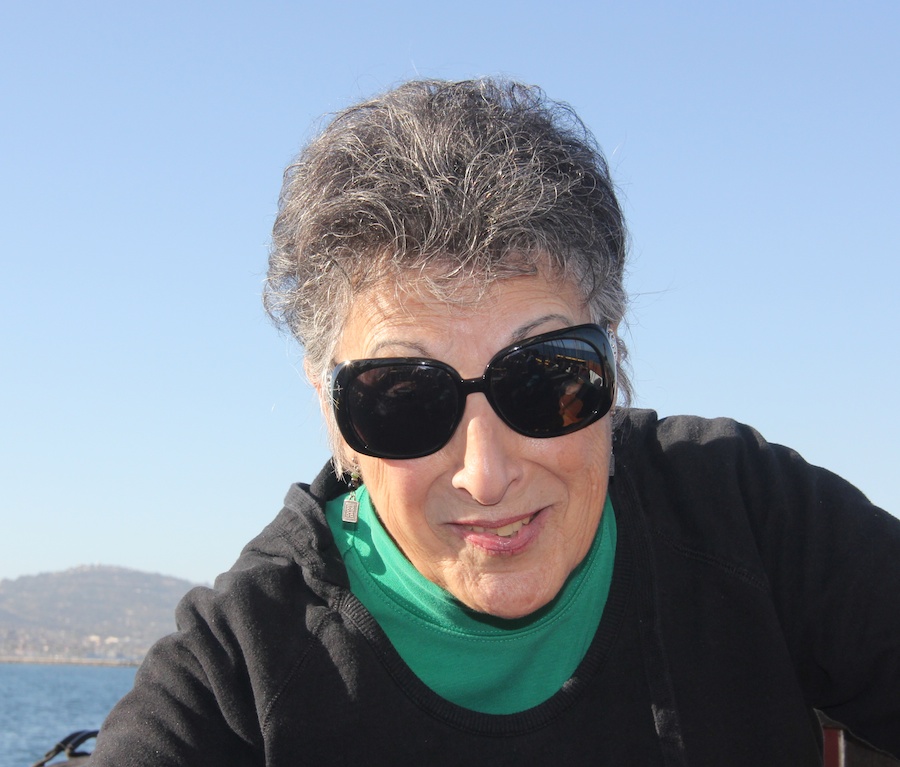
"You sir are now officially in trouble!"

Click! You're on candid camera
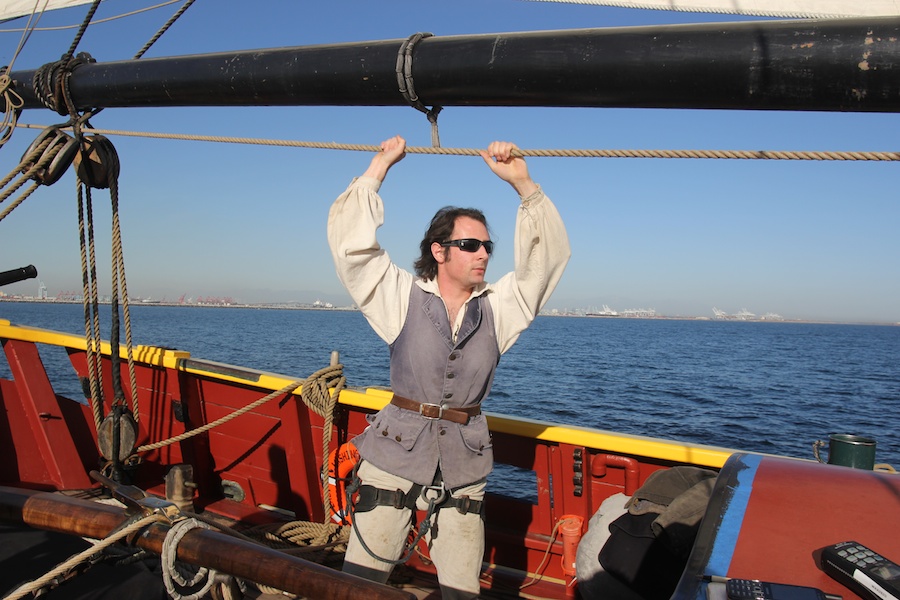
Superman holds the sails in place
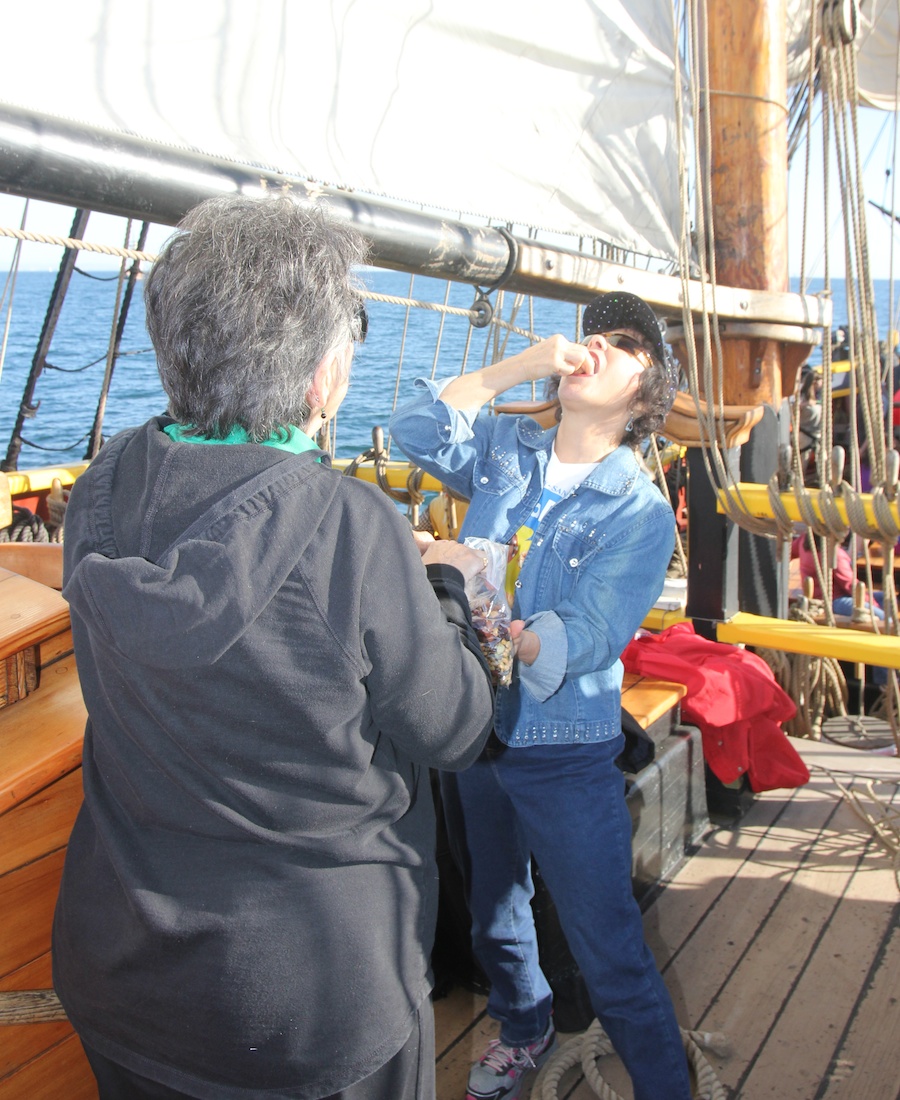
Nuts!
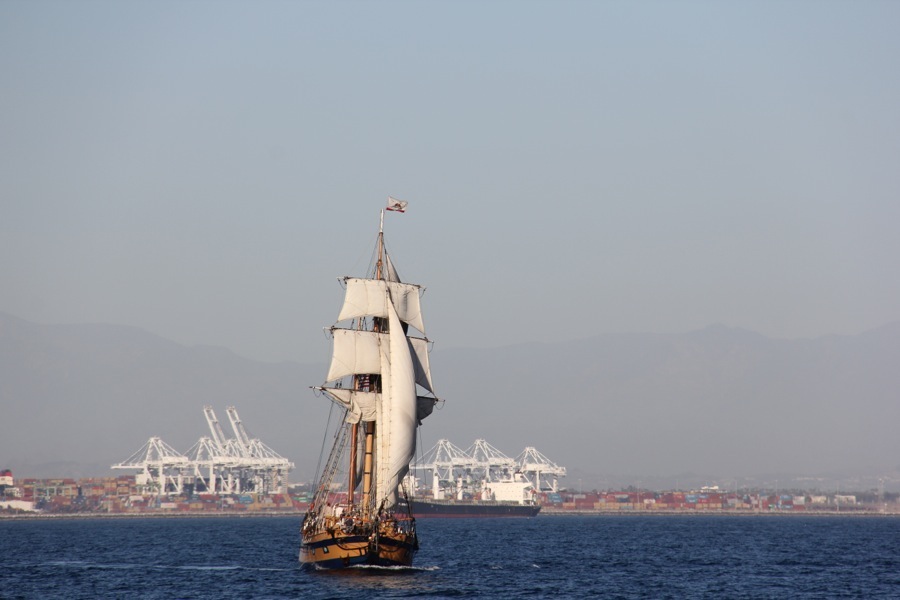
The Hawaiian Chieftans sails are up (Courtesy of Hans)
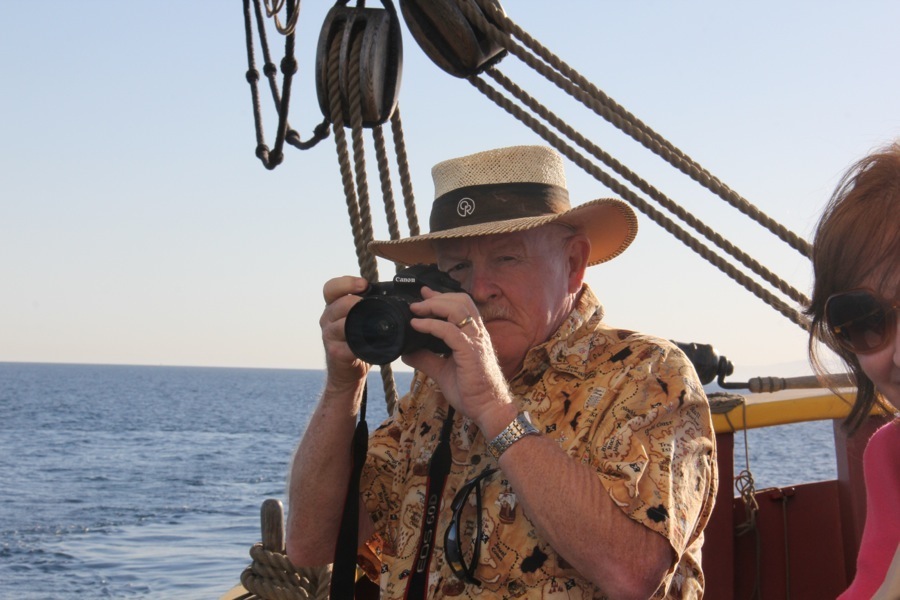
Paul made the first shot of the day (Courtesy of Hans)
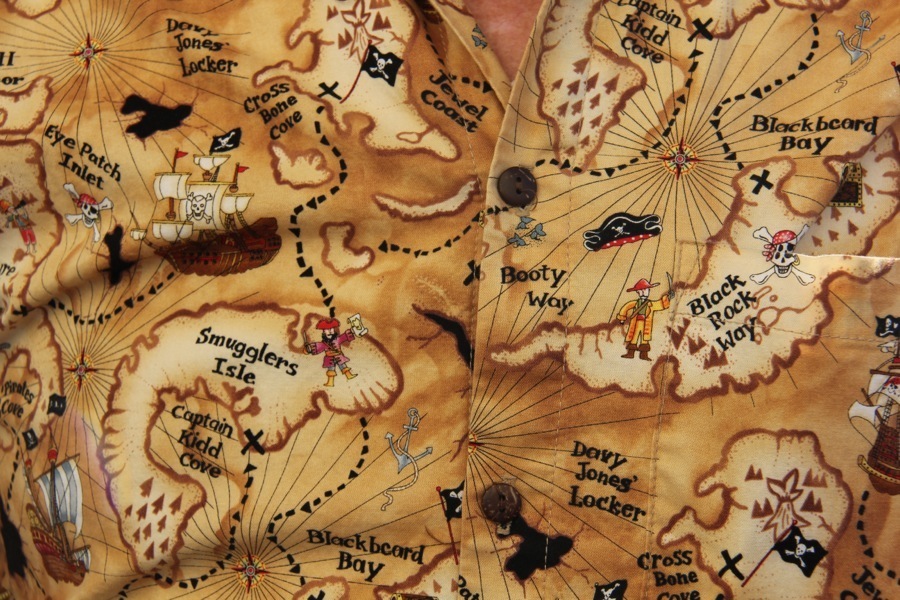
Appropriate clothing required (Courtesy of Hans)
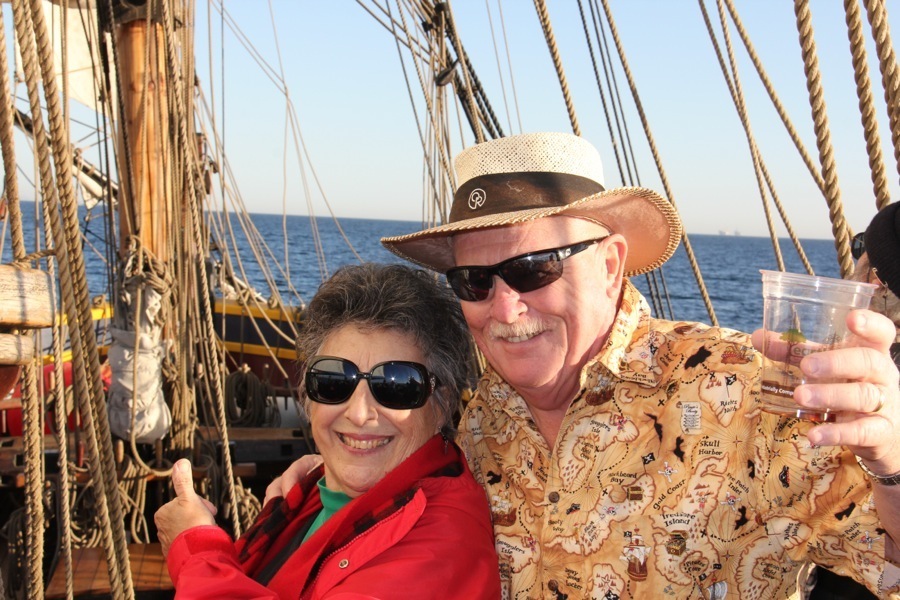
Friends and wine... A great match (Courtesy of Hans)

Bob hears something
Bob Share More Nautical Knowledge:
Port – This is what you drink when you are on the boat. Also the left side of the boat, also a place where boats congregate.
Propeller - A metal thing that looks like a fan and is attached to your motor. Propellers typically do not have the same number of blades they came with. The propeller is a dual-purpose item. It both propels your boat through the water and catches stray dock and rigging lines before they can harm wildlife.
Rudder - This is the device that steers your boat. The rudder is usually the first part of your boat to come off when you hit a rock.
Rock - These are devices used to remove rudders from boats. Also what your boat does just after you fill all your glasses to the brim with port.
Sailboat Race – Two or more sailboats headed in approximately the same direction.
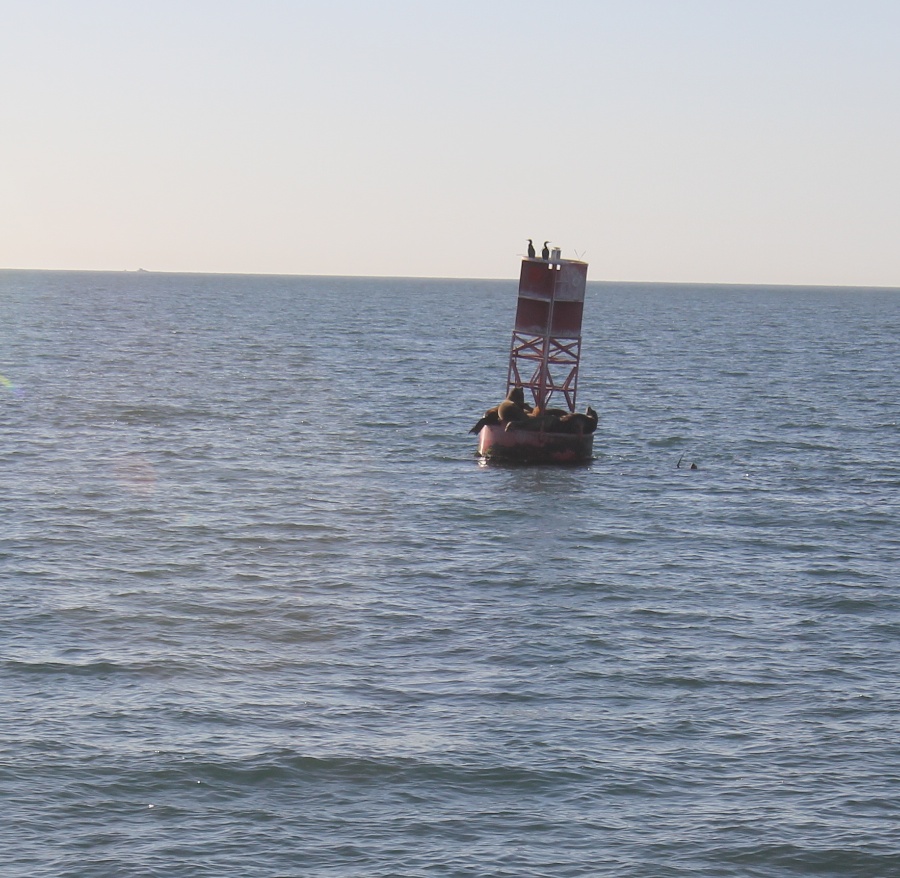
Sea Lions give the buoy a strange sound effect
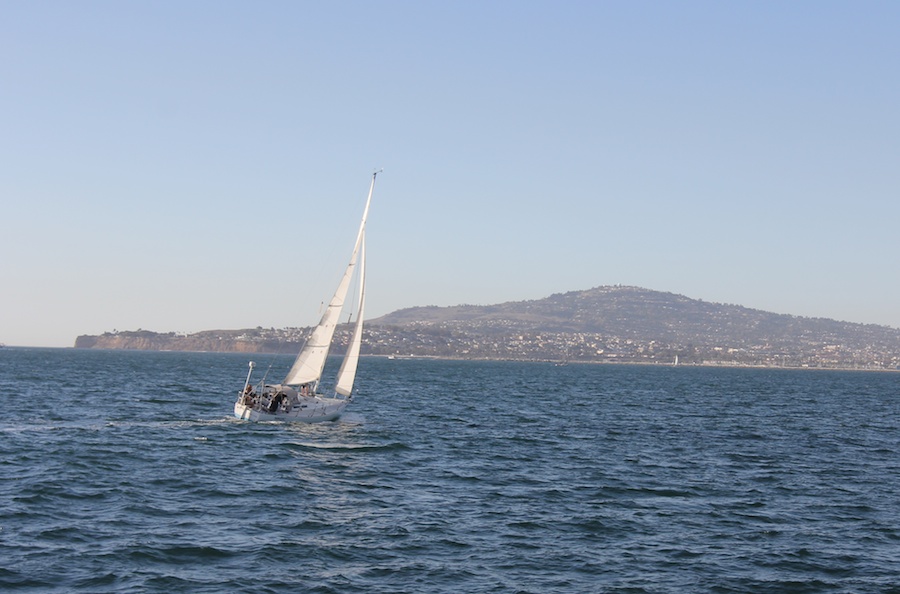
We are beginning to get some wind
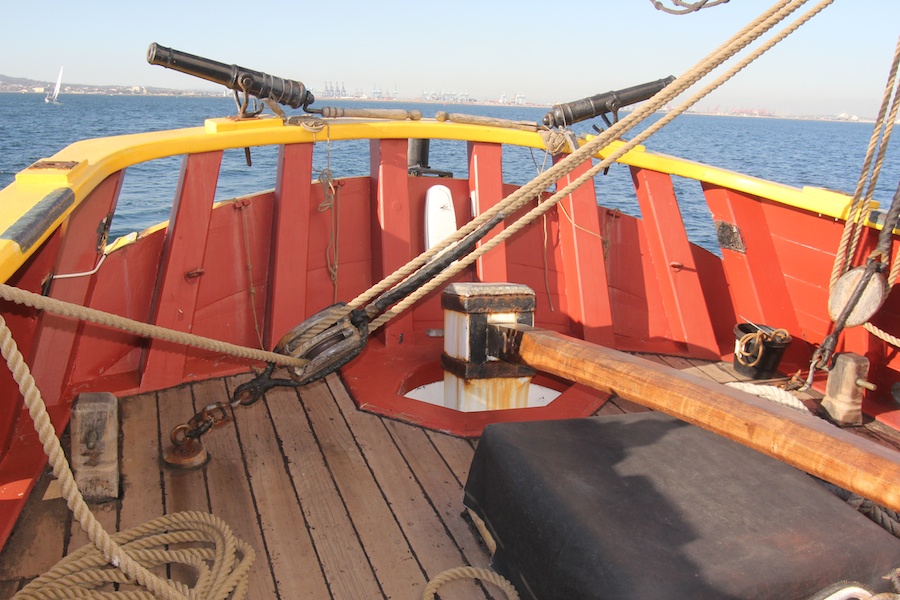
The guns are being readied
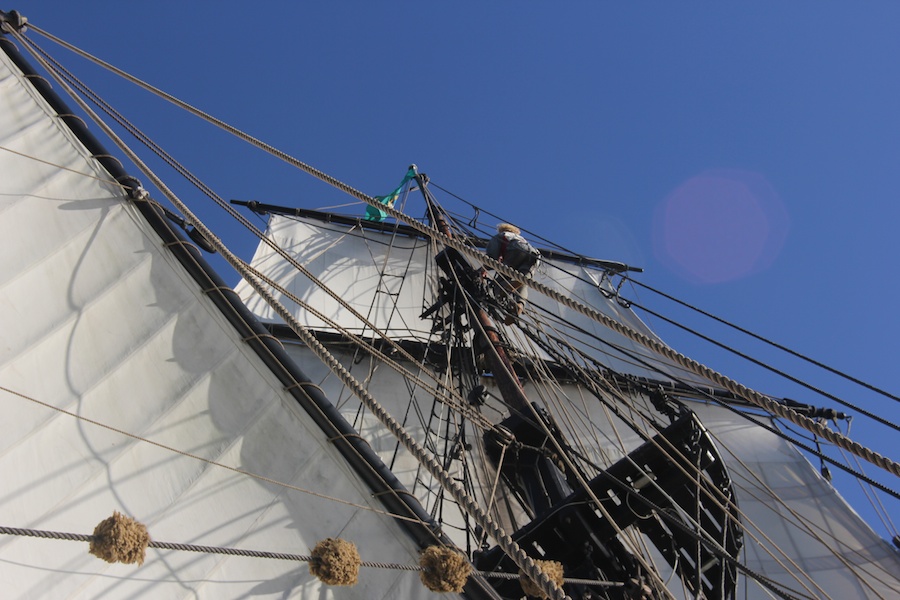
When a line gets fouled, someone has to go up and fix it
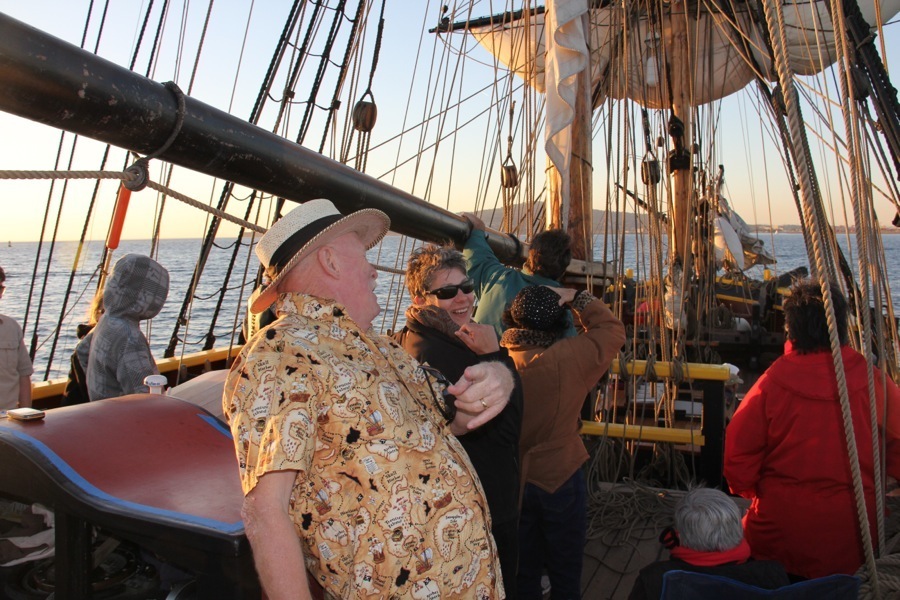
Get ready... The battle of the century is about to begin (Courtesy of Hans)

Keep your powder dry
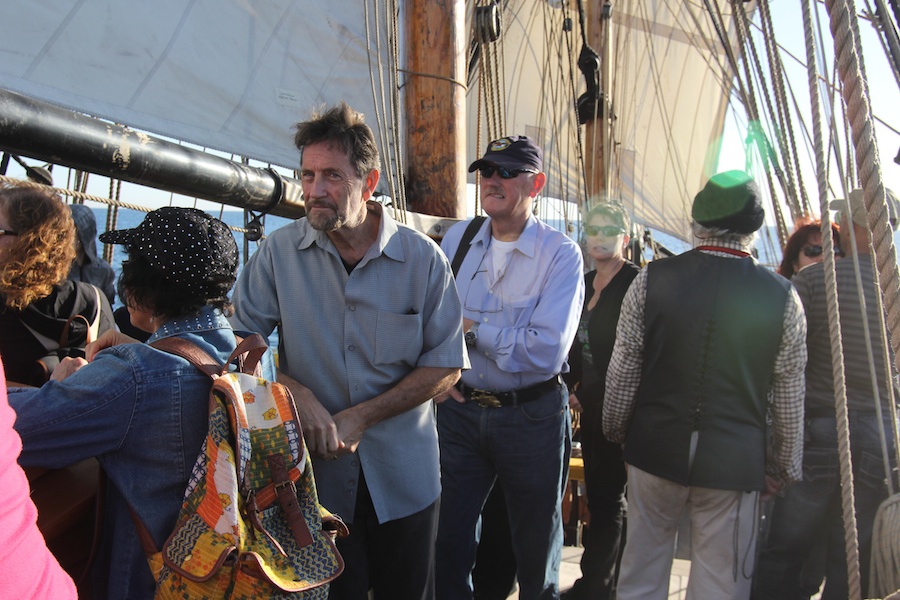
It looks like the battle is going to begin soon
Sound: The Last Farewell
"The Last Farewell" is the title of a song from 1971 by the British-Kenyan folk singer Roger Whittaker. Whittaker hosted a radio programme in Great Britain in 1971, backed by a full orchestra with arrangements by Zack Lawrence.
Whittaker is quoted as saying that "one of the ideas I had was to invite listeners to send their poems or lyrics to me and I would make songs out of them. We got a million replies, and I did one each week for 26 weeks."
Ron A. Webster, a silversmith from Birmingham, England, sent Whittaker his poem titled "The Last Farewell", and this became one of the selections to appear on the radio programme. It was subsequently recorded and featured on Whittaker's 1971 album New World in the Morning (A Special Kind of Man in the US and Canada).
Although the song failed to reach the music charts then, it's one of the fewer than forty all-time singles to have sold 10 million (or more) physical copies worldwide.
12/29/2013 The Battle Begins (Page Two)
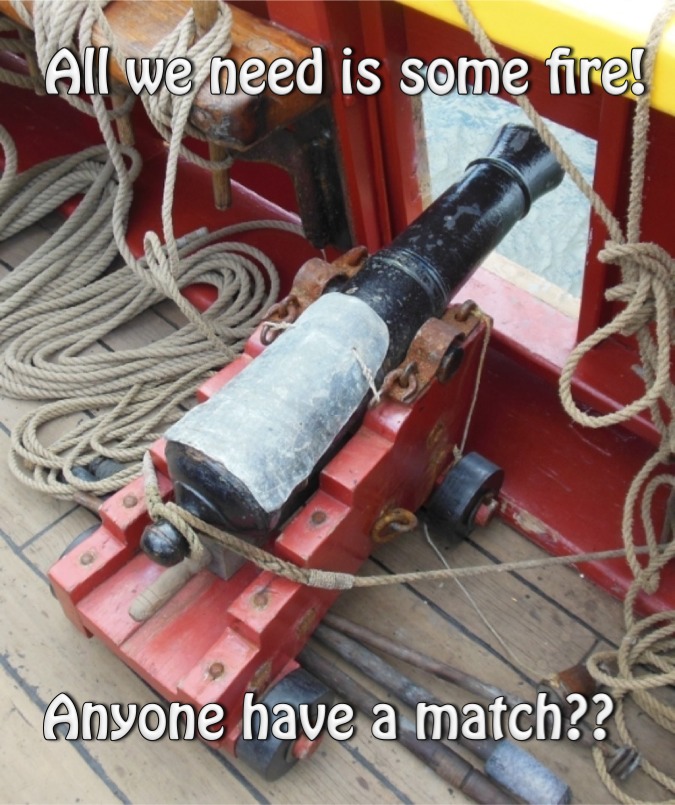
Did You Know? - Since ancient times, war at sea had been fought much like on land: with melee weapons and bows and arrows, but on floating wooden platforms rather than battlefields. Though the introduction of guns was a significant change, it only slowly changed the dynamics of ship-to-ship combat.
The first guns on ships were small wrought-iron pieces mounted on the open decks and in the fighting tops, often requiring only one or two men to handle them. They were designed to injure, kill or simply stun, shock and frighten the enemy prior to boarding.
As guns were made more durable to withstand stronger gunpowder charges, they increased their potential to inflict critical damage to the vessel rather than just their crews. Since these guns were much heavier than the earlier anti-personnel weapons, they had to be placed lower in the ships, and fire from gunports, to avoid ships becoming unstable.
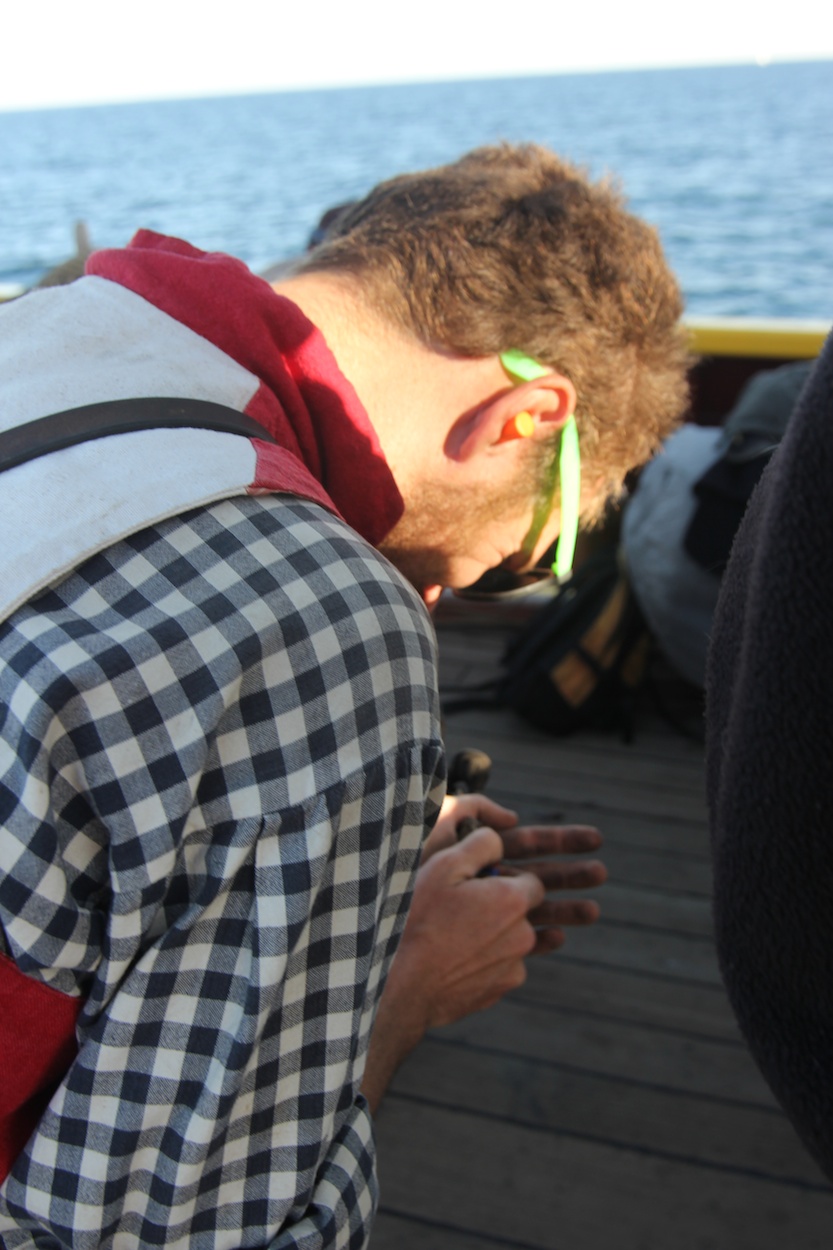
The dang wind keeps blowing the fire out!
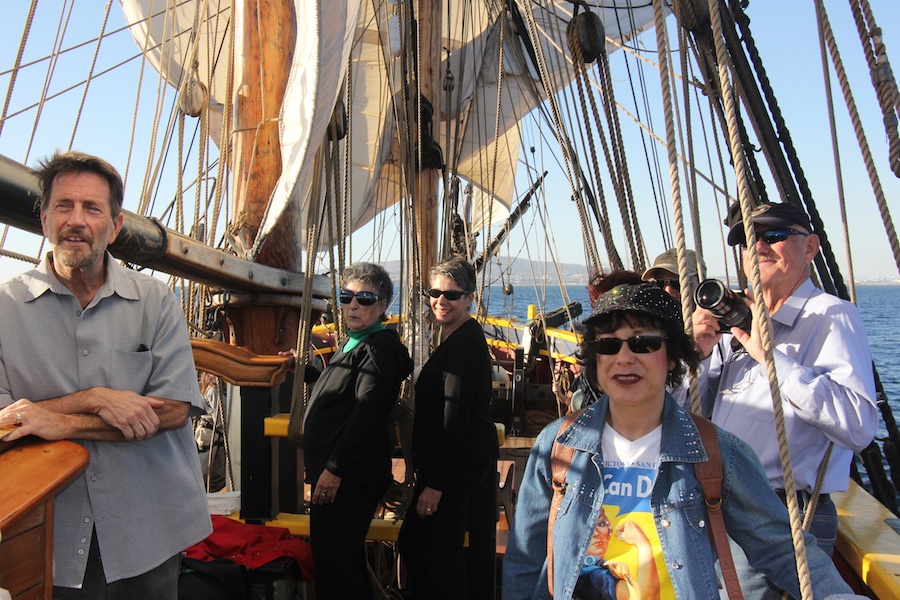
Is this going to be noisy???
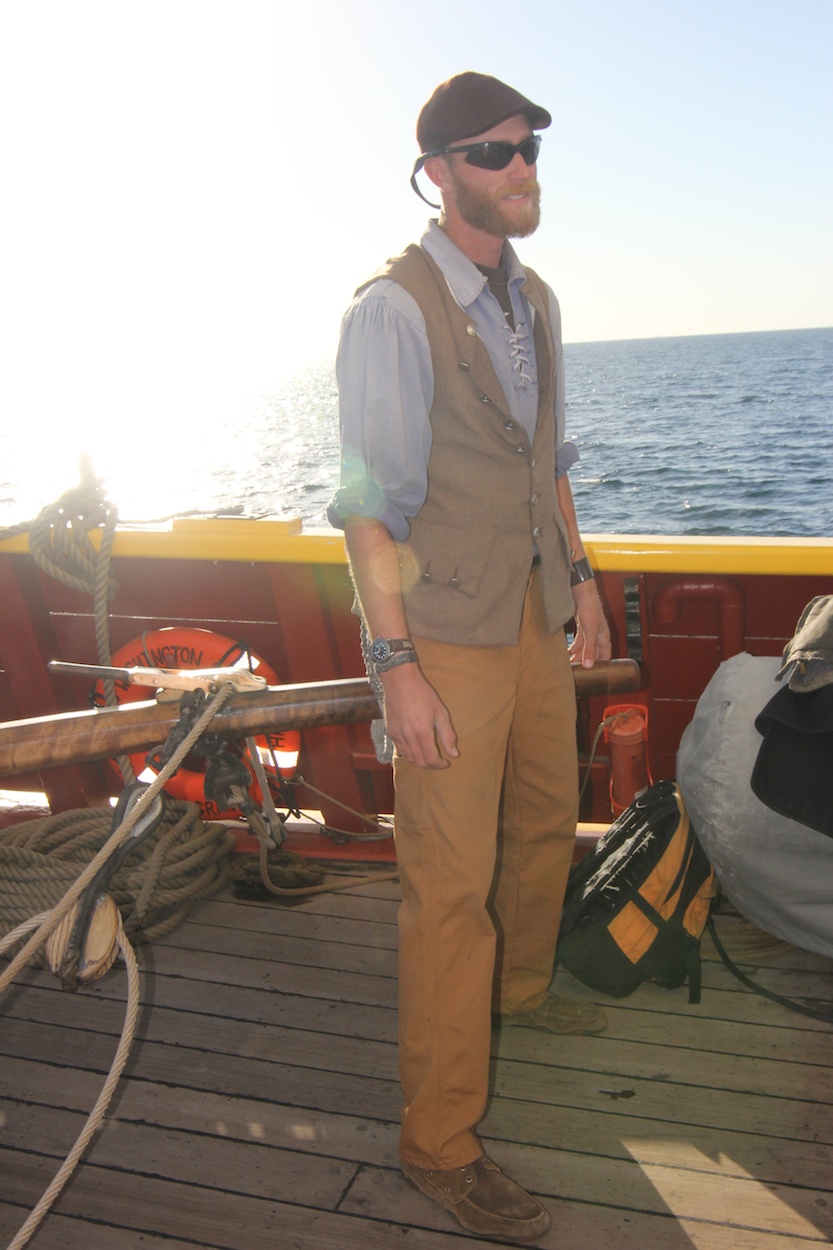
The Captain looks perplexed
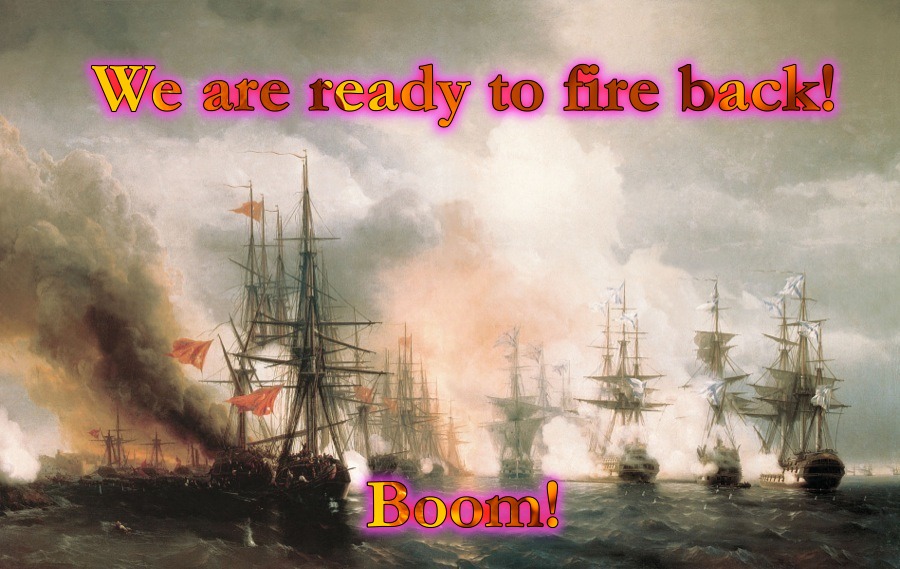
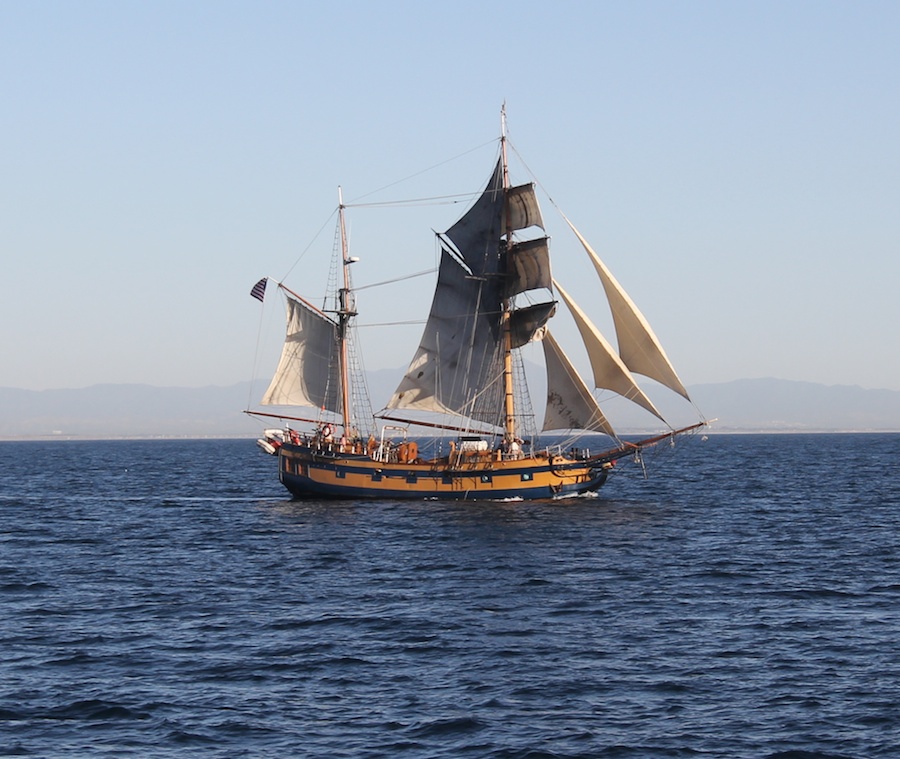
The pirates are sneaking up on us!
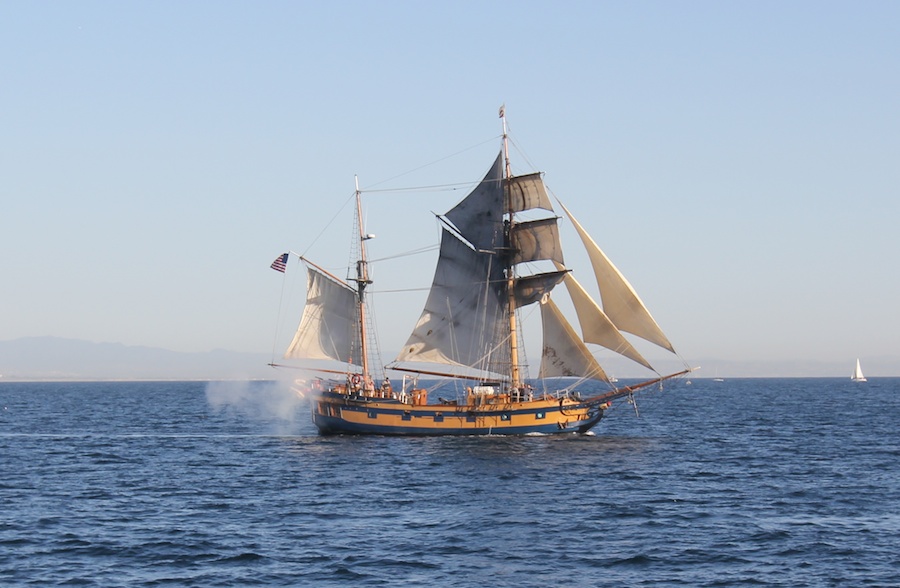
Boom! First blood
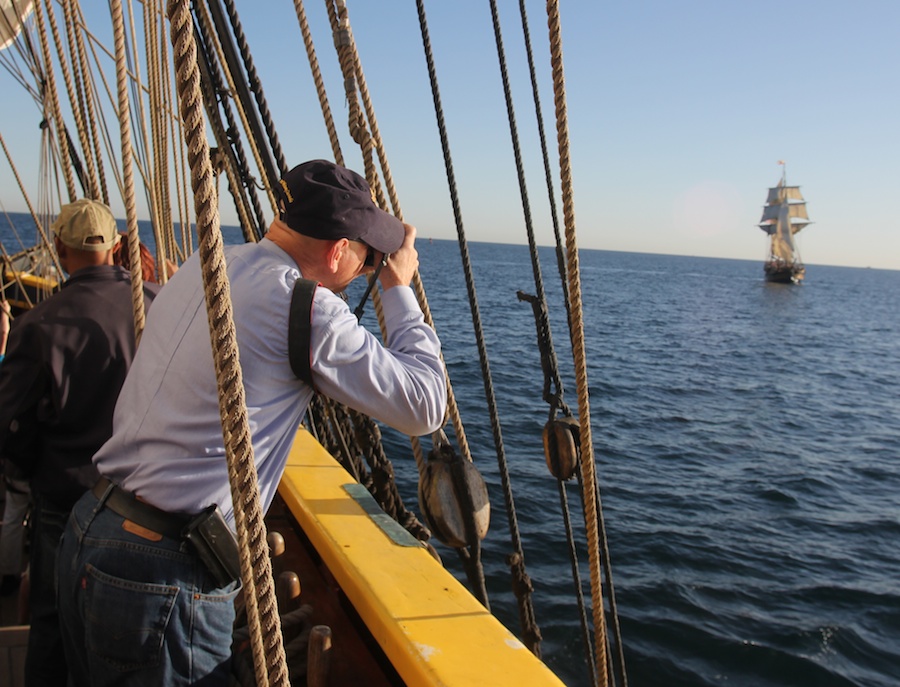
Hans get a picture for the evidence
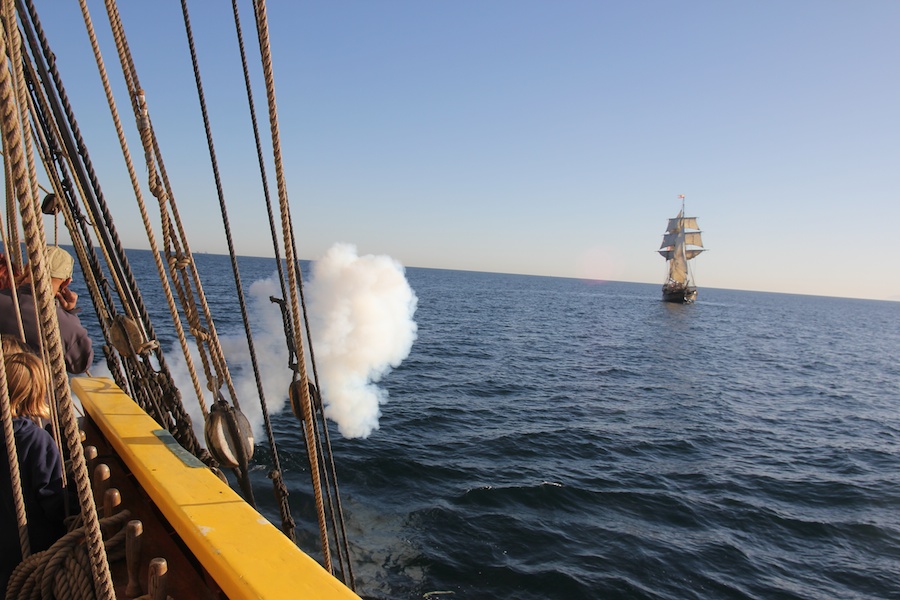
Take that you devil!
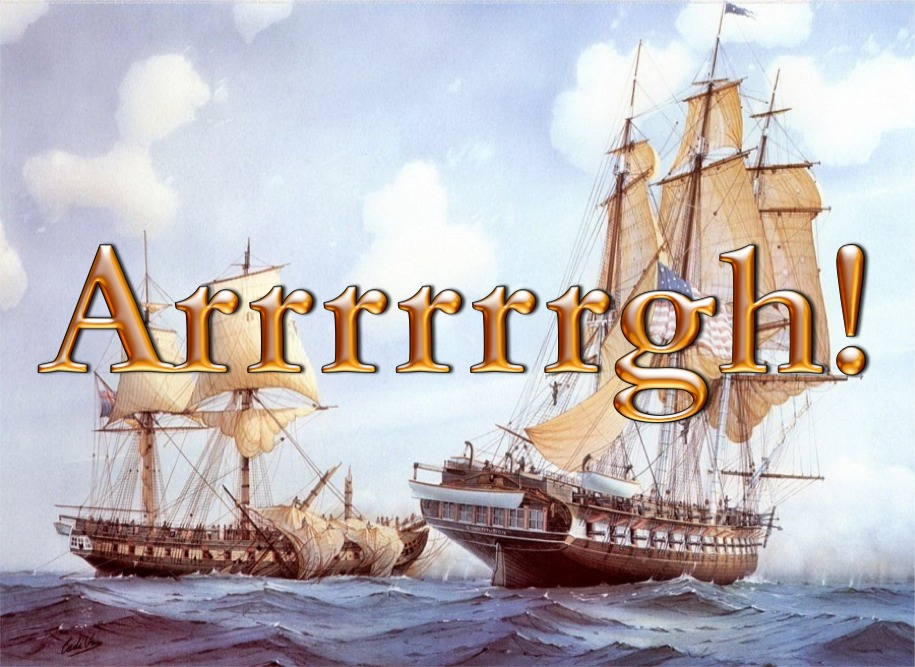
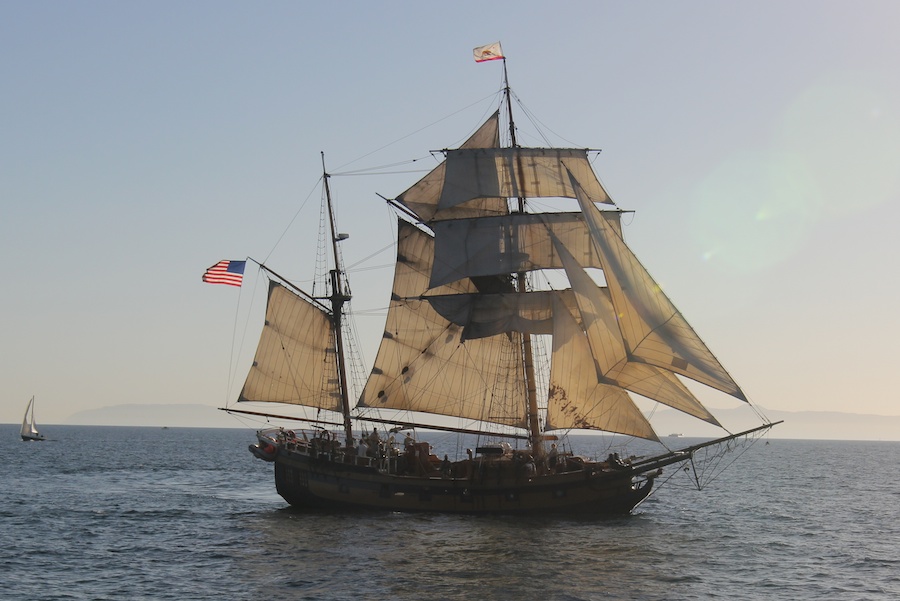 Great target
Great target
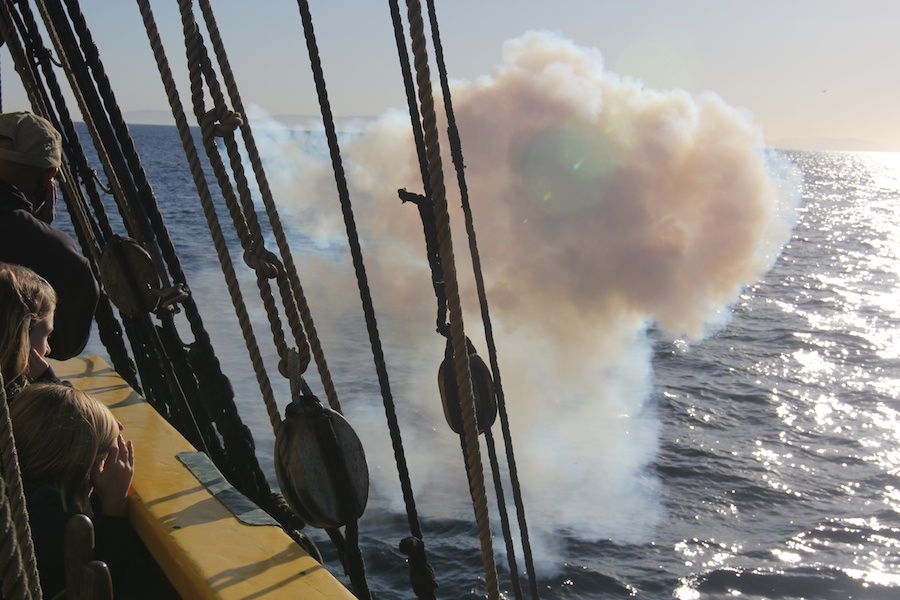 Blam
Blam
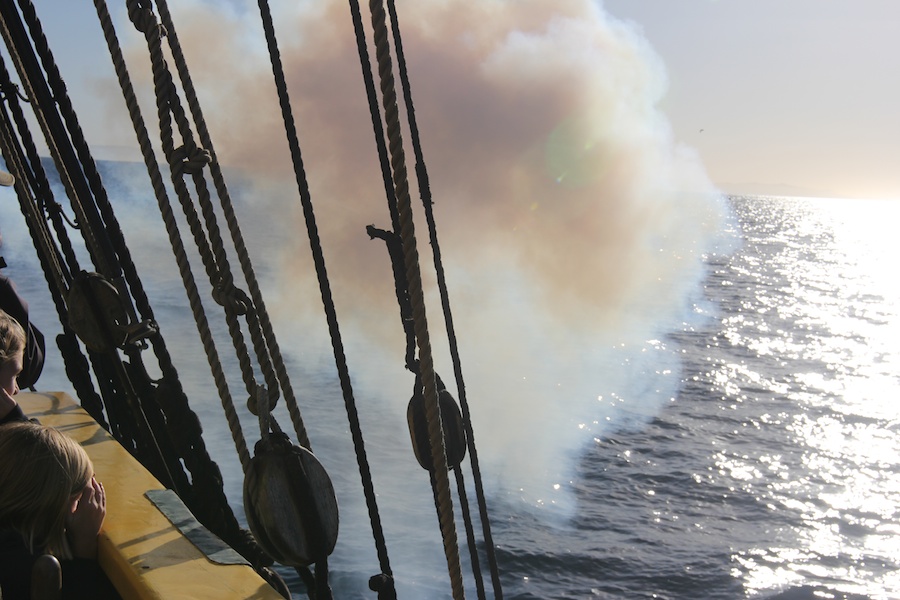
It's smoking
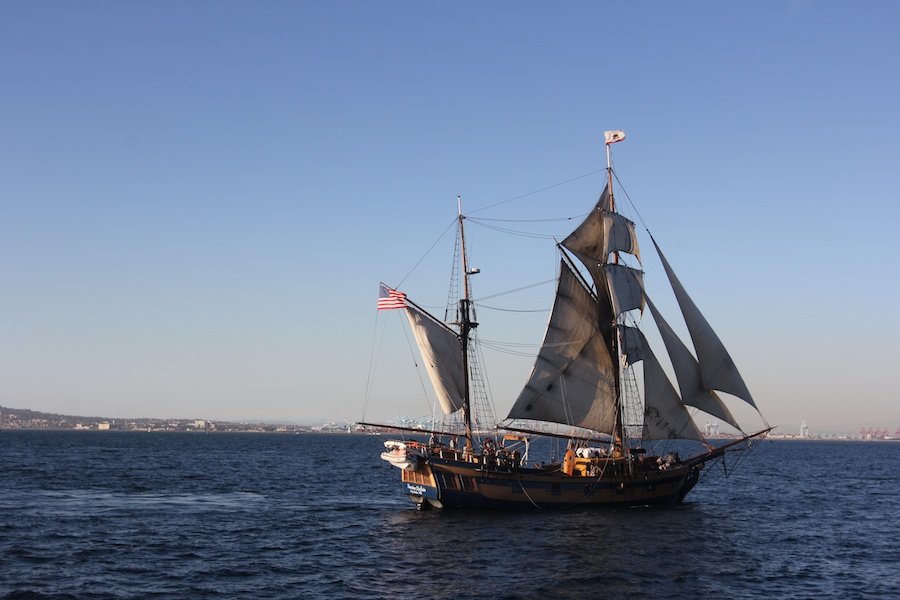
She was running from us
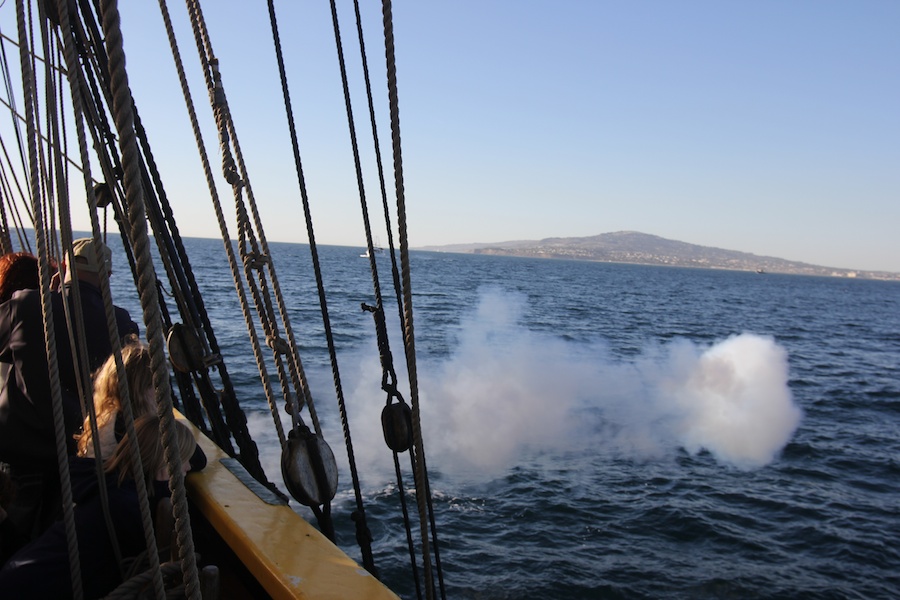 Broadside!
Broadside!
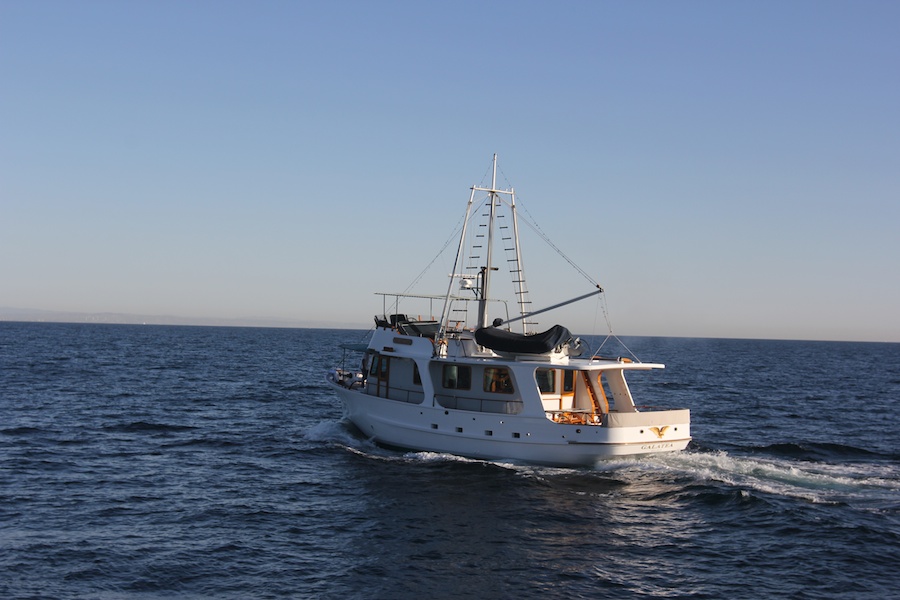
She joined the fight.... Shelled each of us!
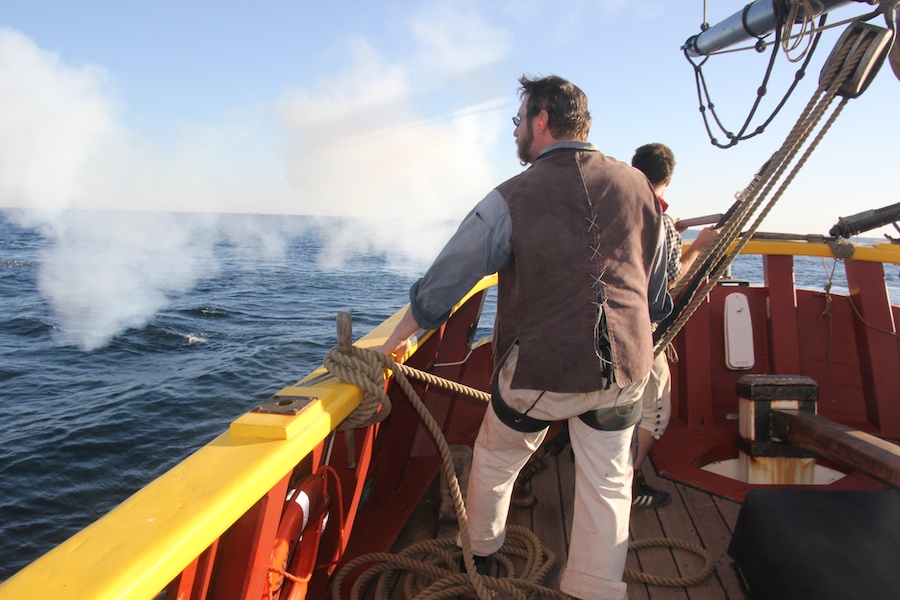
Another gun shot
Did You Know? - First invented in China, cannon were among the earliest forms of gunpowder artillery, and over time replaced siege engines—among other forms of ageing weaponry—on the battlefield. In the Middle East, the first use of the hand cannon is argued to be during the 1260 Battle of Ain Jalut between the Mamluks and Mongols. The first cannon in Europe were probably used in Iberia in the 11th and 12th centuries, and English cannon were first deployed in the Hundred Years' War, at the Battle of Crécy, in 1346.
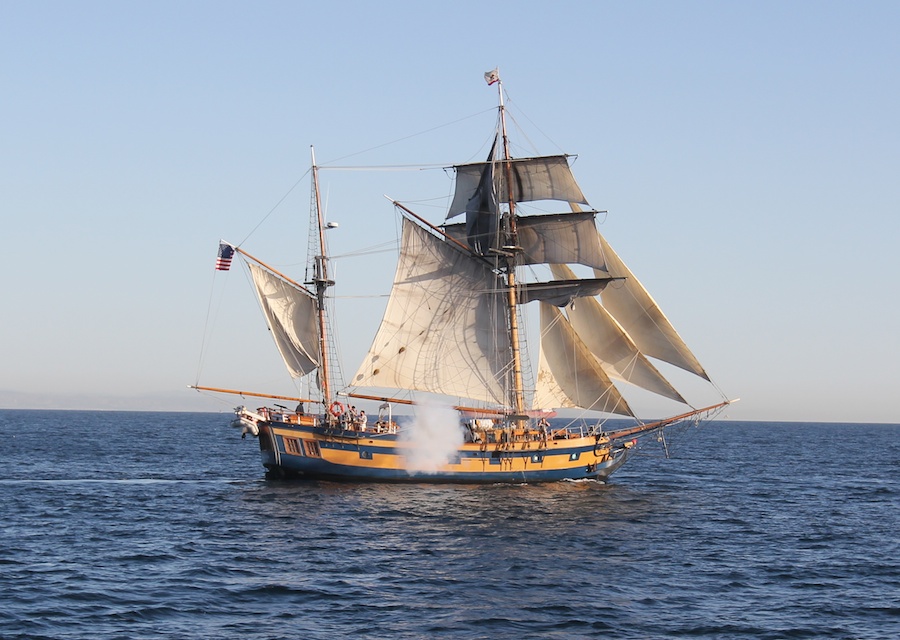
Dang... She will not give up!
Did You Know? - Cannon is derived from the Old Italian word cannone, meaning "large tube", which came from Latin canna, in turn originating from the Greek κάννα (kanna), "reed", and then generalized to mean any hollow tube-like object; cognate with Akkadian term qanu and Hebrew qāneh, meaning "tube" or "reed".
The word has been used to refer to a gun since 1326 in Italy, and 1418 in England. Cannon serves both as the singular and plural of the noun, although in American English the plural cannons is more common.
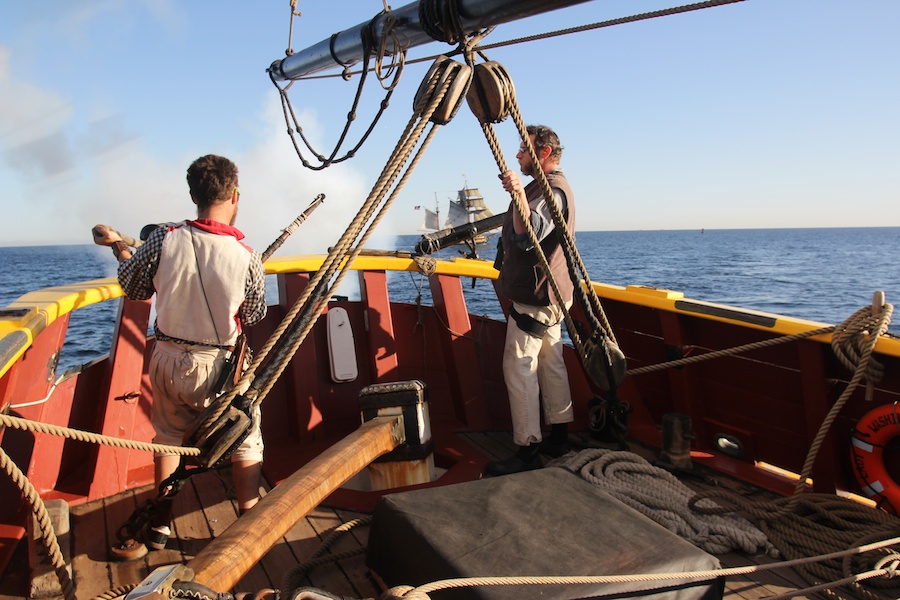
"Take that you devil!"
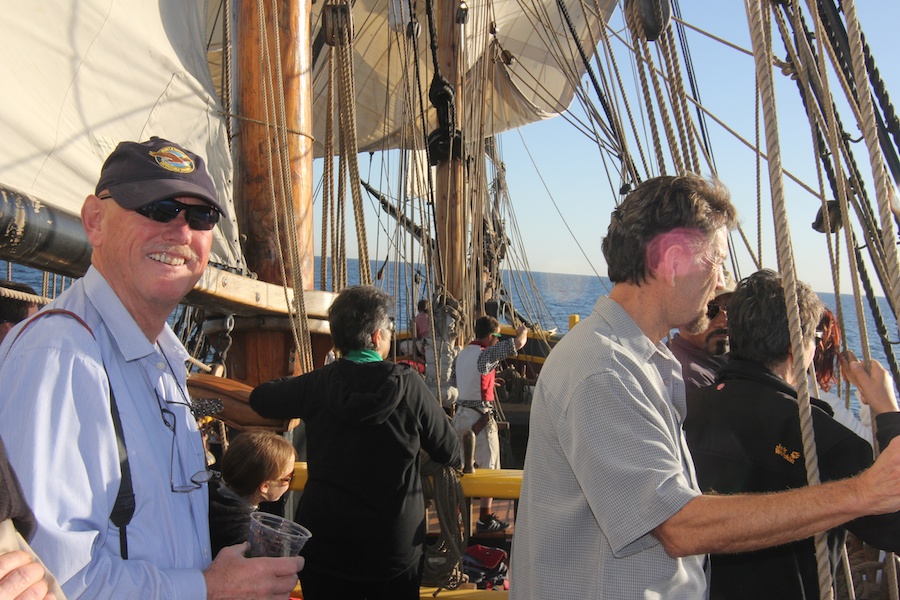
Hans is calling the shots
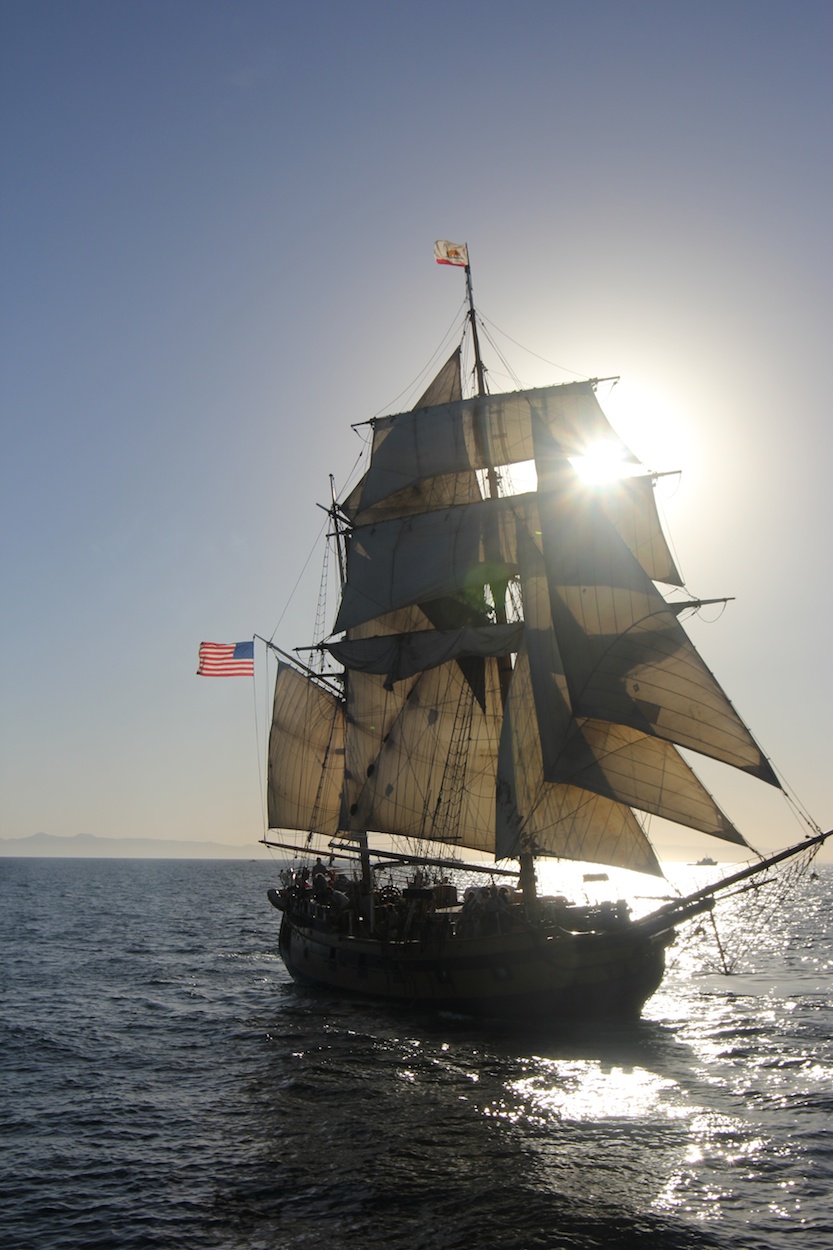
An amazing vessel
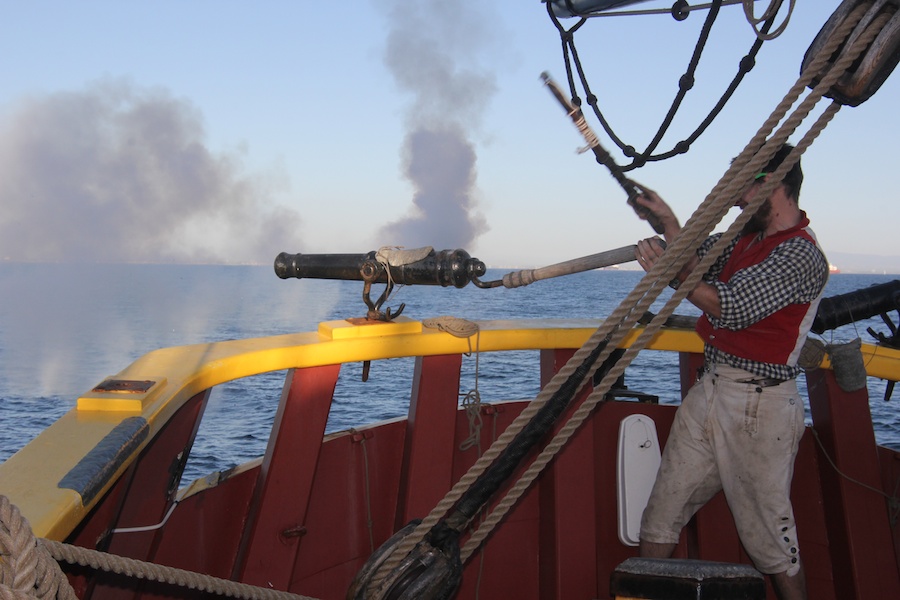
Blam
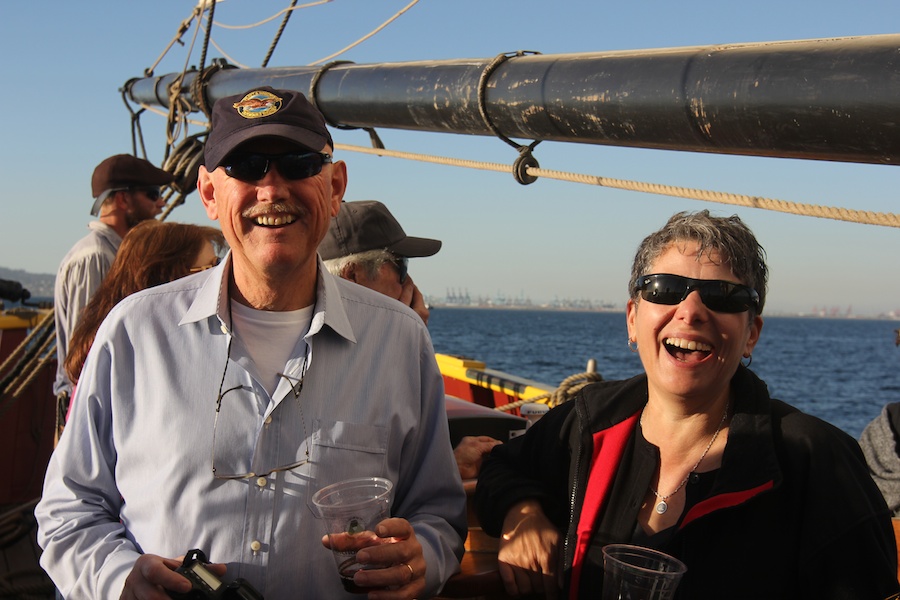
"Hey Paul, I have an Idea!"
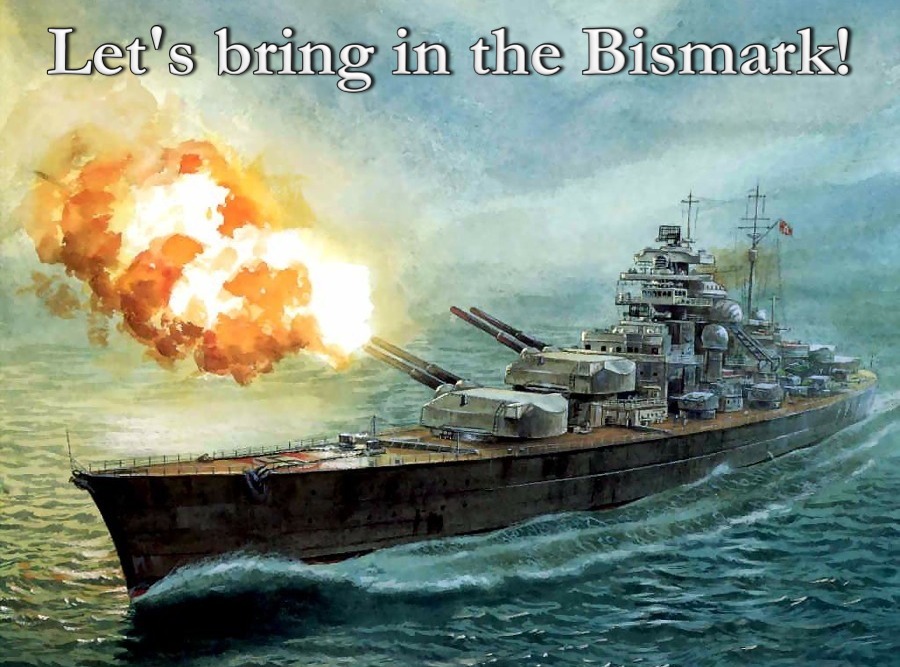
Did You Know? - "Sink the Bismark" (later "Sink the Bismarck") is a novelty song, written by country music singer Johnny Horton and Tillman Franks, based on the pursuit and eventual sinking of the German battleship Bismarck in May 1941, during World War II. Horton released this song in 1960, where it reached #3 on the charts.
As originally released the record label used the common misspelling "Bismark", this was corrected for later releases of the song.
It was inspired by the 1960 movie Sink the Bismarck! and was in fact (with the English producer John Brabourne's approval) commissioned from Johnny Horton by 20th Century Fox who were worried about the subject's relative obscurity. While the song was used in U.S. theater trailers for the film, it was not used in the film itself.
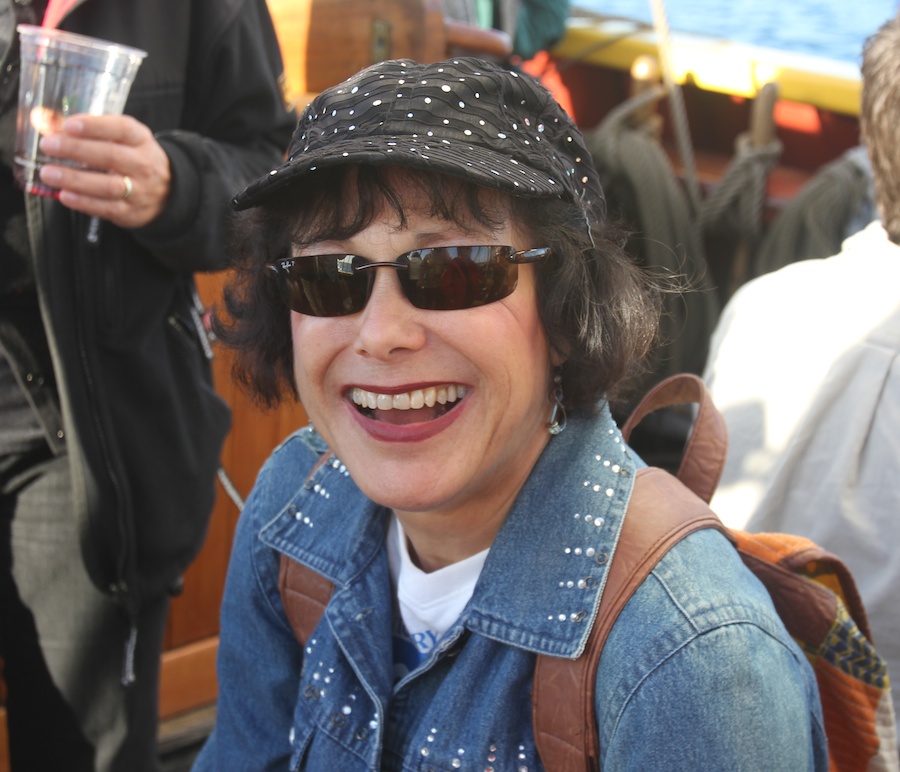
"I likes the boom boom!"
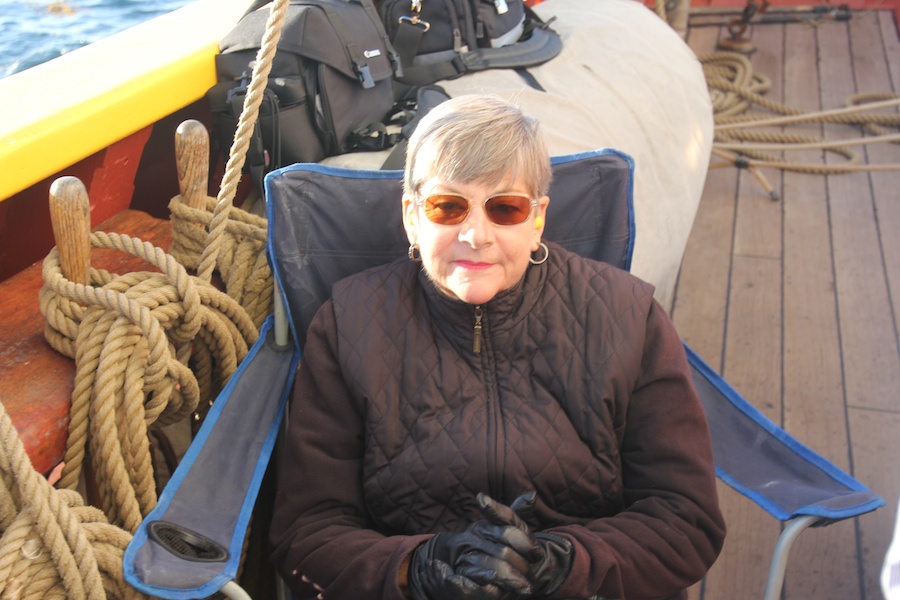
"I know what kind of a cannon we need!"

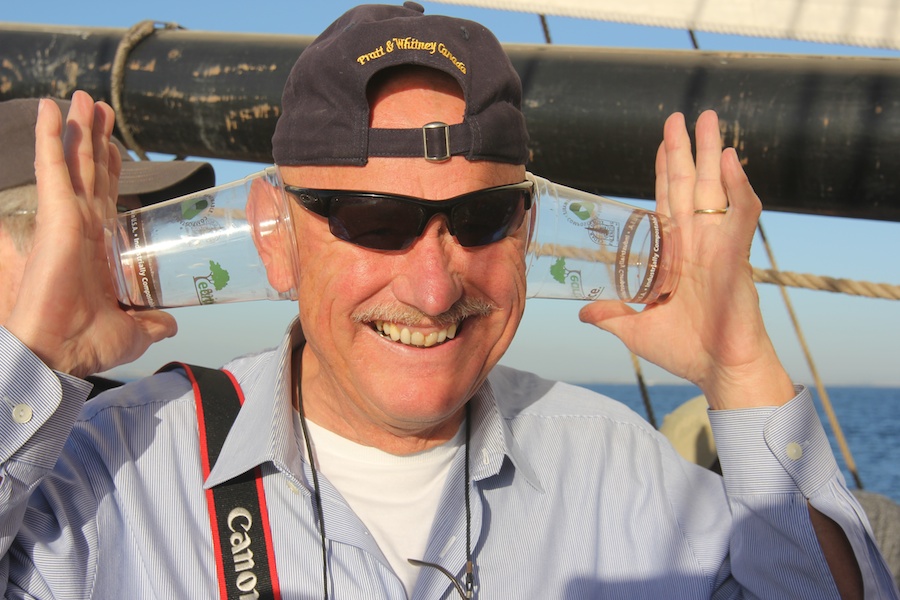
A new kind of ear protection!
Pour wine in the ears and they go to sleep
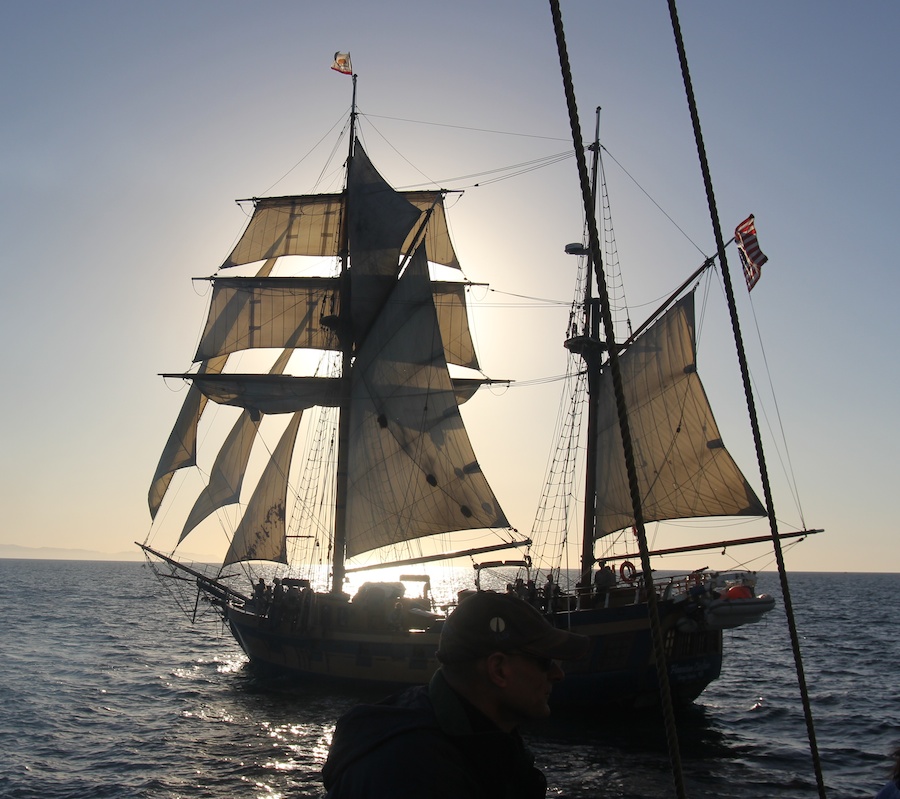
The sun be setting
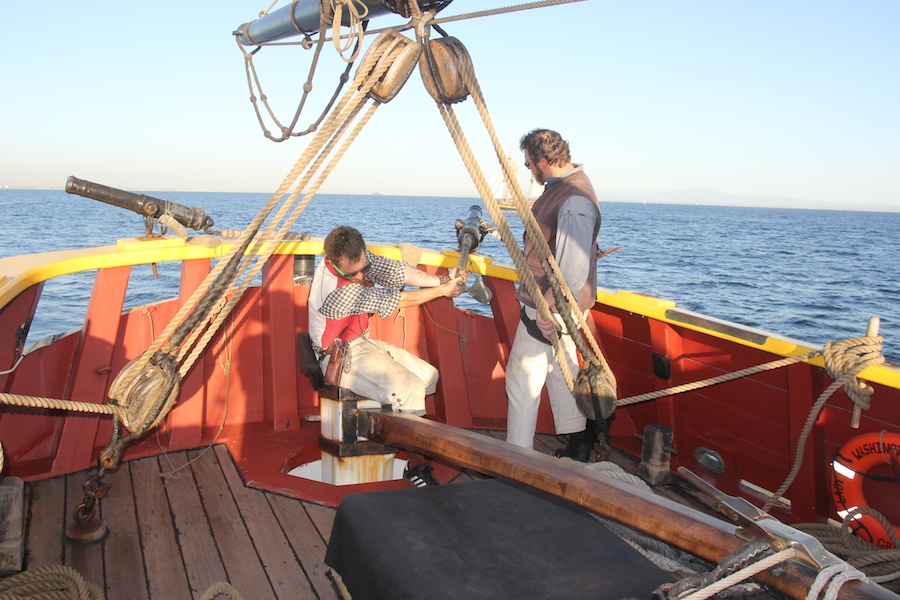
"OK... We will get him this time!"
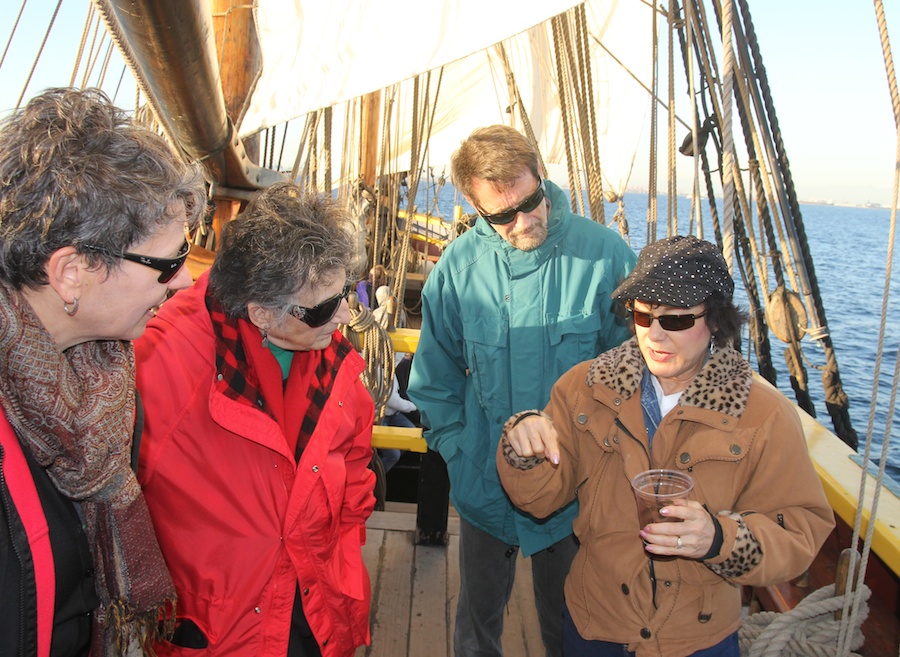
"I saw it... It was a direct hit"
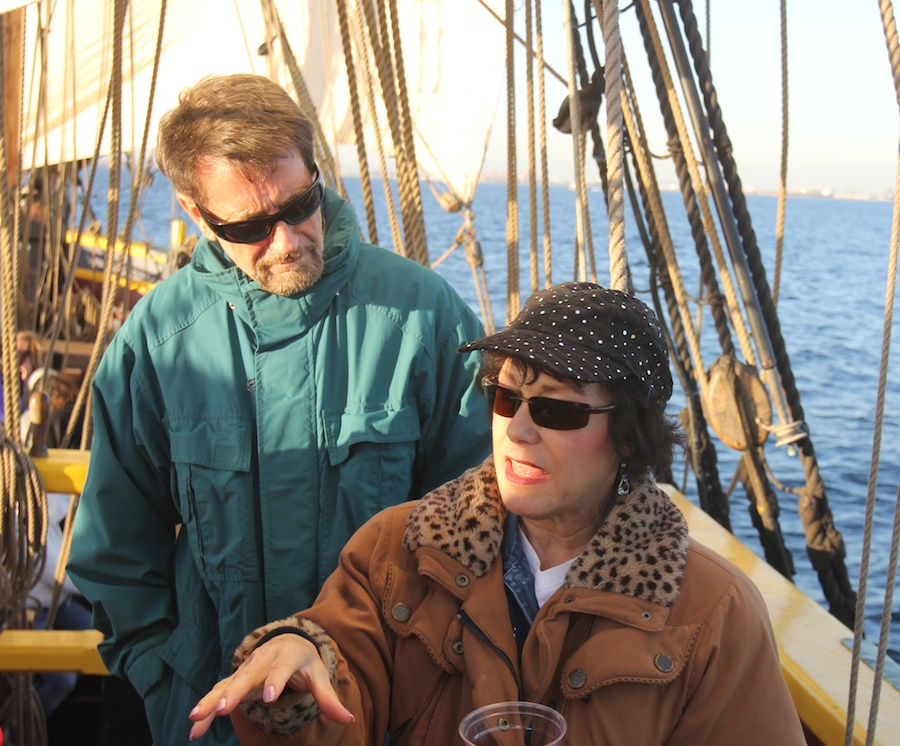
Donna knows the strategy....
Get them in the cross-hairs and blast-em
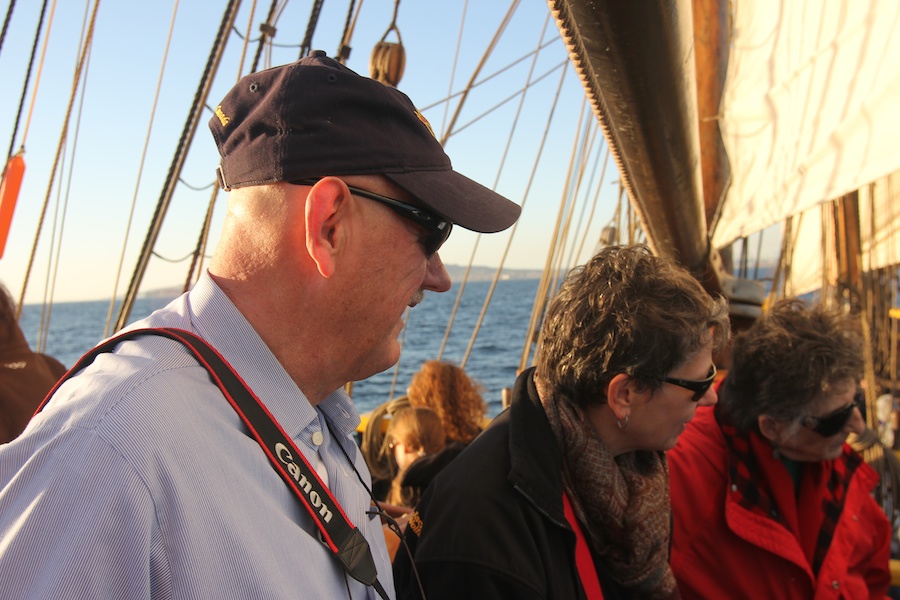
Everyone is on their tippy-toes listening to Donna explain what happened
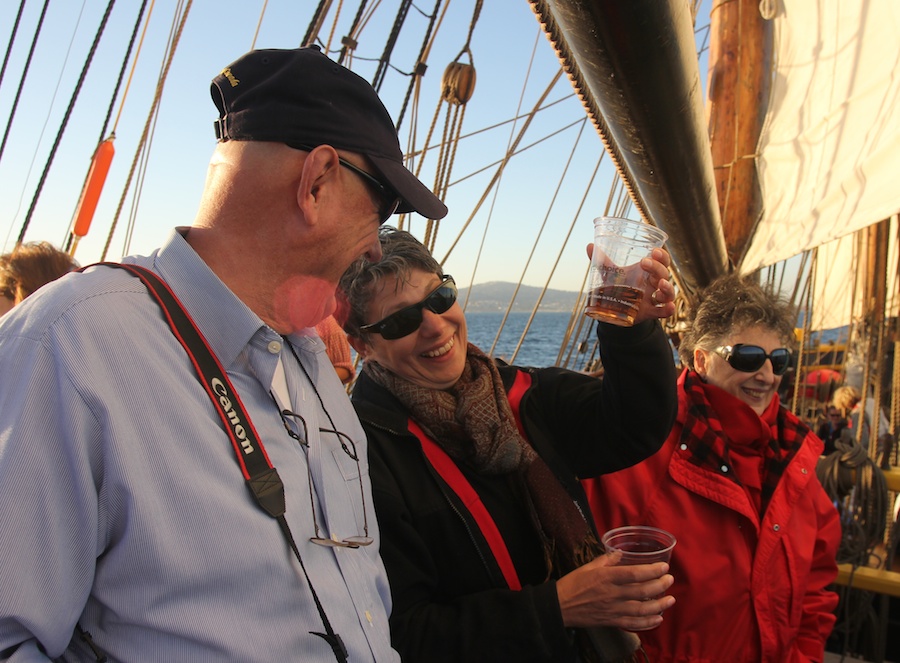
"I'll drink to that!"
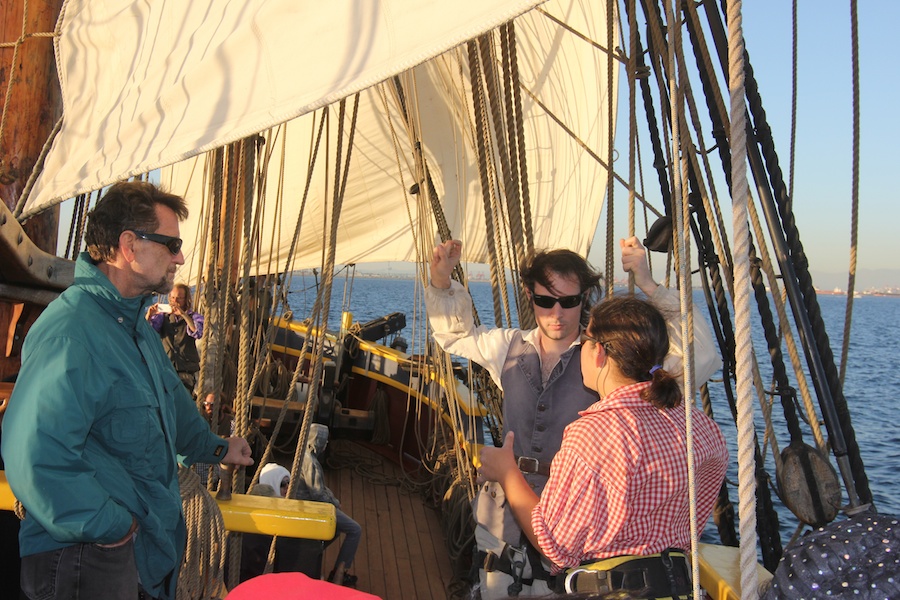
Bob get the first hand scoop from the crew!"
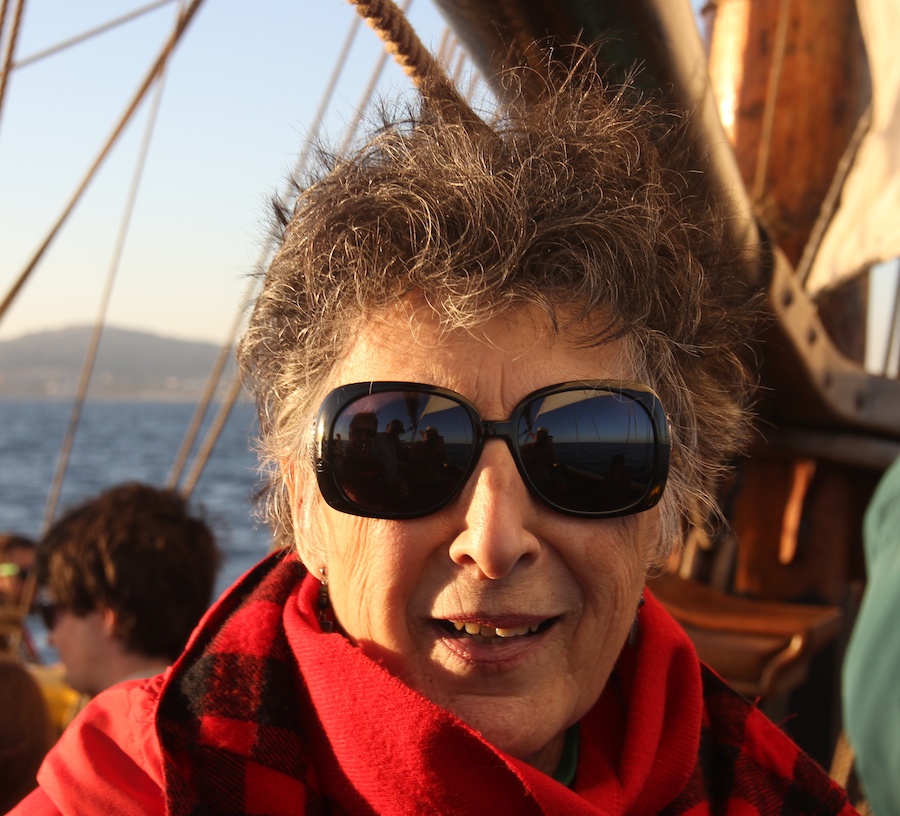
"Do you like my new hair cut?"
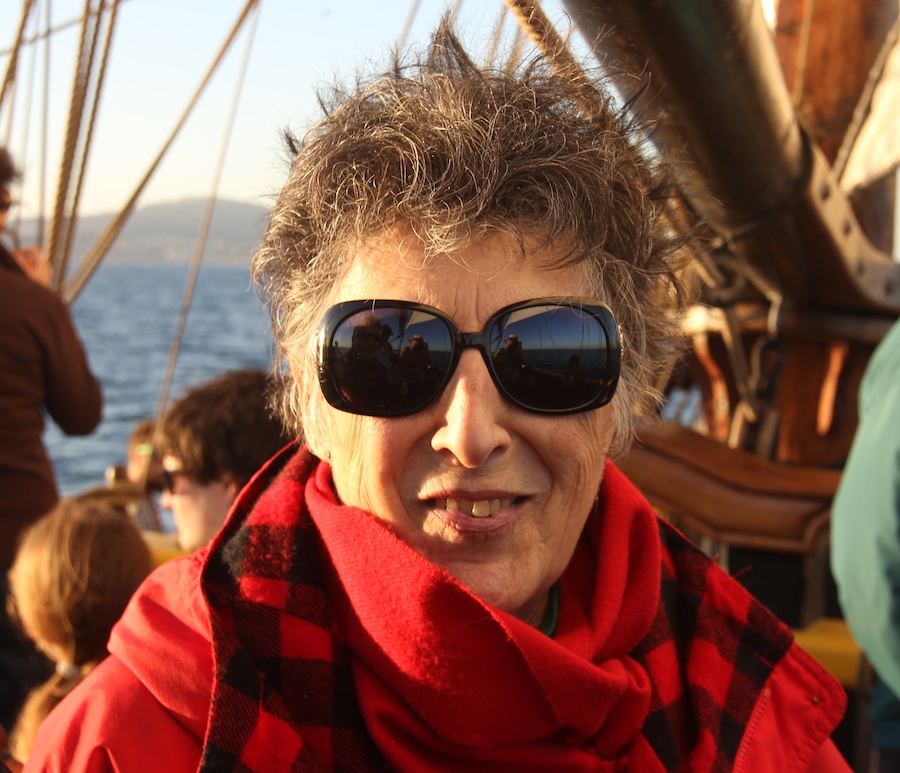
"Remember... I am watching you!"
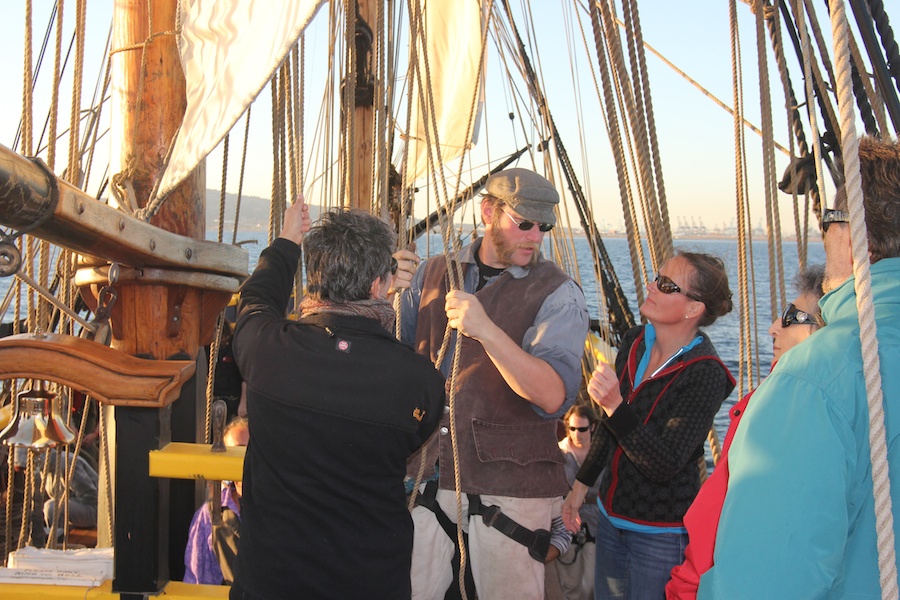
"You want to work???"
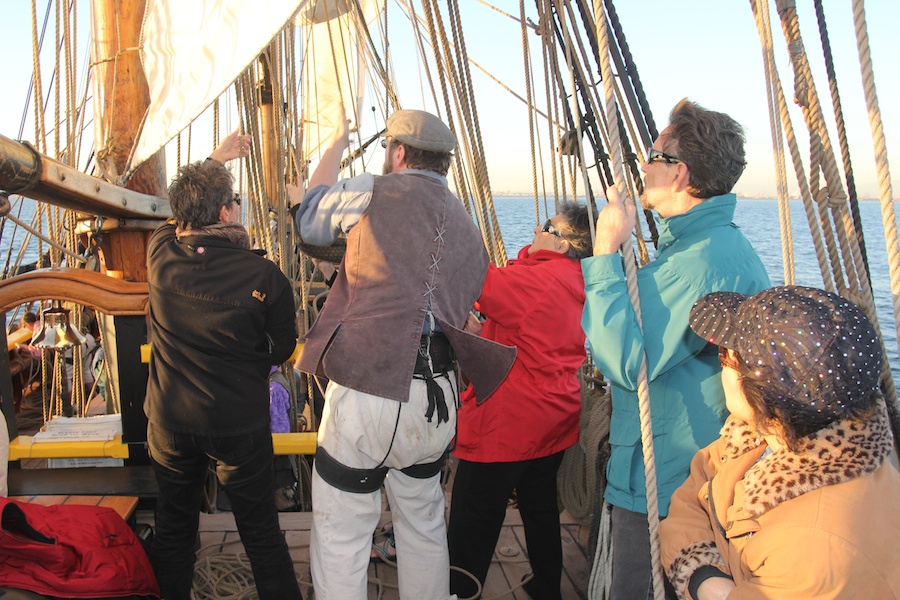
"All you have to do is pull!"
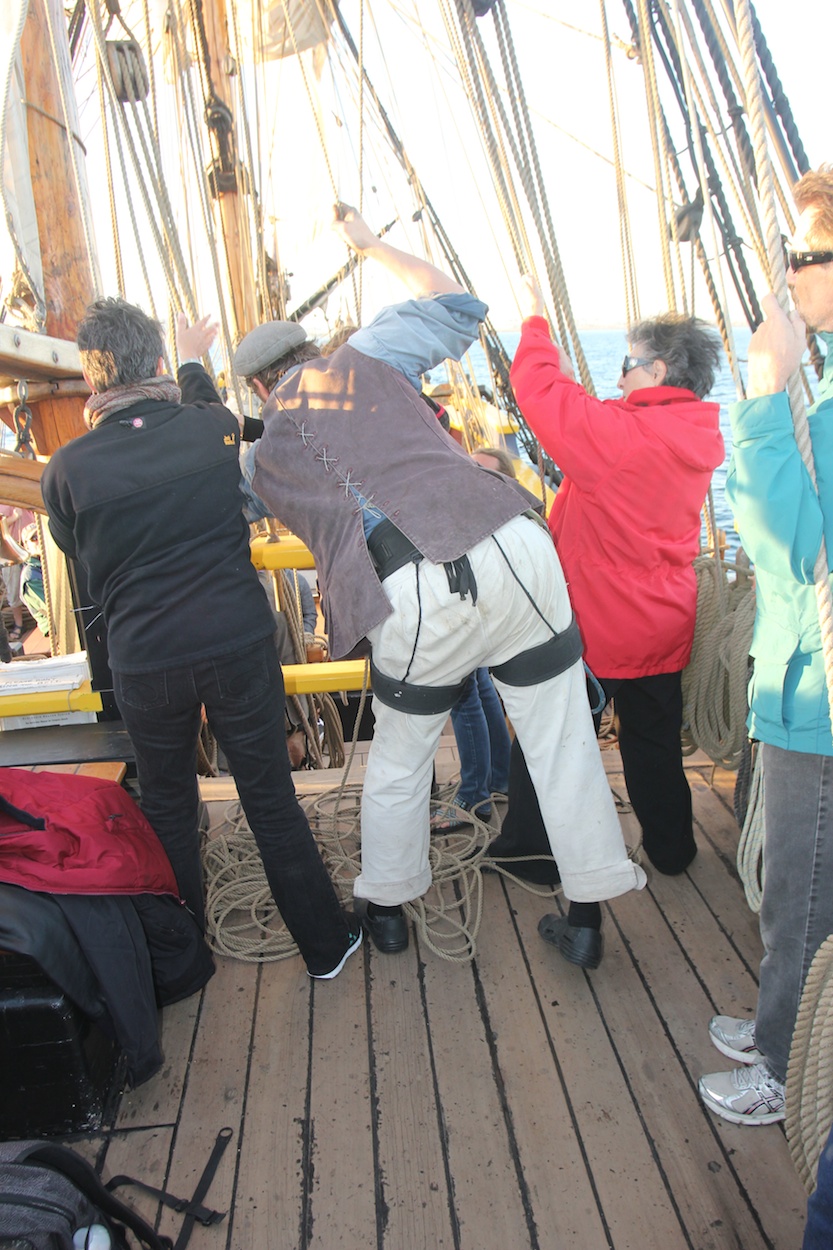
Pull... Yank... Pull... Yank...
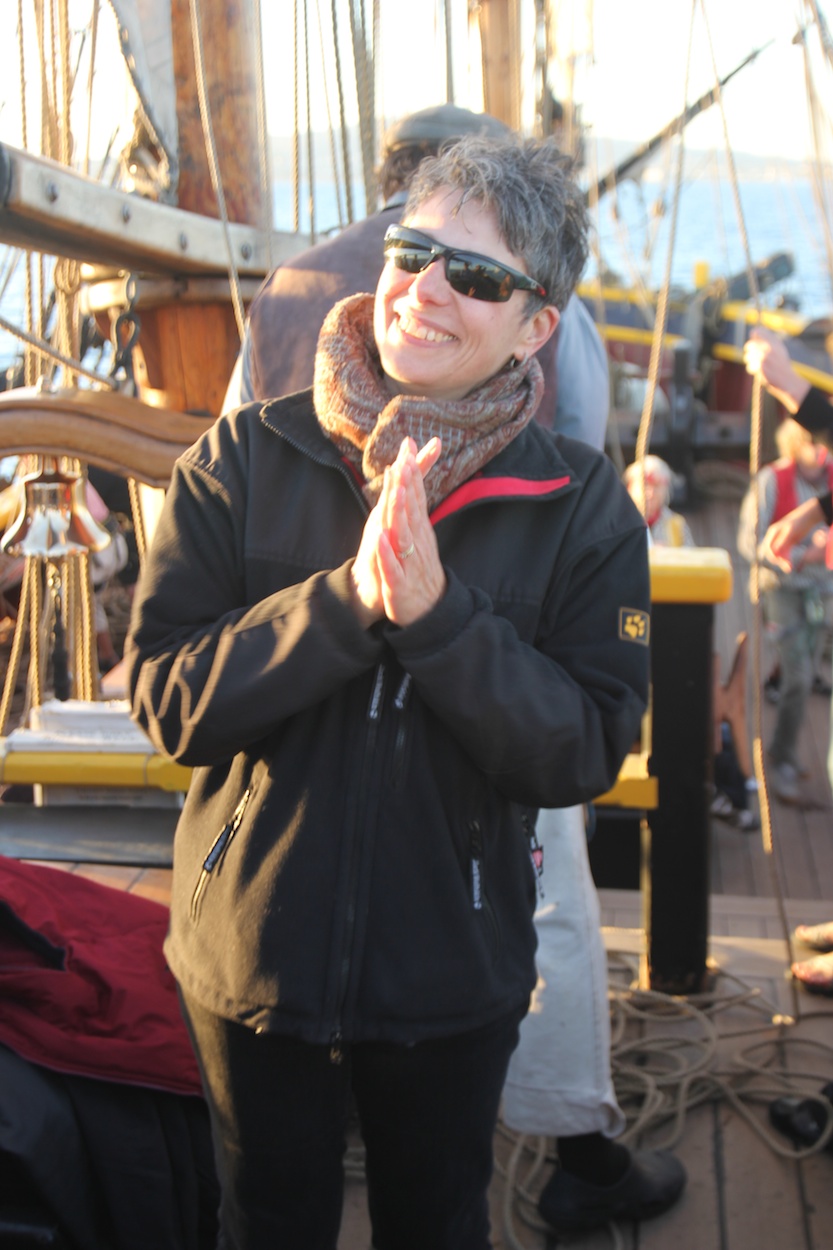
Well done!
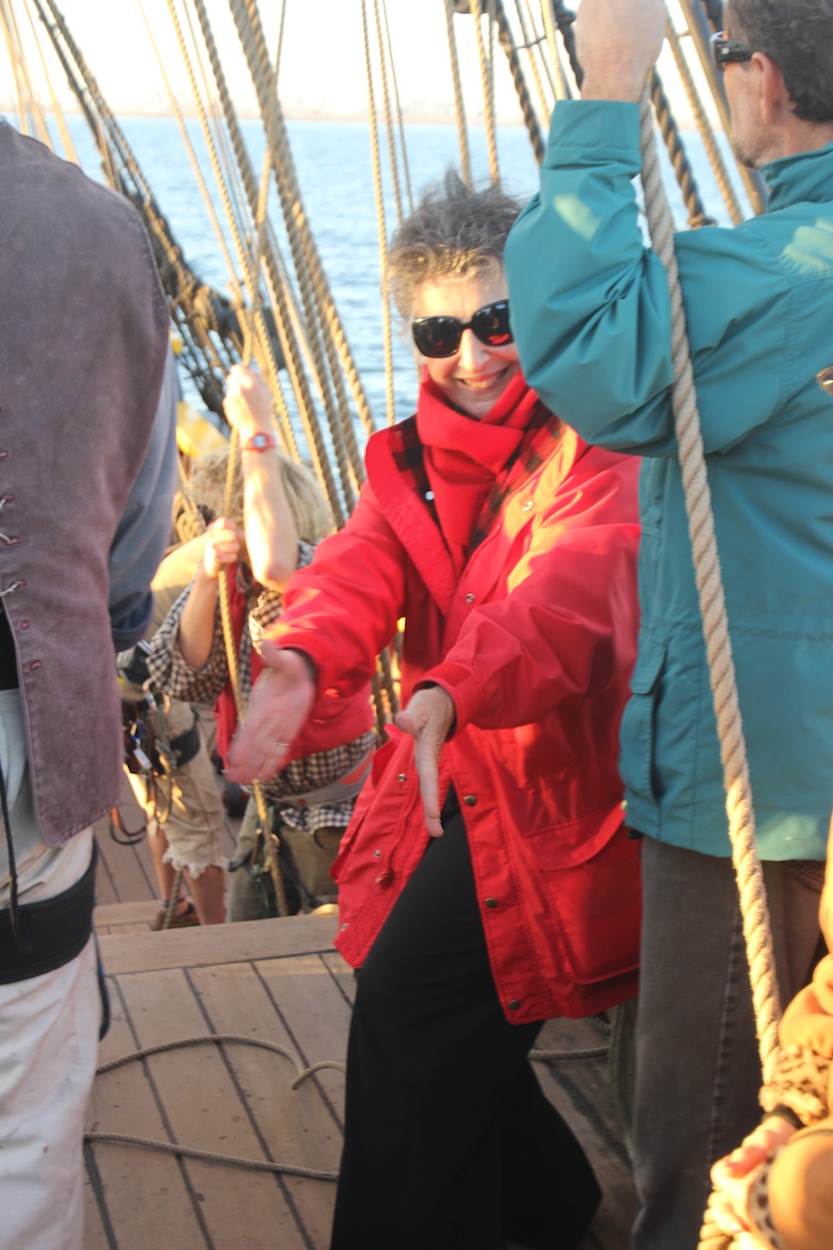
Clap clap clap
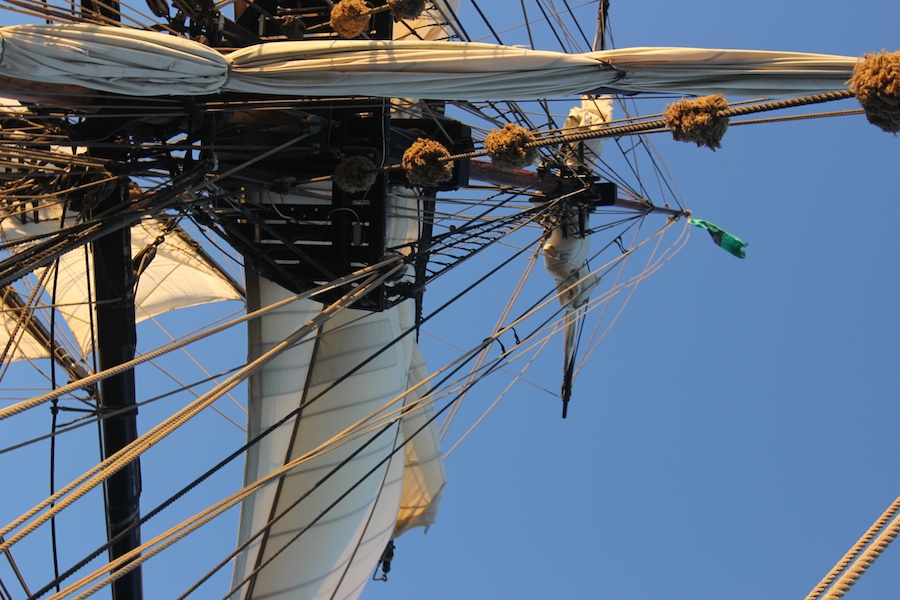
See the green flag... It is the captains wind indicator
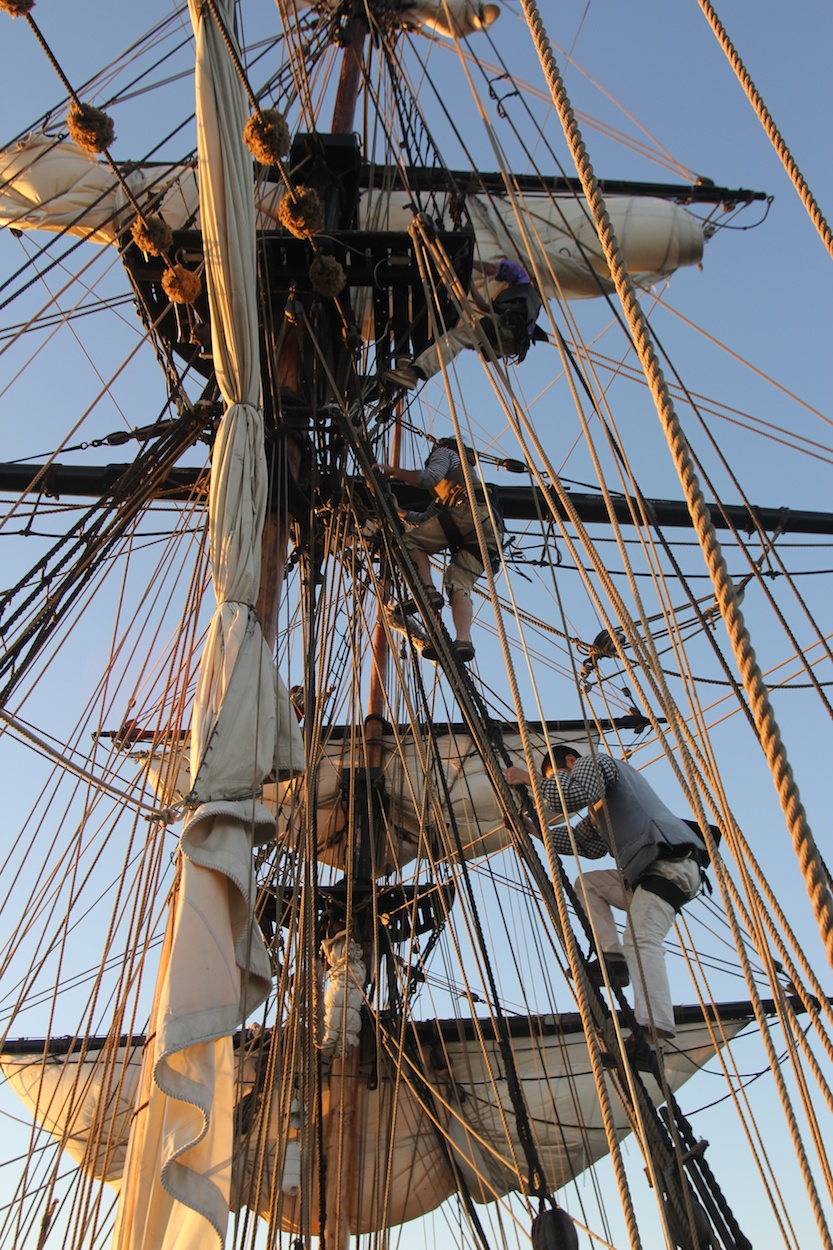
Taking in the sails
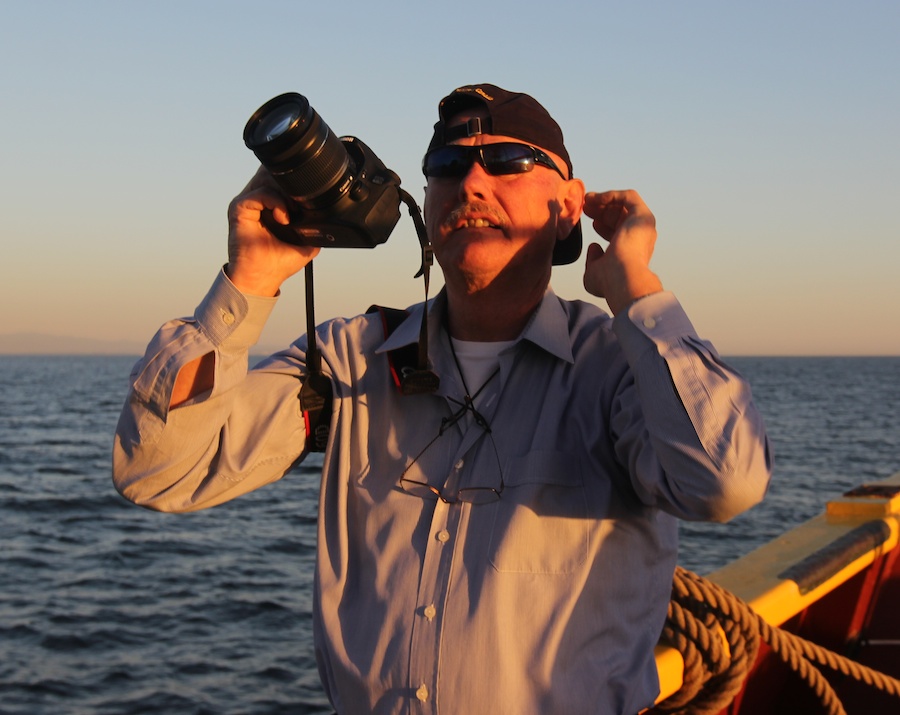
Hans is flashing again
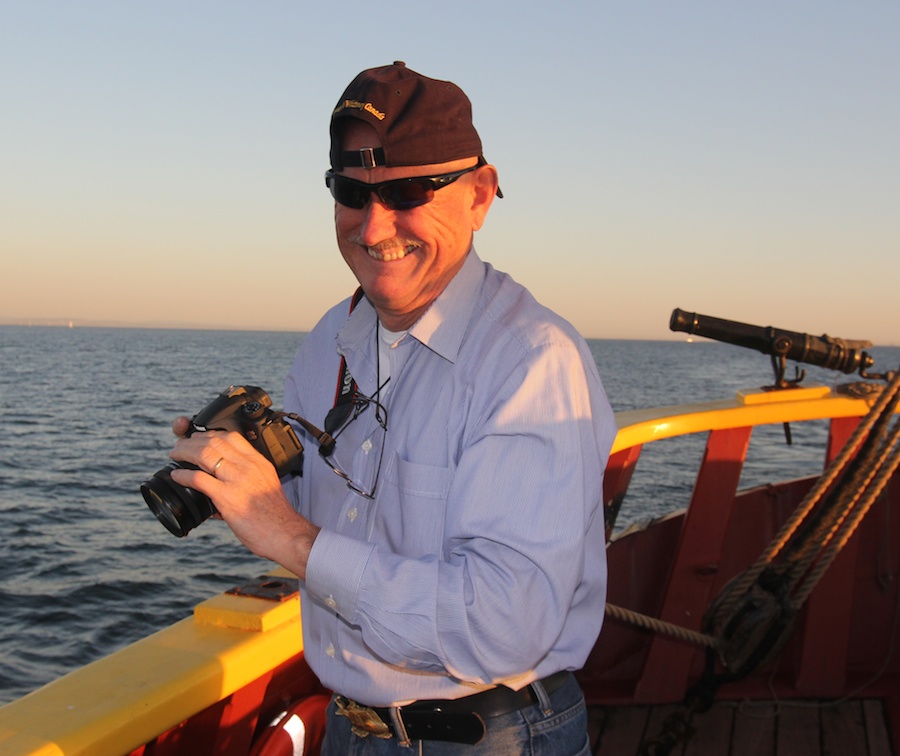
The camera was busy
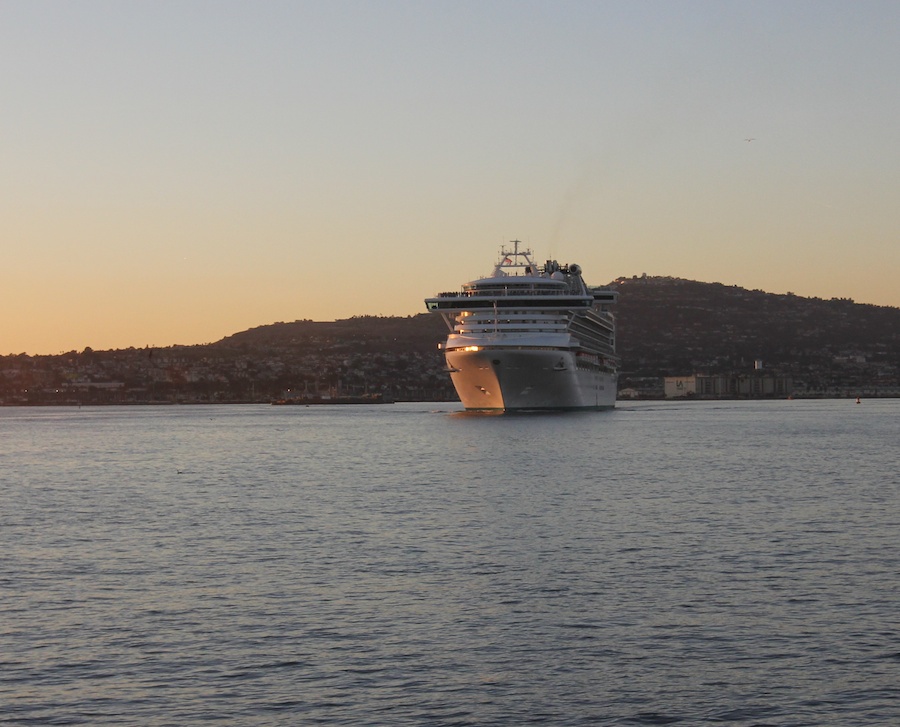
Oh oh... Here comes a big one... Shall we fire on it???
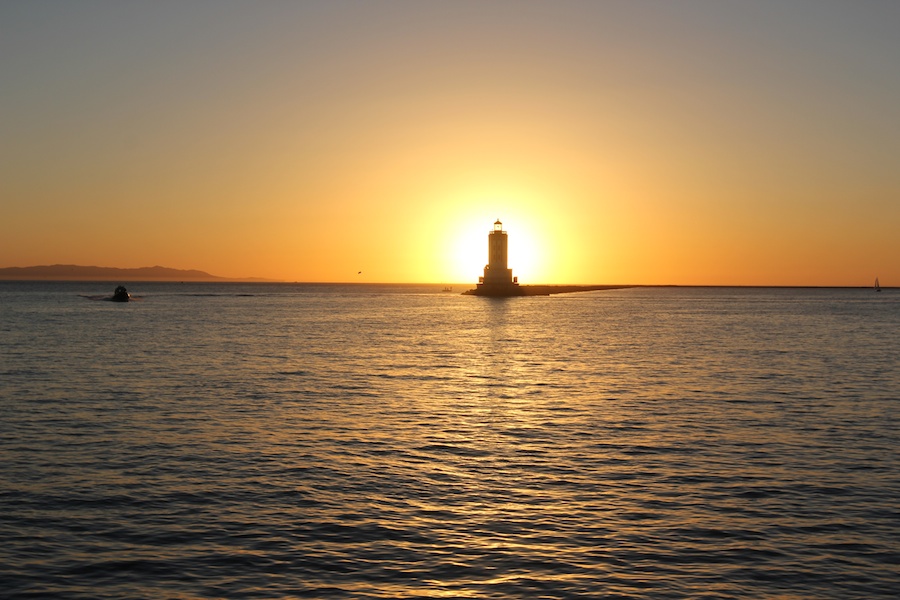
Angels Gate with assistance from the sun!
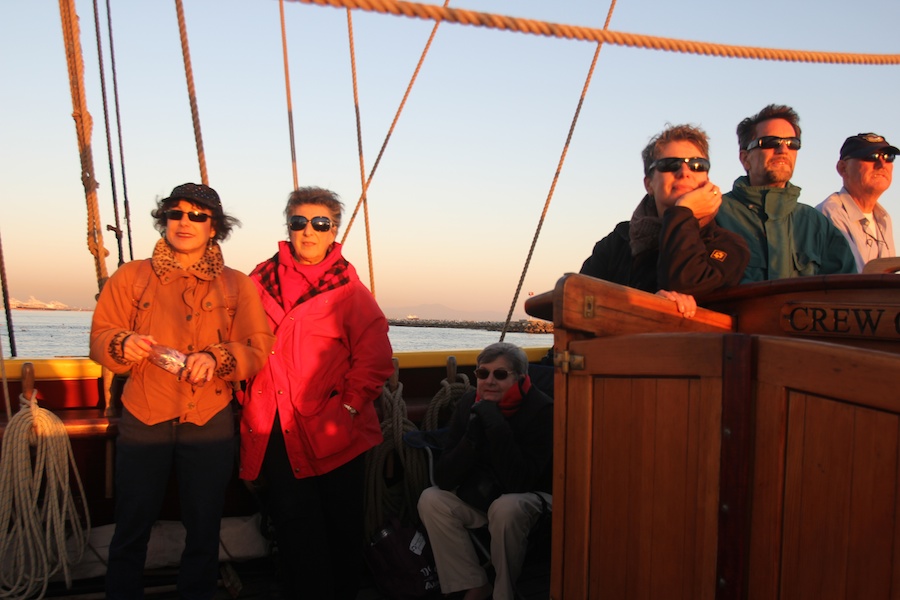
We are coming home
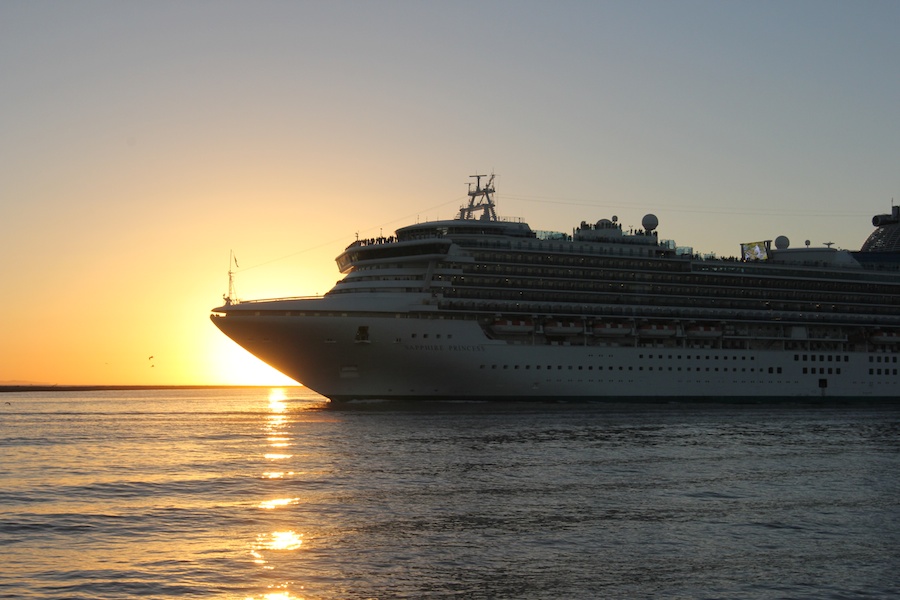
The Princess blocks the sun just for us....
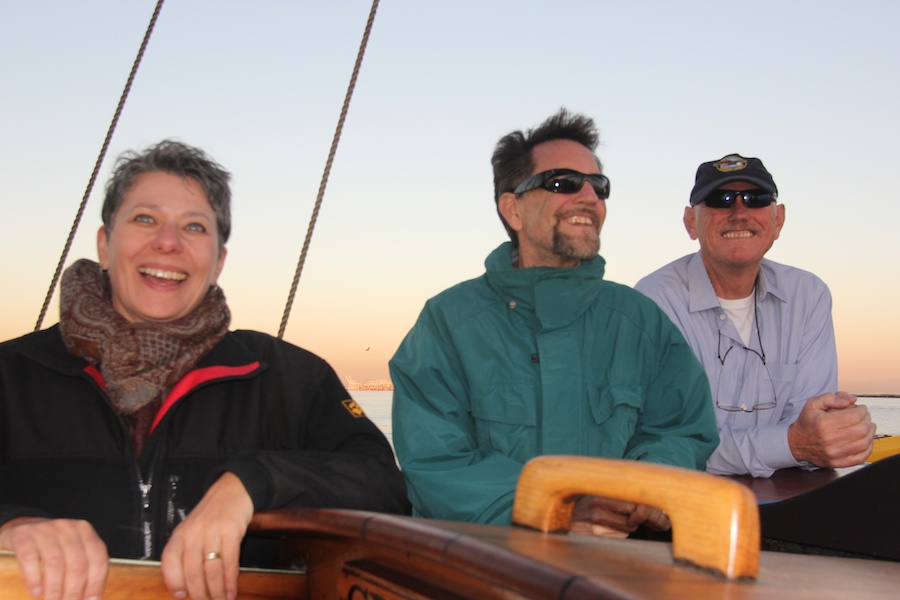
All smiles....
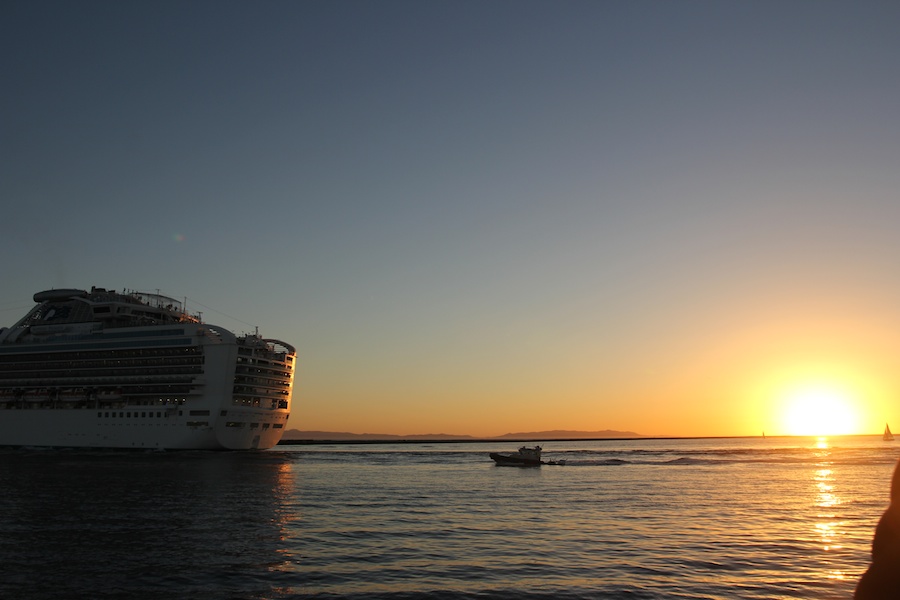
No green flash tonight
Did You Know? - Green flashes and green rays are optical phenomena that occur shortly after sunset or before sunrise, when a green spot is visible, usually for no more than a second or two, above the sun, or it may resemble a green ray shooting up from the sunset point. Green flashes are a group of phenomena stemming from different causes, and some are more common than others.

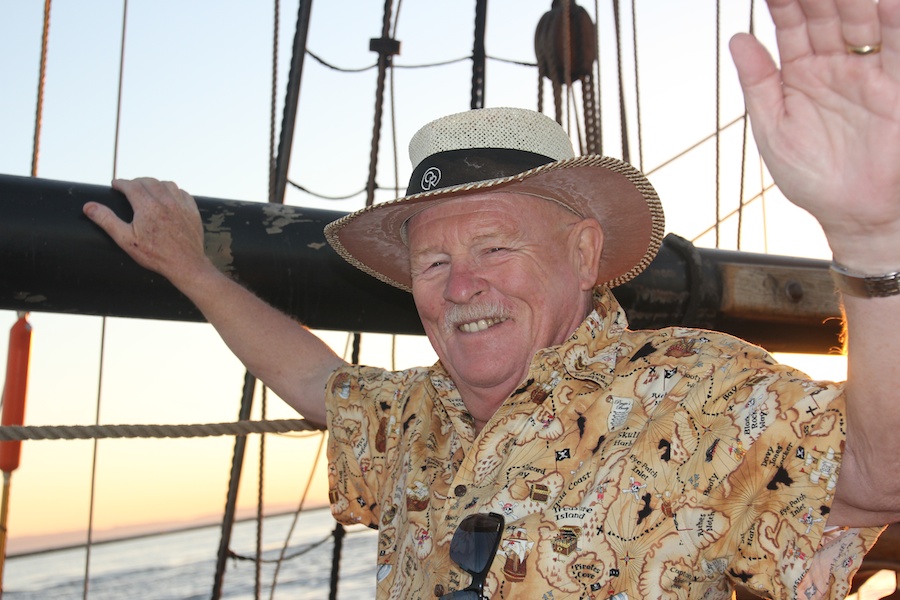
I give up!
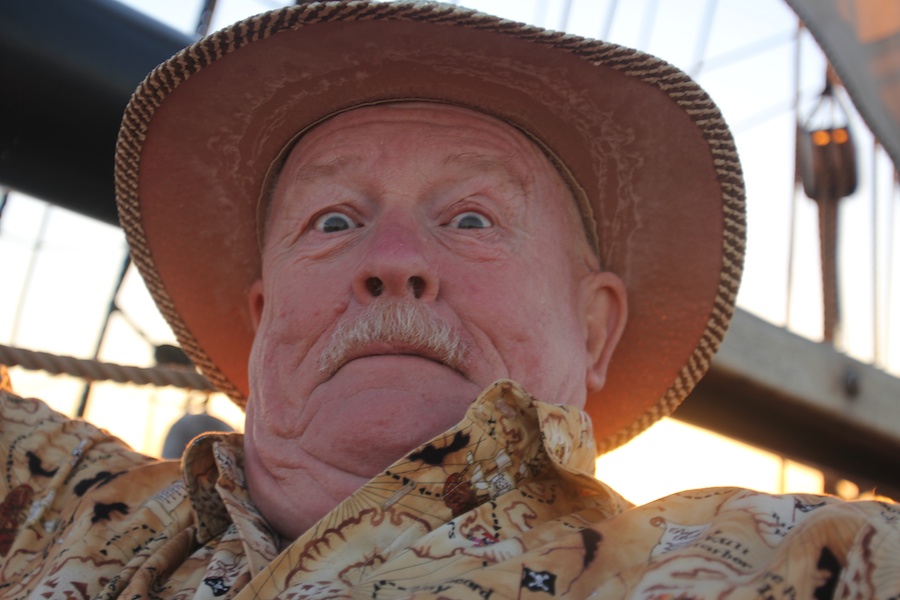
"The Green Flash?"
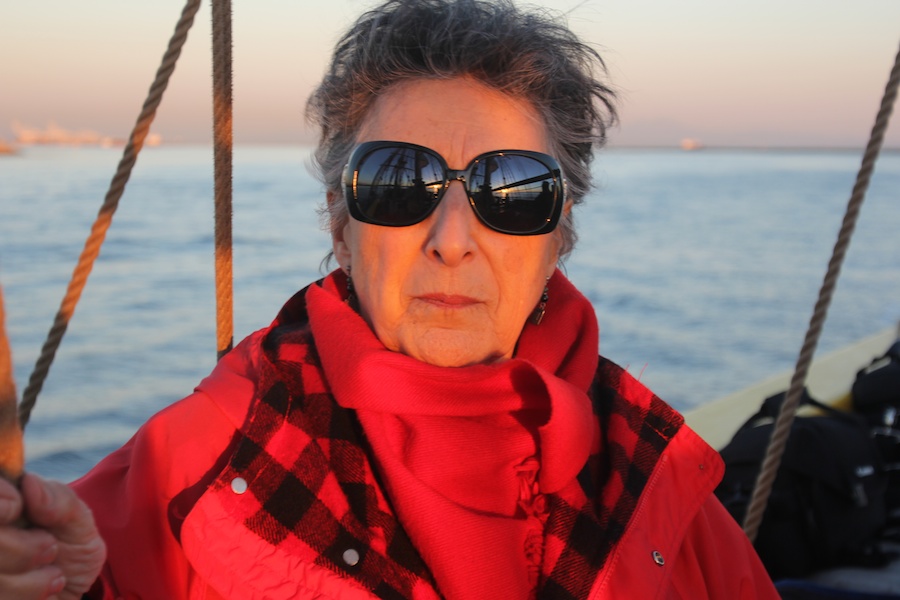
All wrapped up as the temperature was dropping dramatically
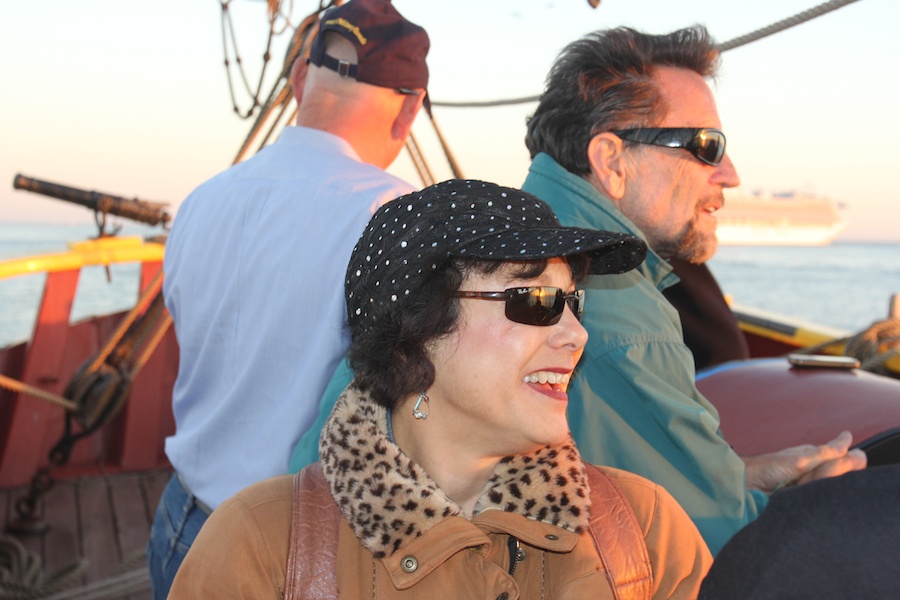
"This was fun!"
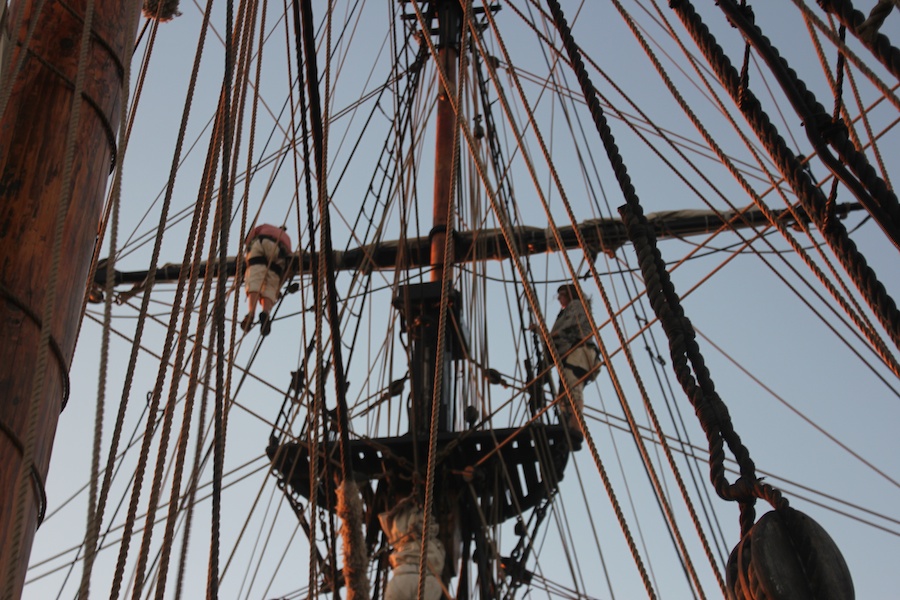
The sails have to be put asleep in their little beds
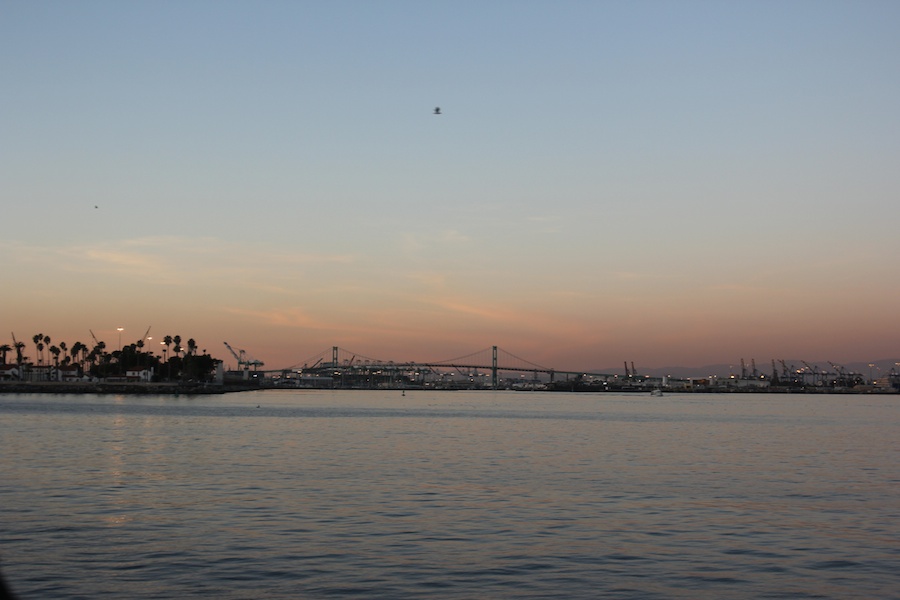
Comming into port
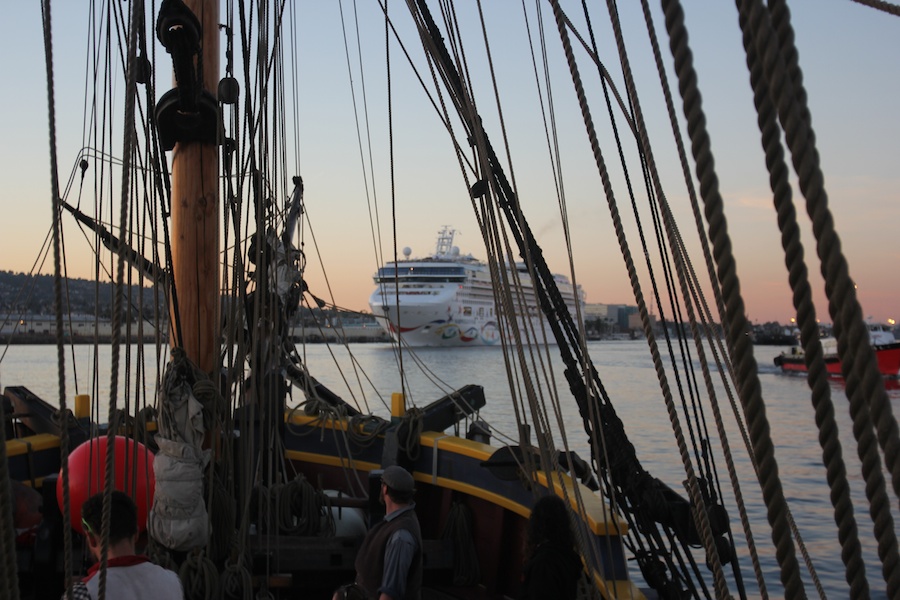
Oh oh... Another cruise liner going out to celebrate the New Year
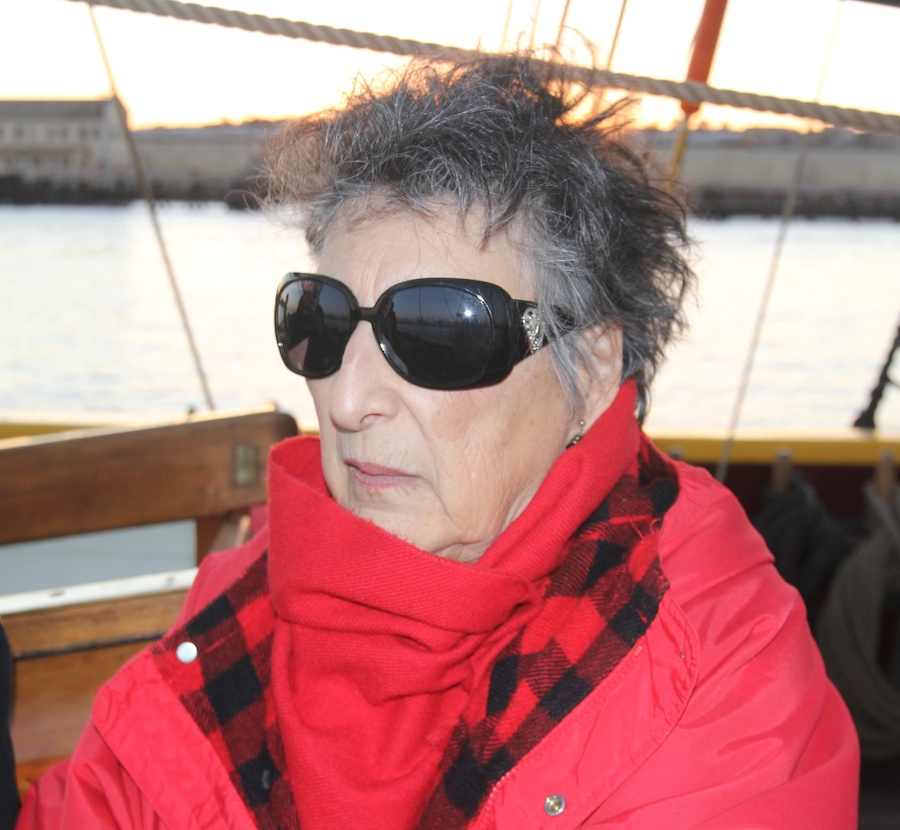
The Captain says "All A-OK"
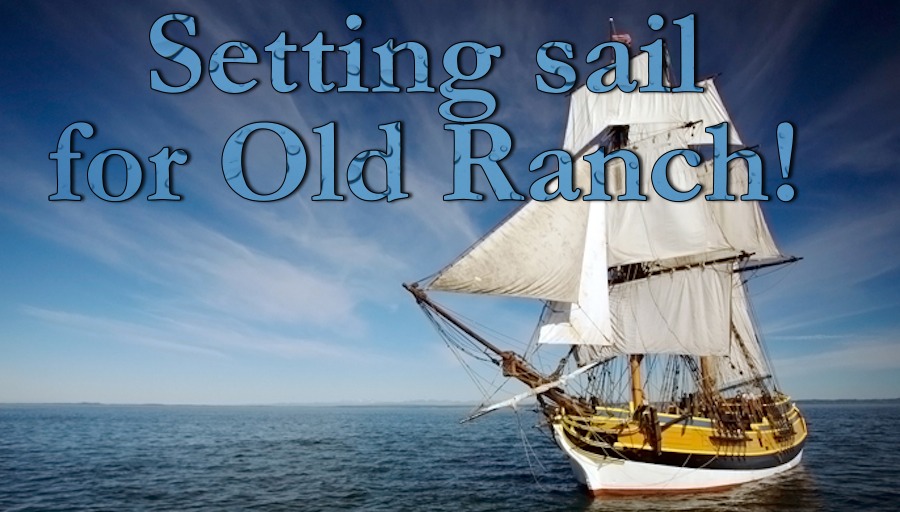
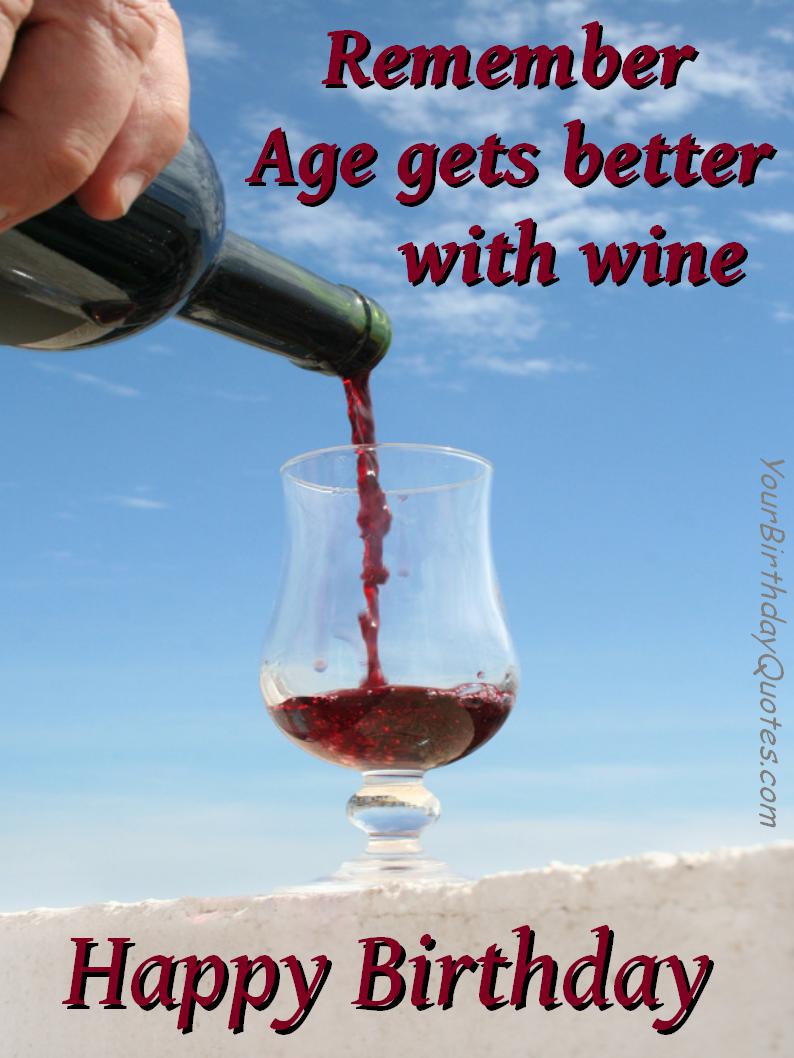
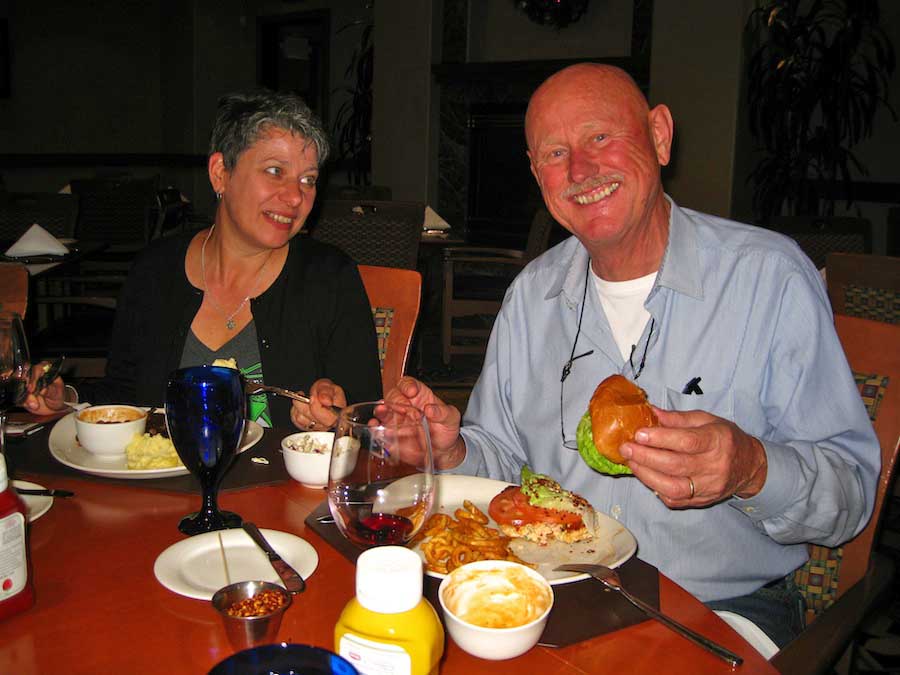
"I didn't know they had a galley on board!"
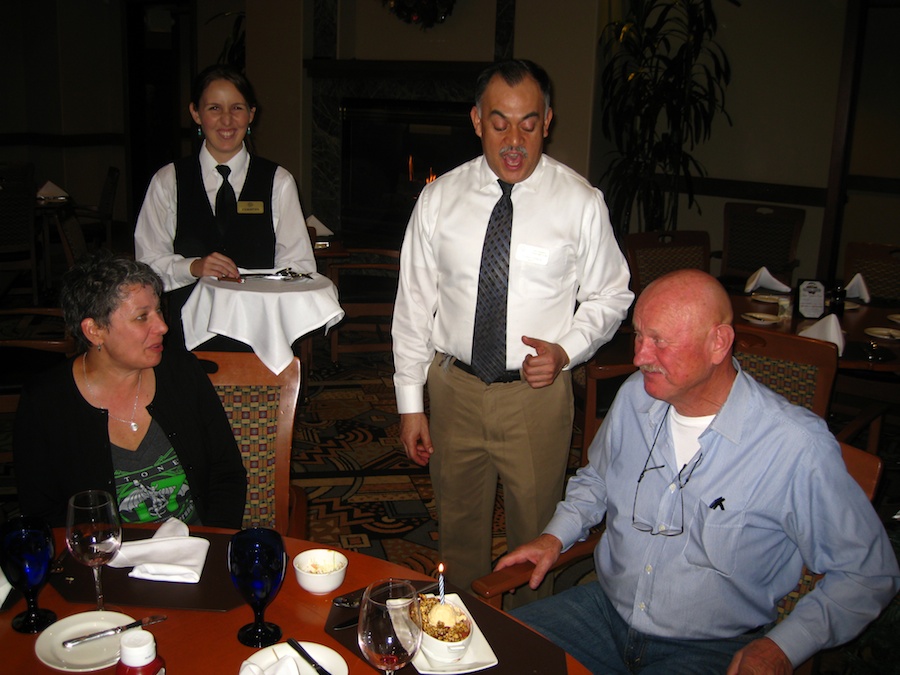
Surprise! We sang Happy Birthday!
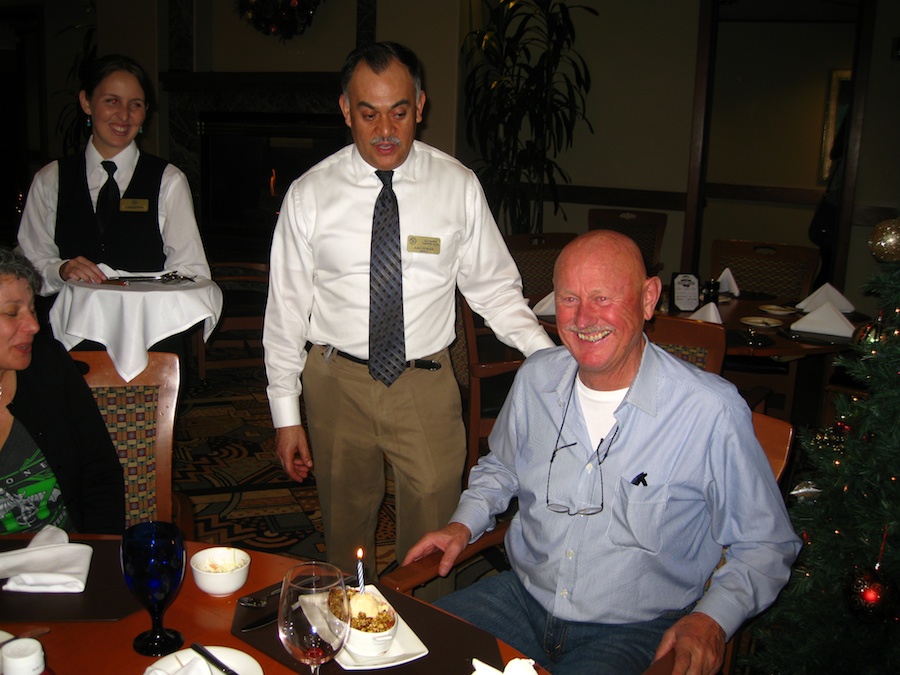
Not only did Hans blow out the candle, he devoured the "cake"

Warming up before setting sail for home

Sound: The Theme From Victory At Sea
Victory at Sea is a documentary television series about warfare in general during World War II, and naval warfare in particular, as well as the use of industry in warfare. It was originally broadcast by NBC in the USA in 1952–1953. It was condensed into a film in 1954.
Excerpts from the music soundtrack, by Richard Rodgers and Robert Russell Bennett, were re-recorded and sold as record albums. The original TV broadcasts comprised 26 half-hour segments—Sunday afternoons at 3pm (EST) in most markets—starting October 26, 1952 and ending May 3, 1953. The series, which won an Emmy award in 1954 as "best public affairs program", played an important part in establishing historic "compilation" documentaries as a viable television genre.

